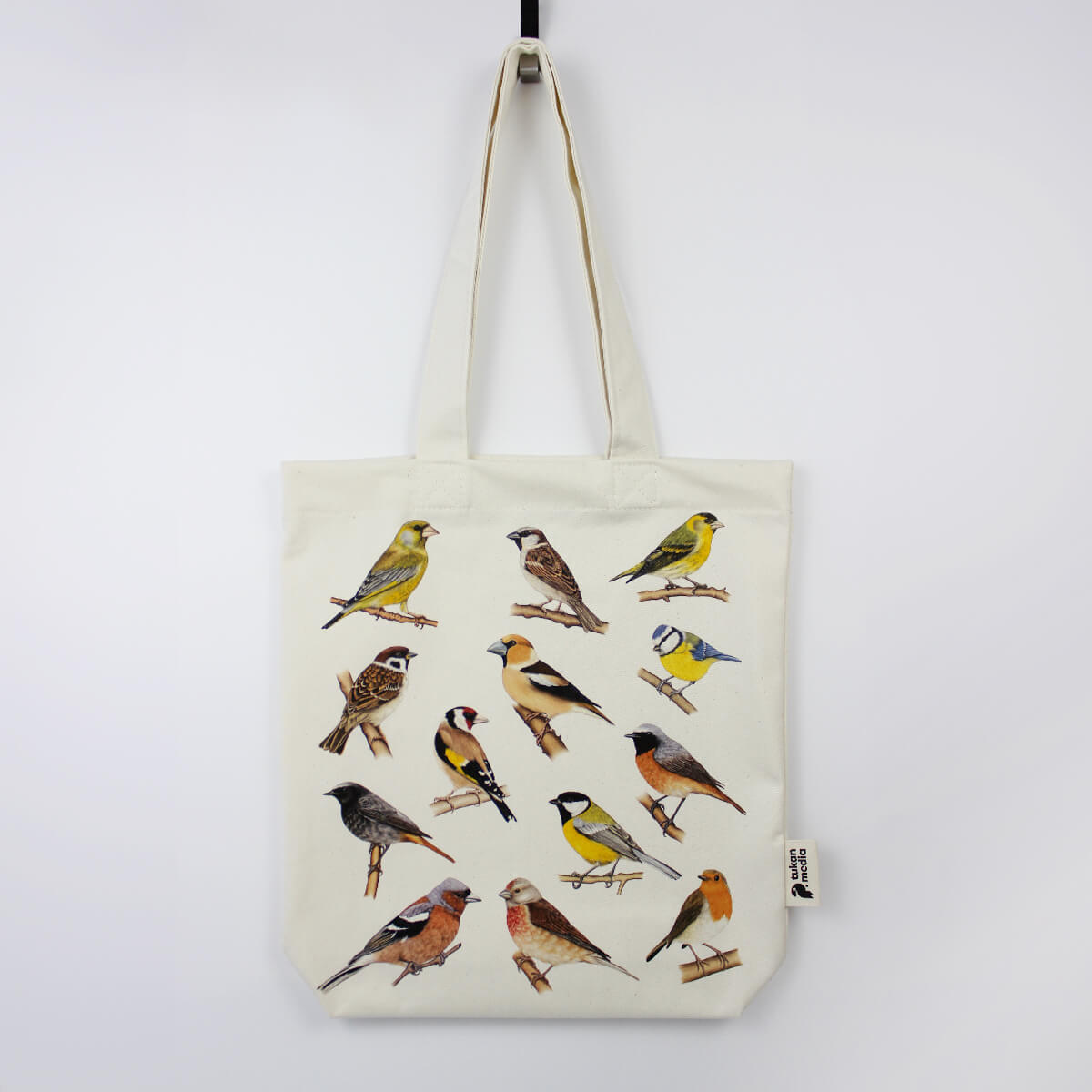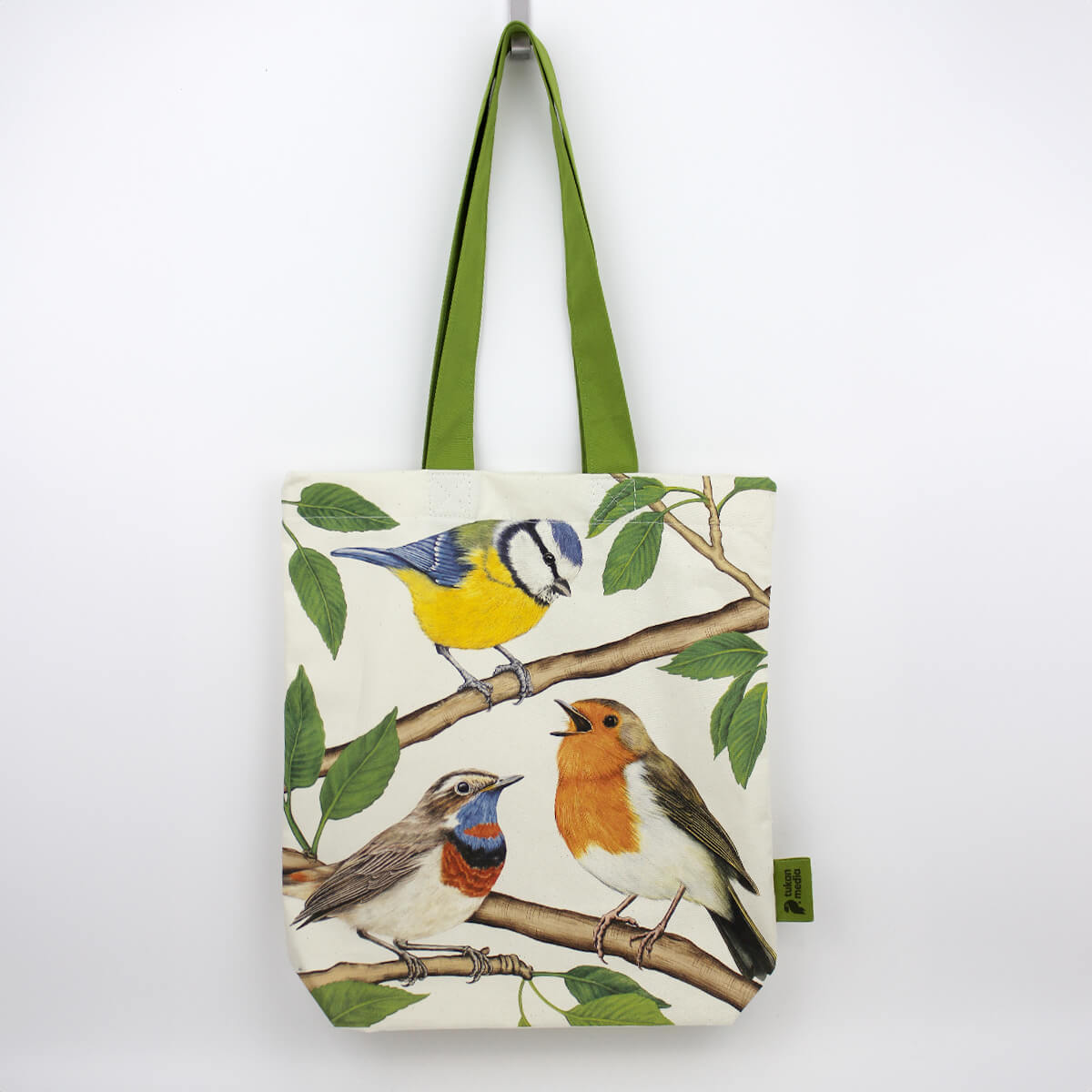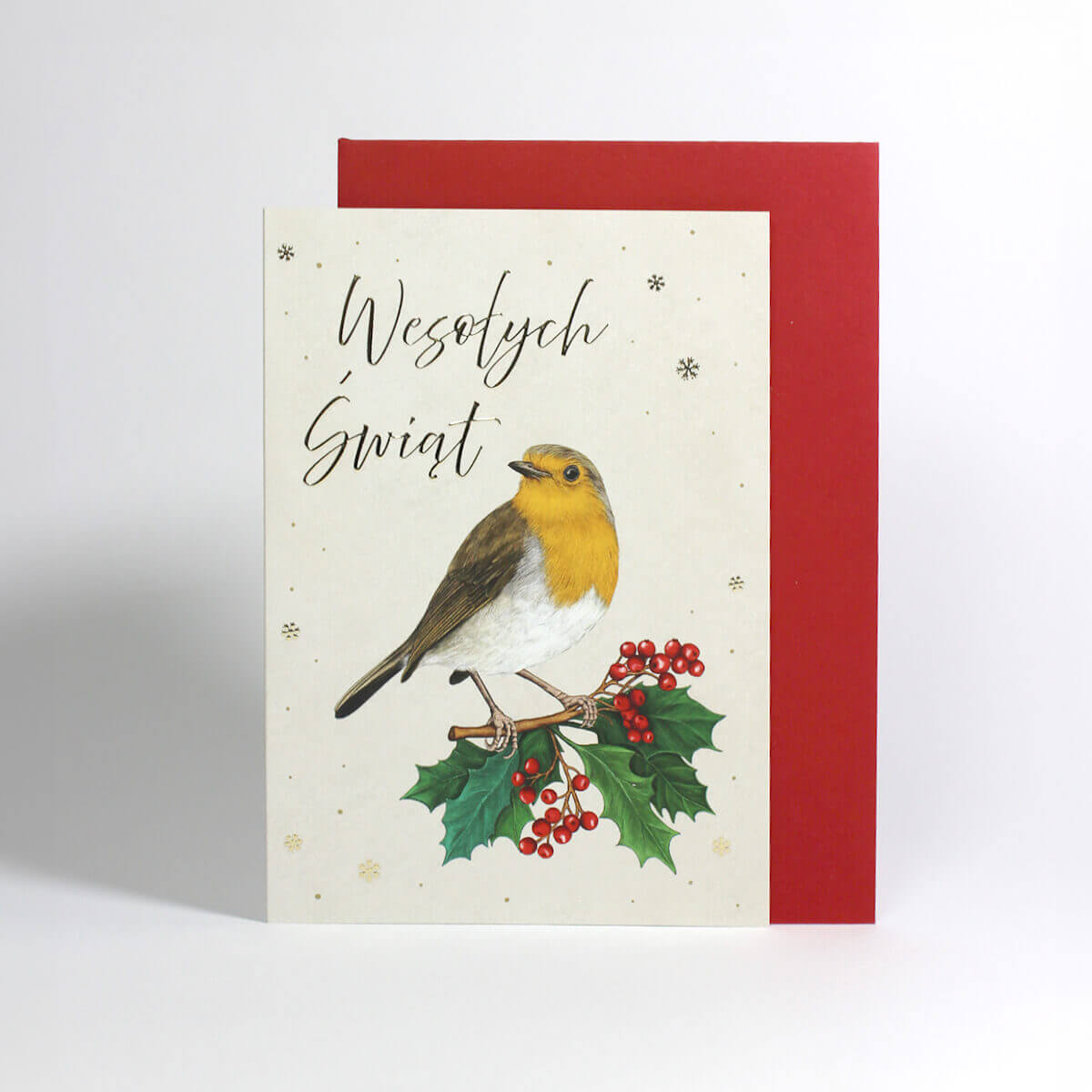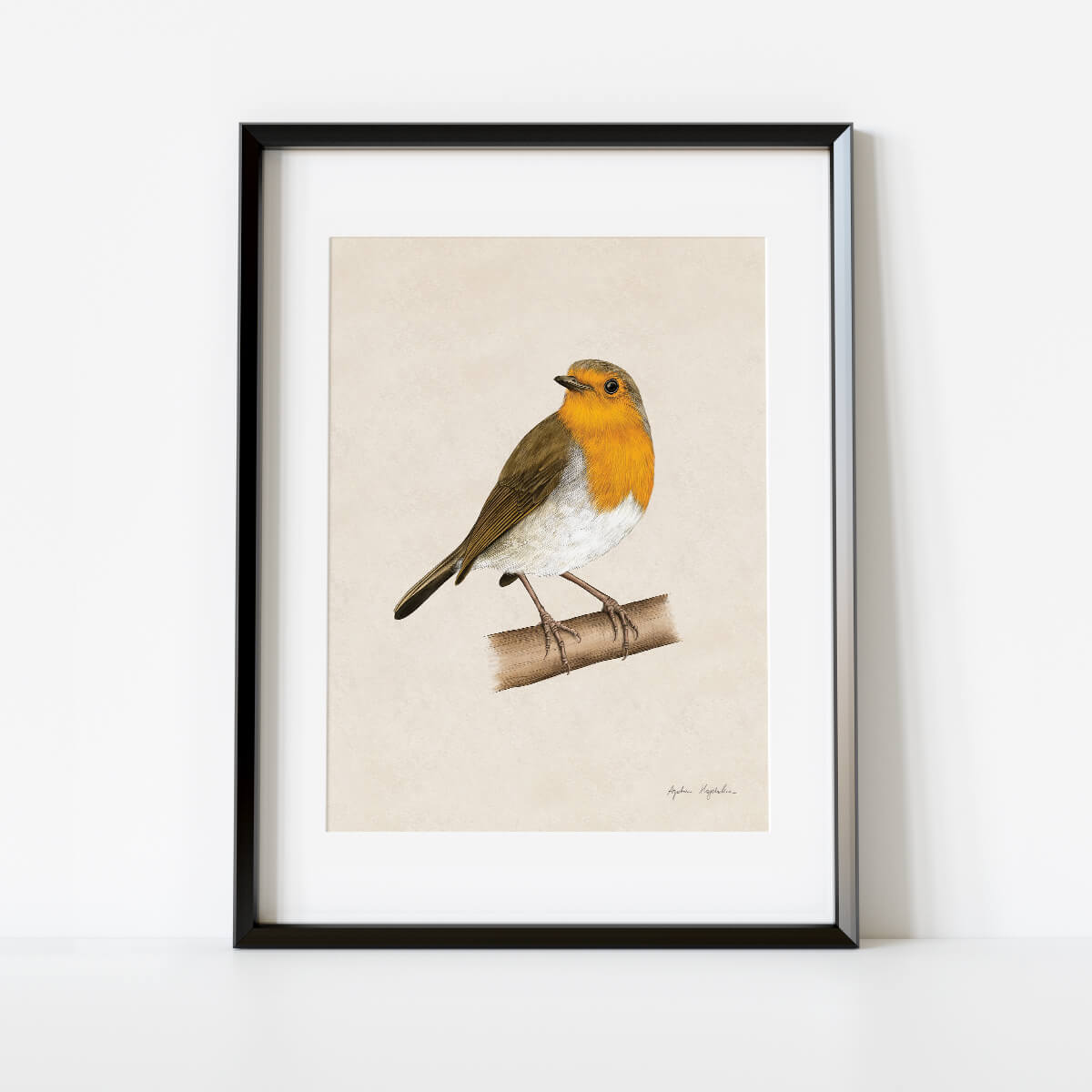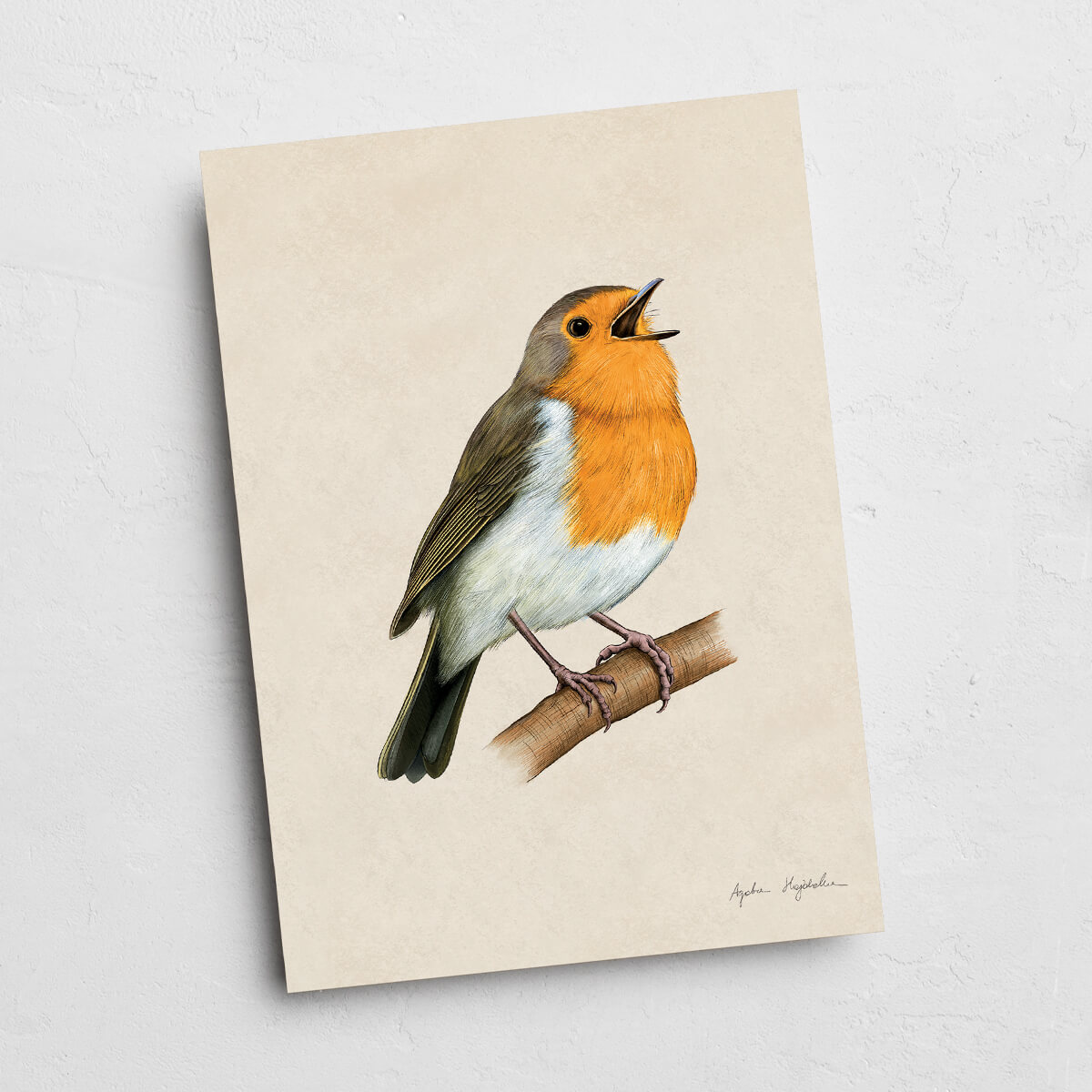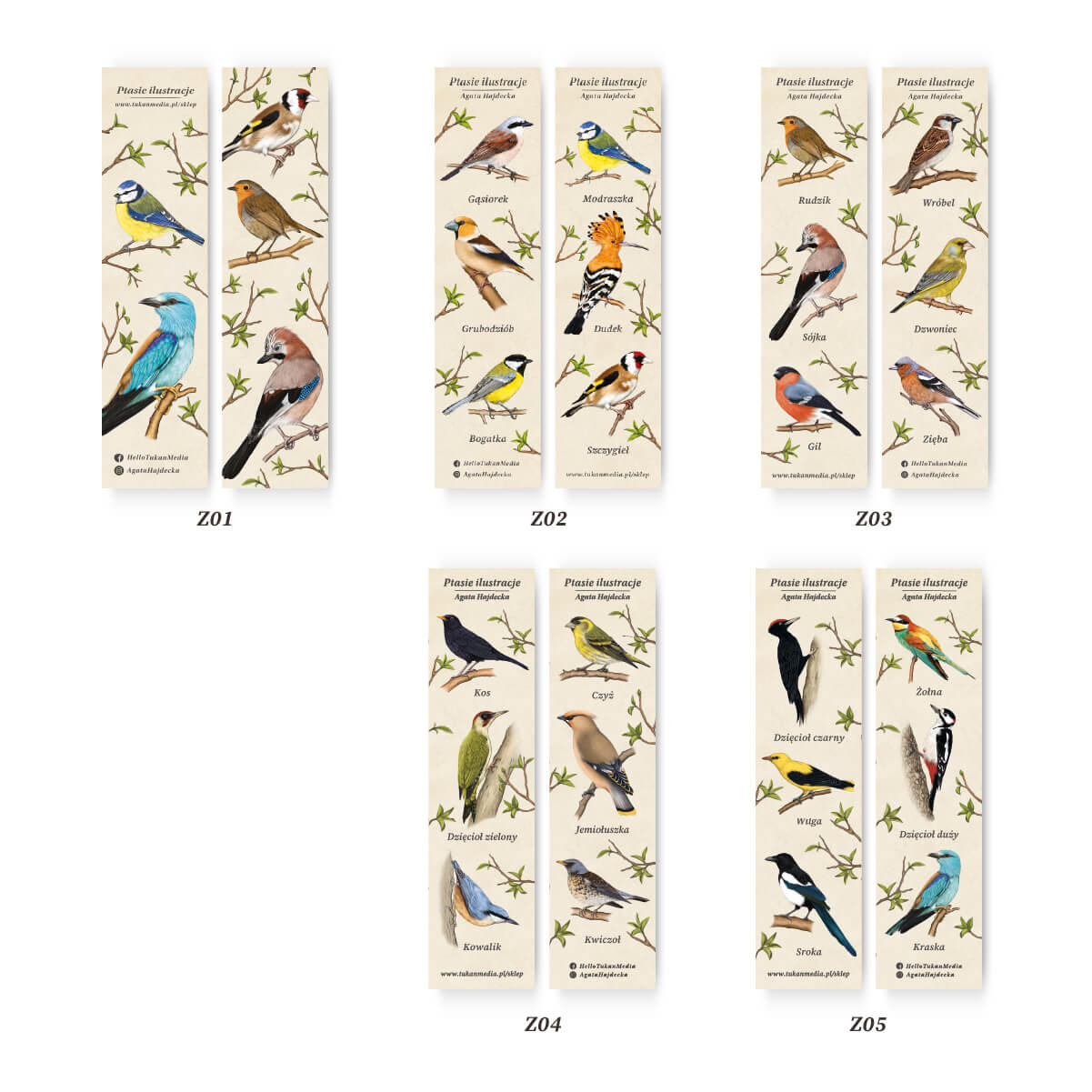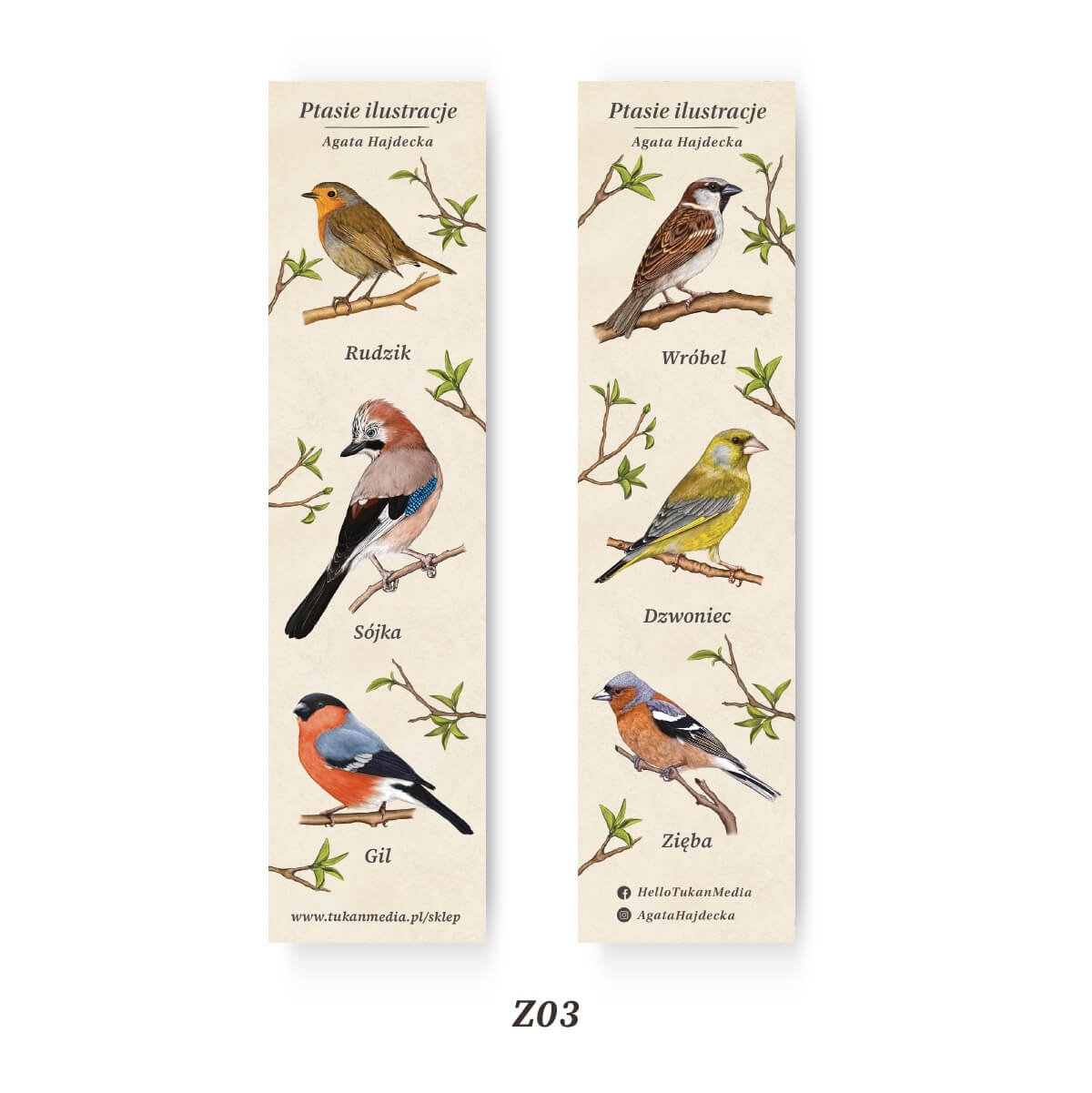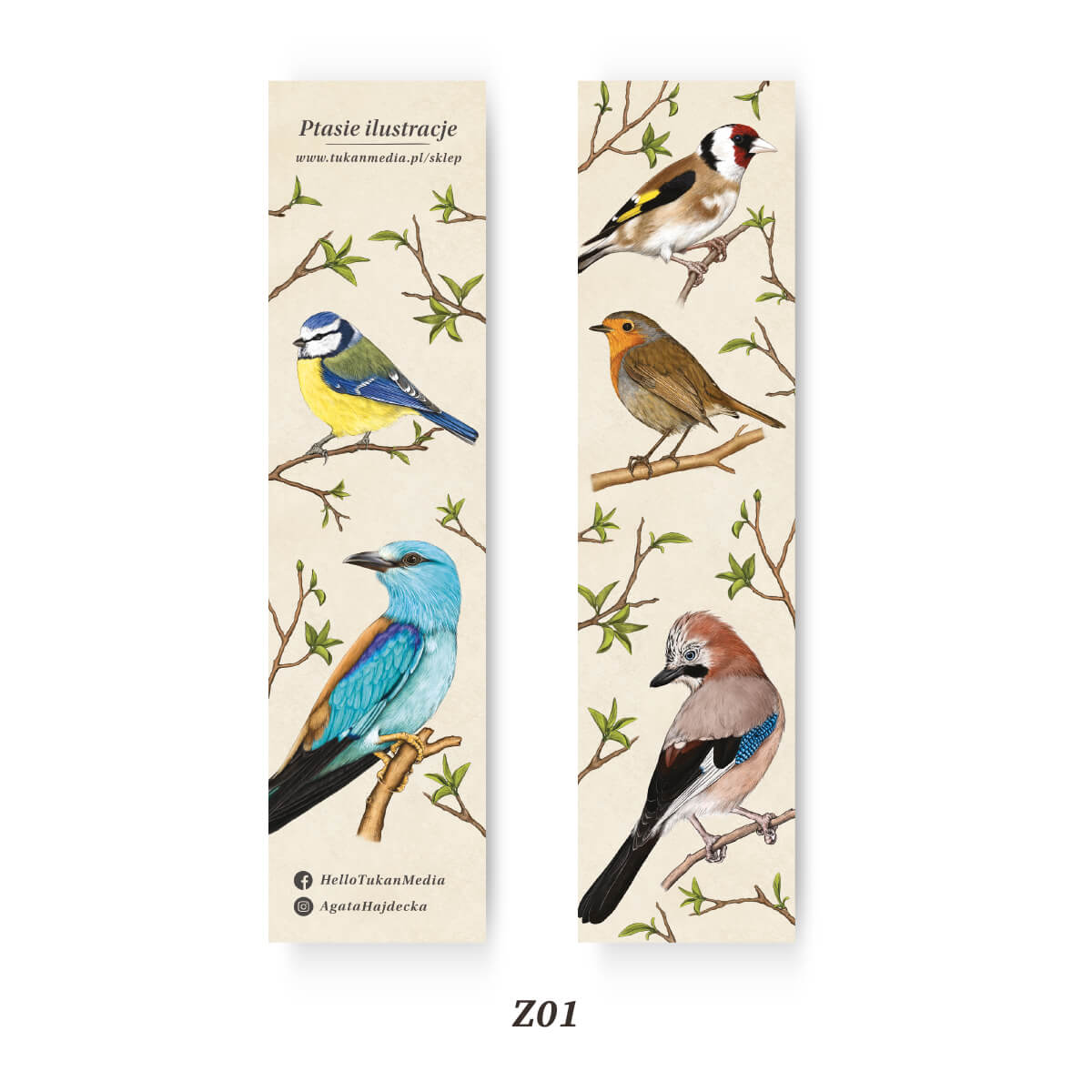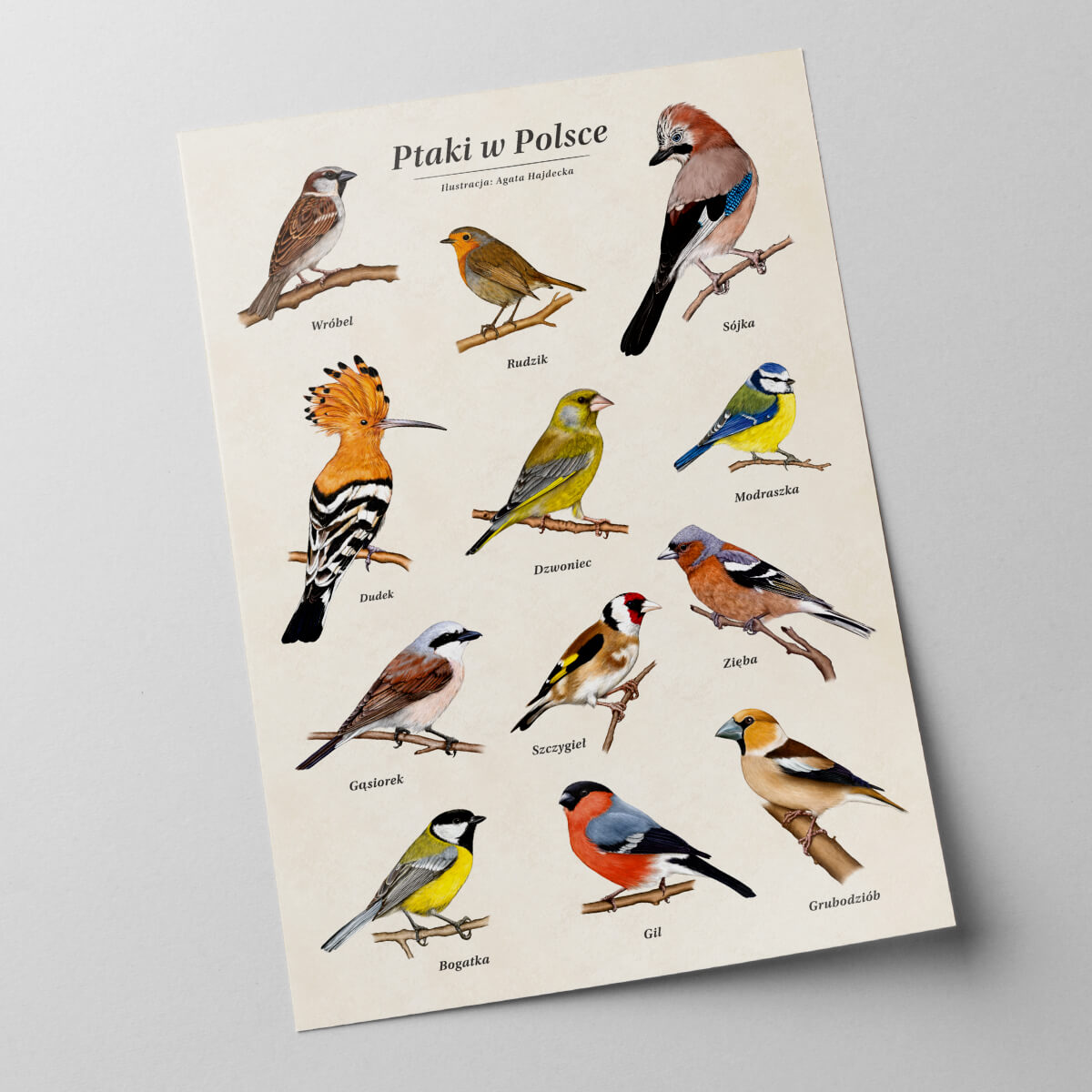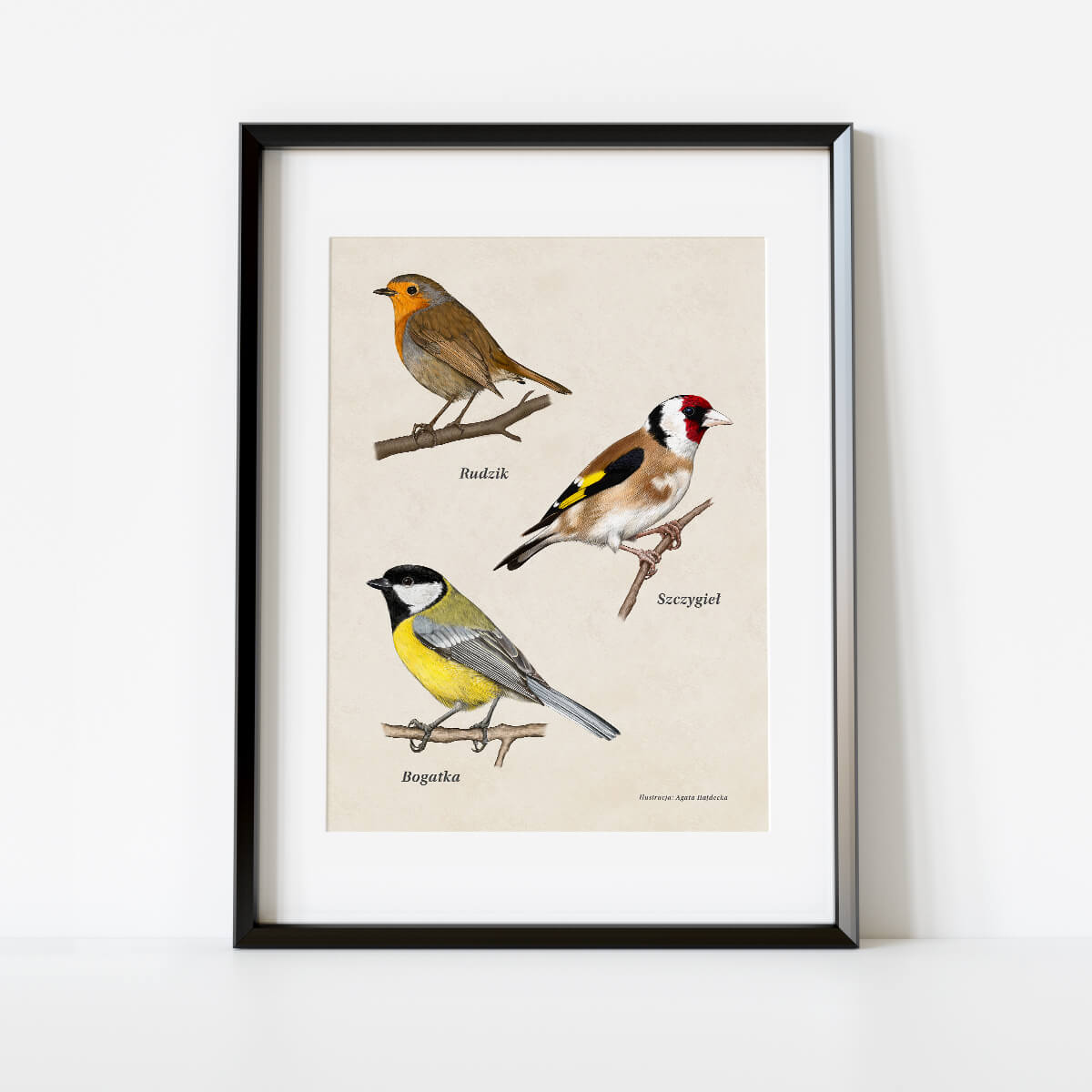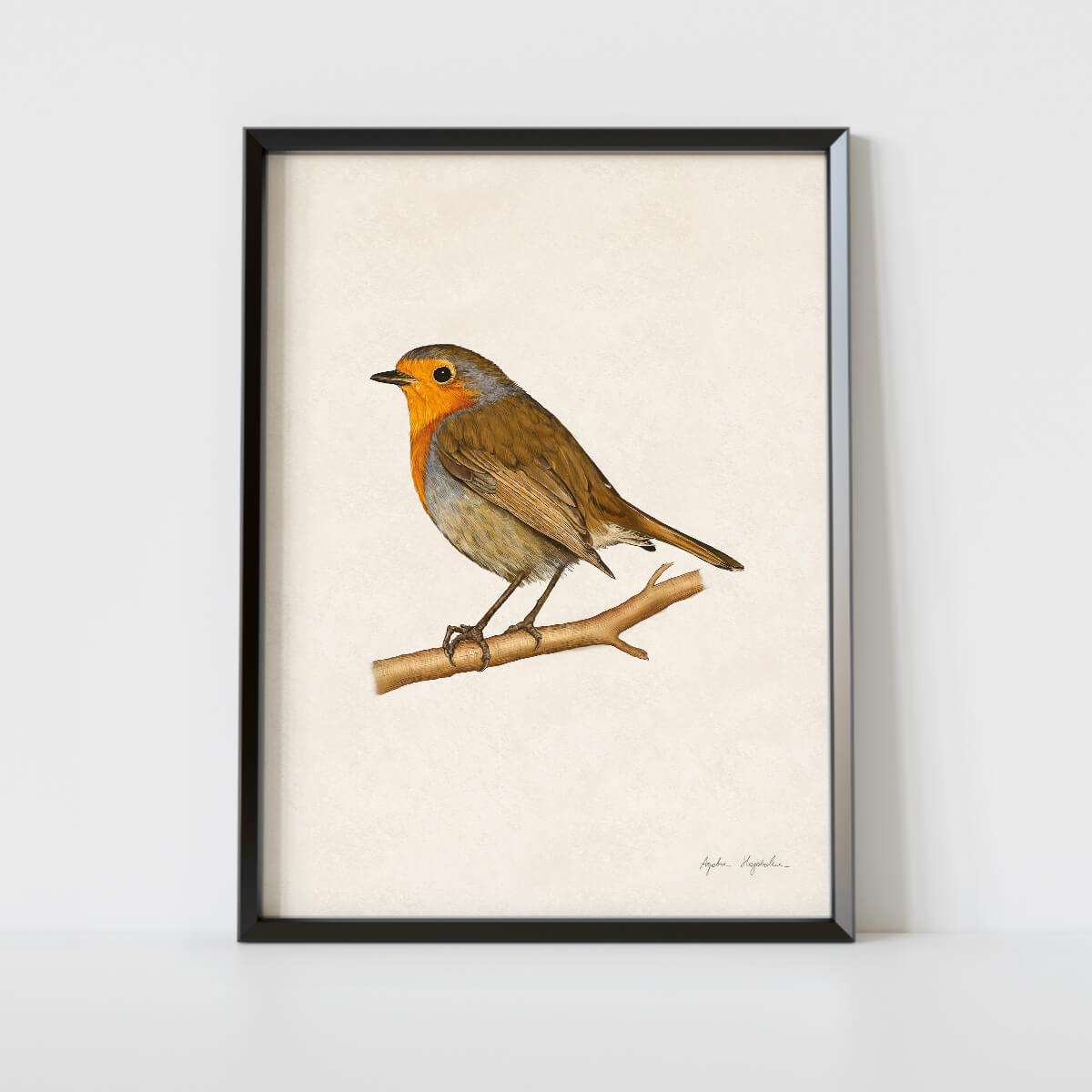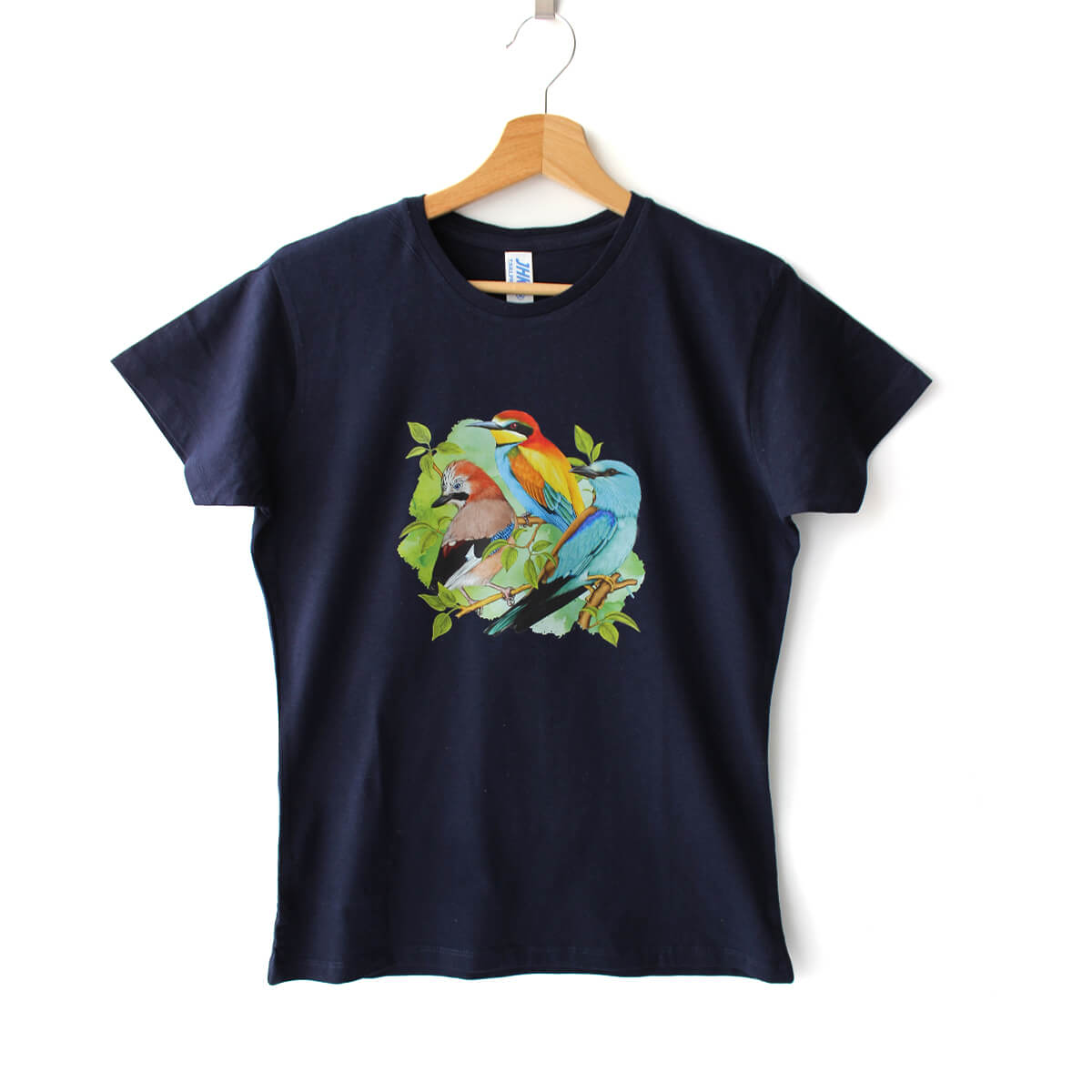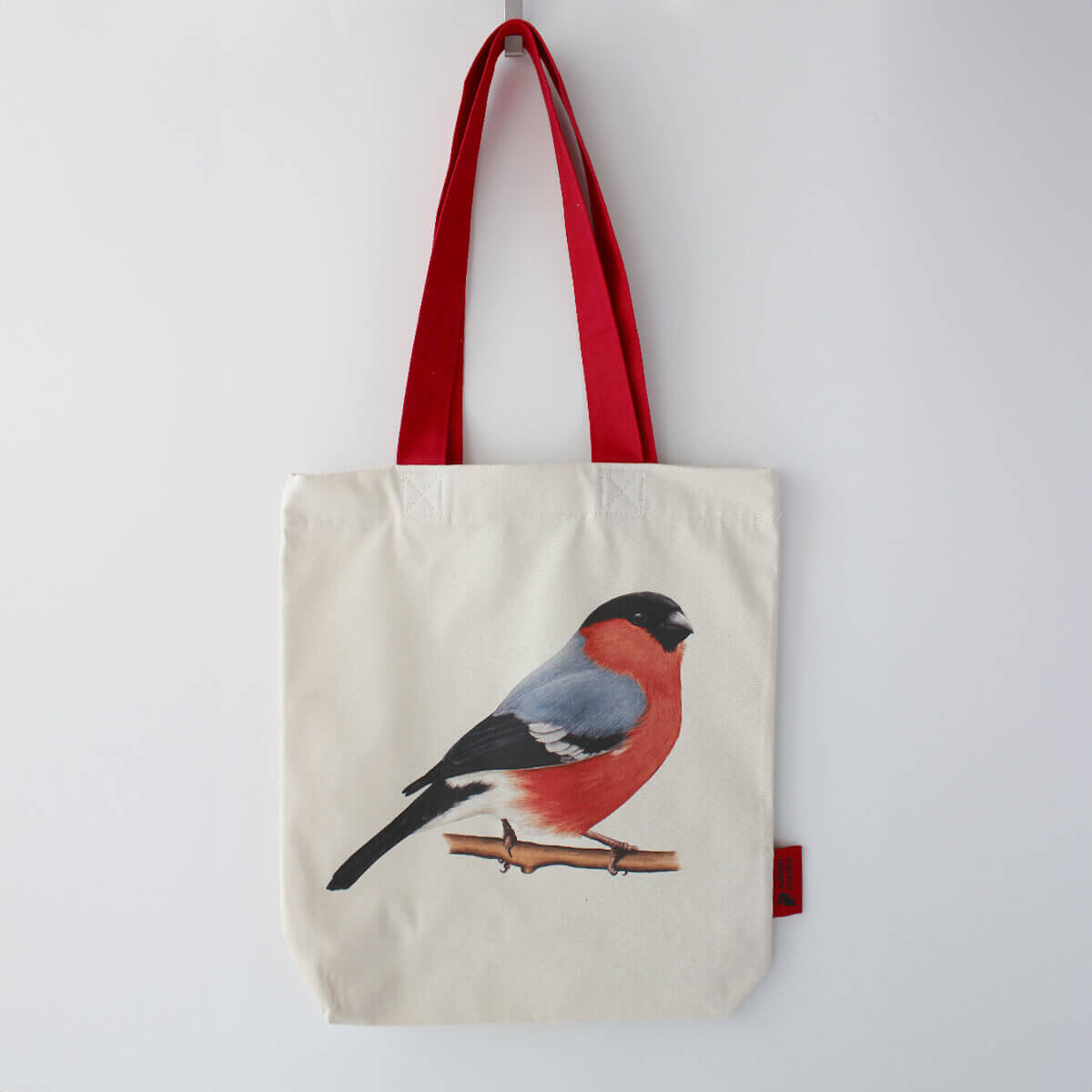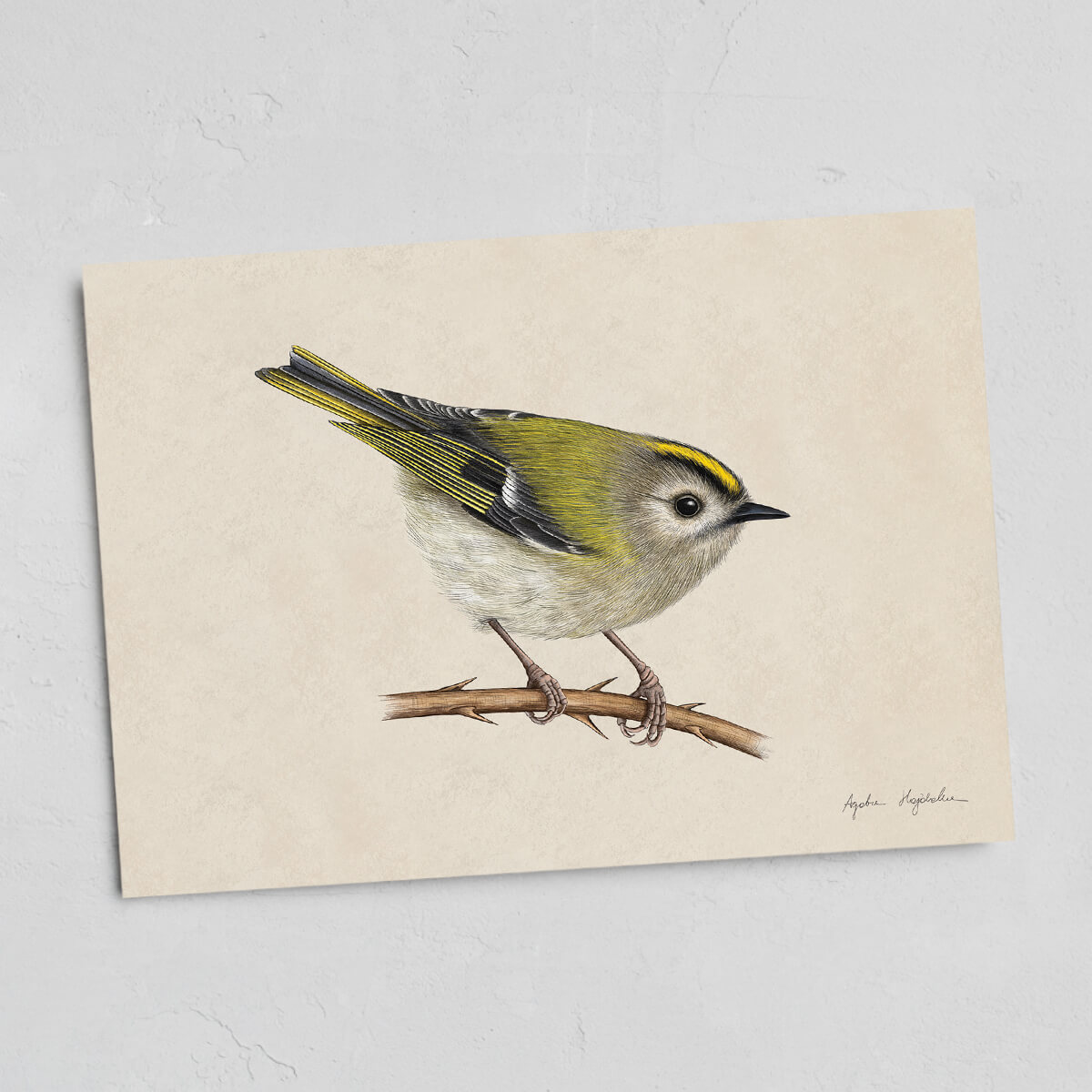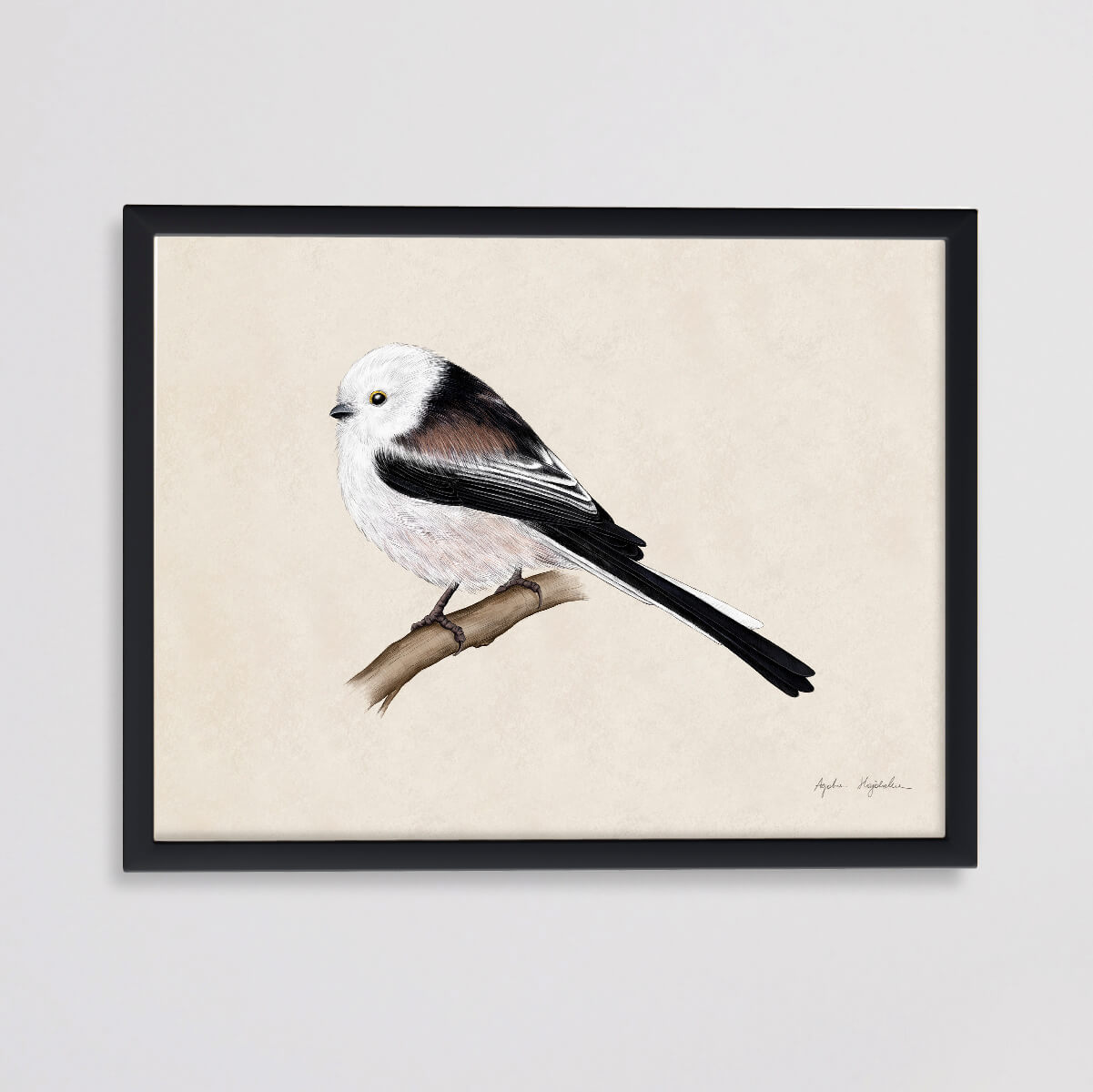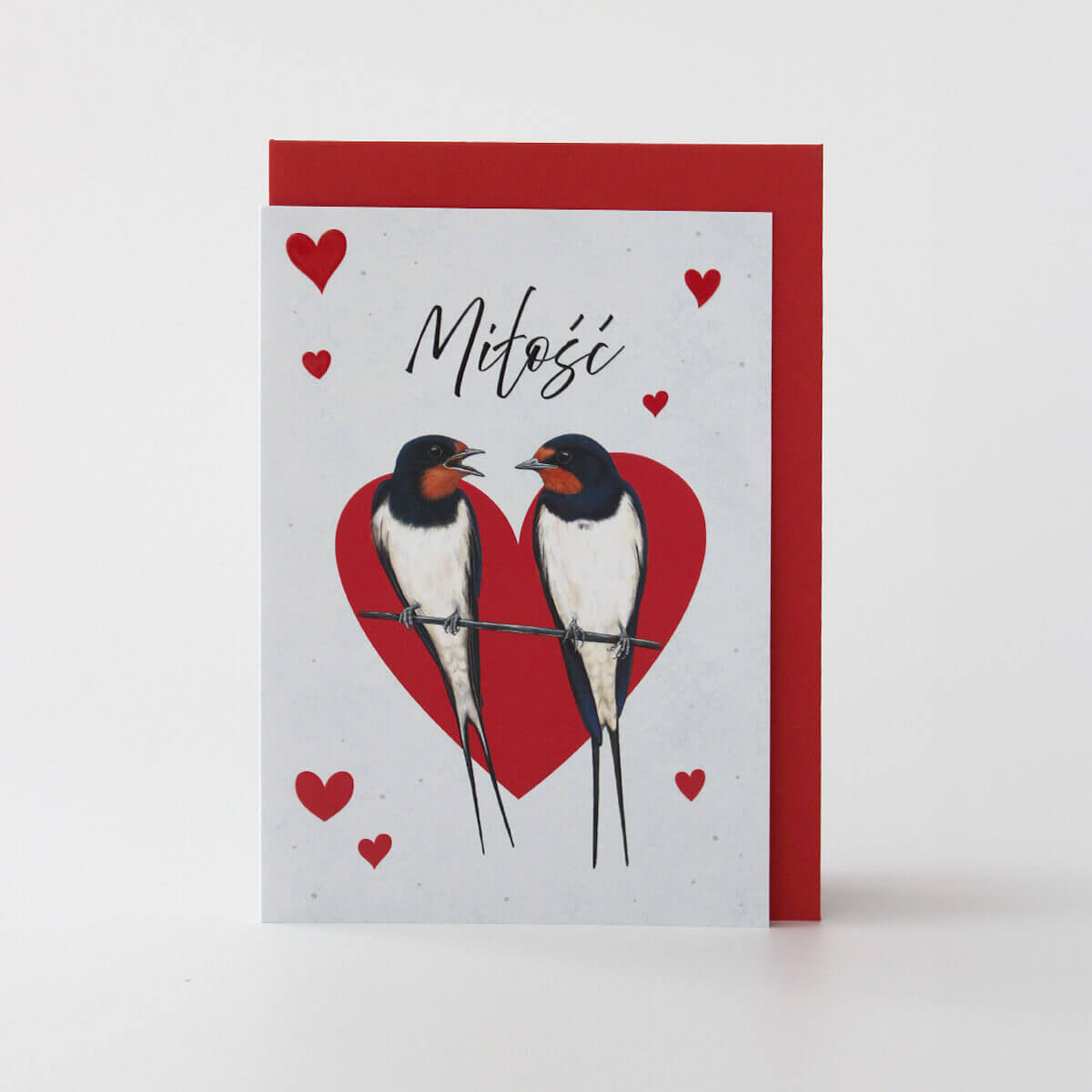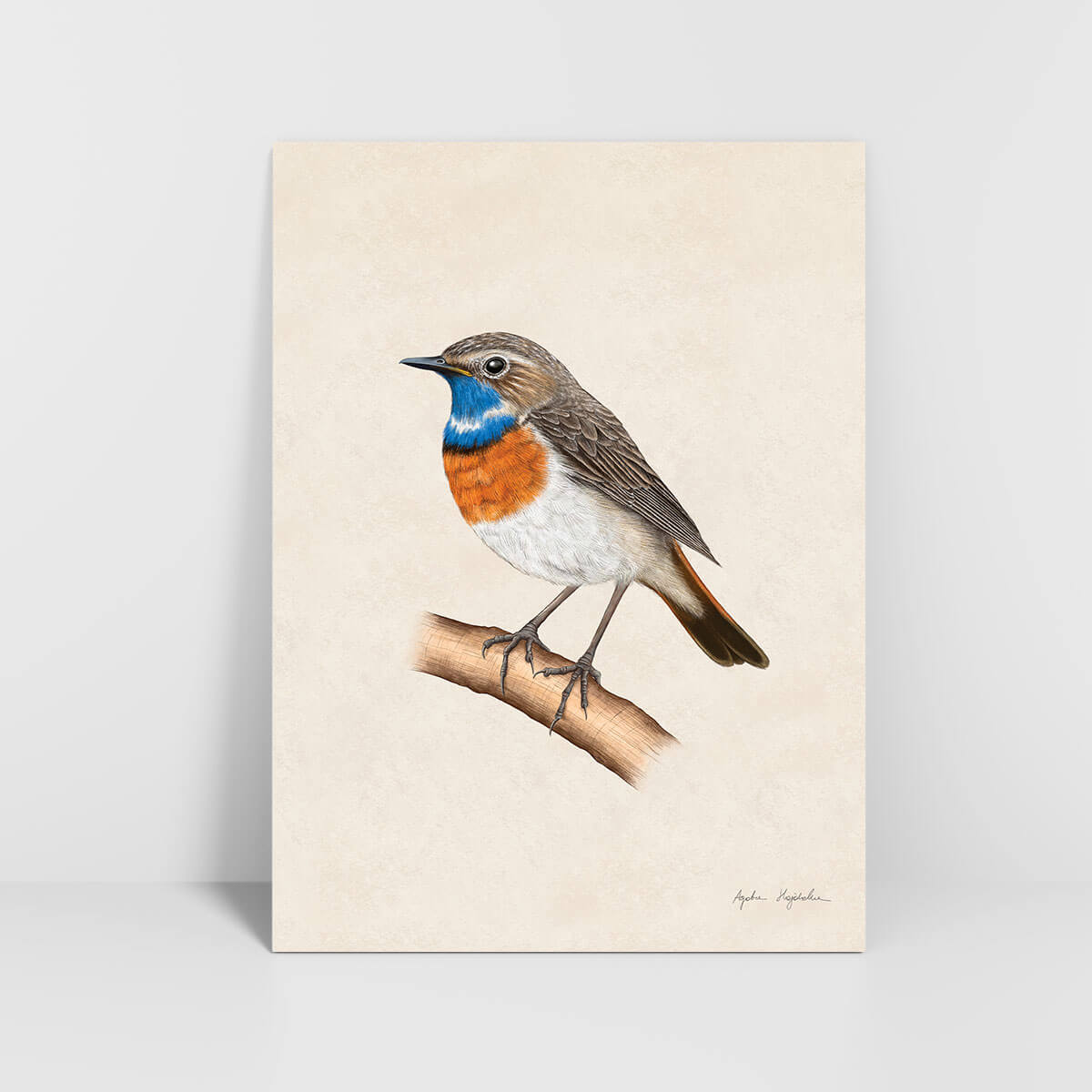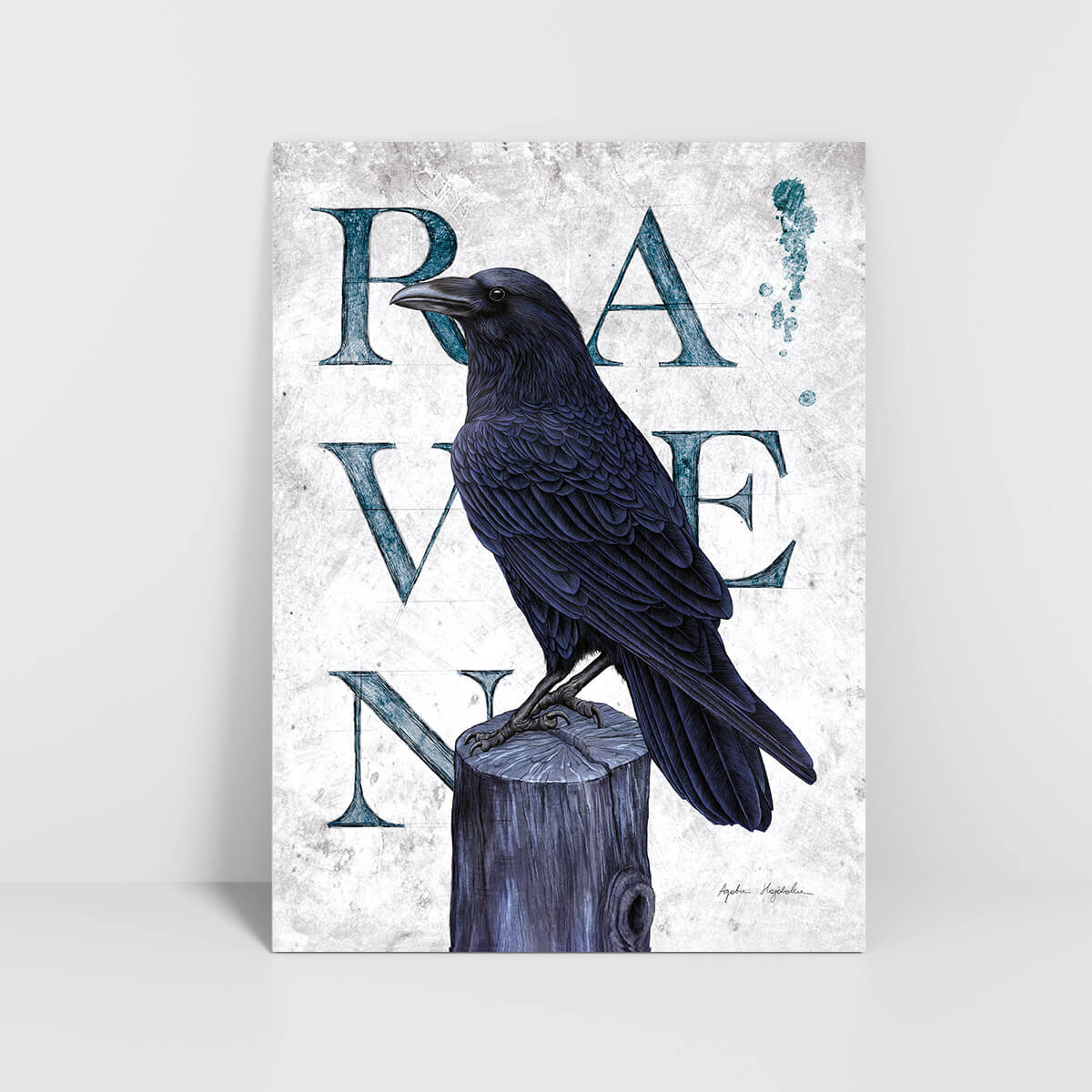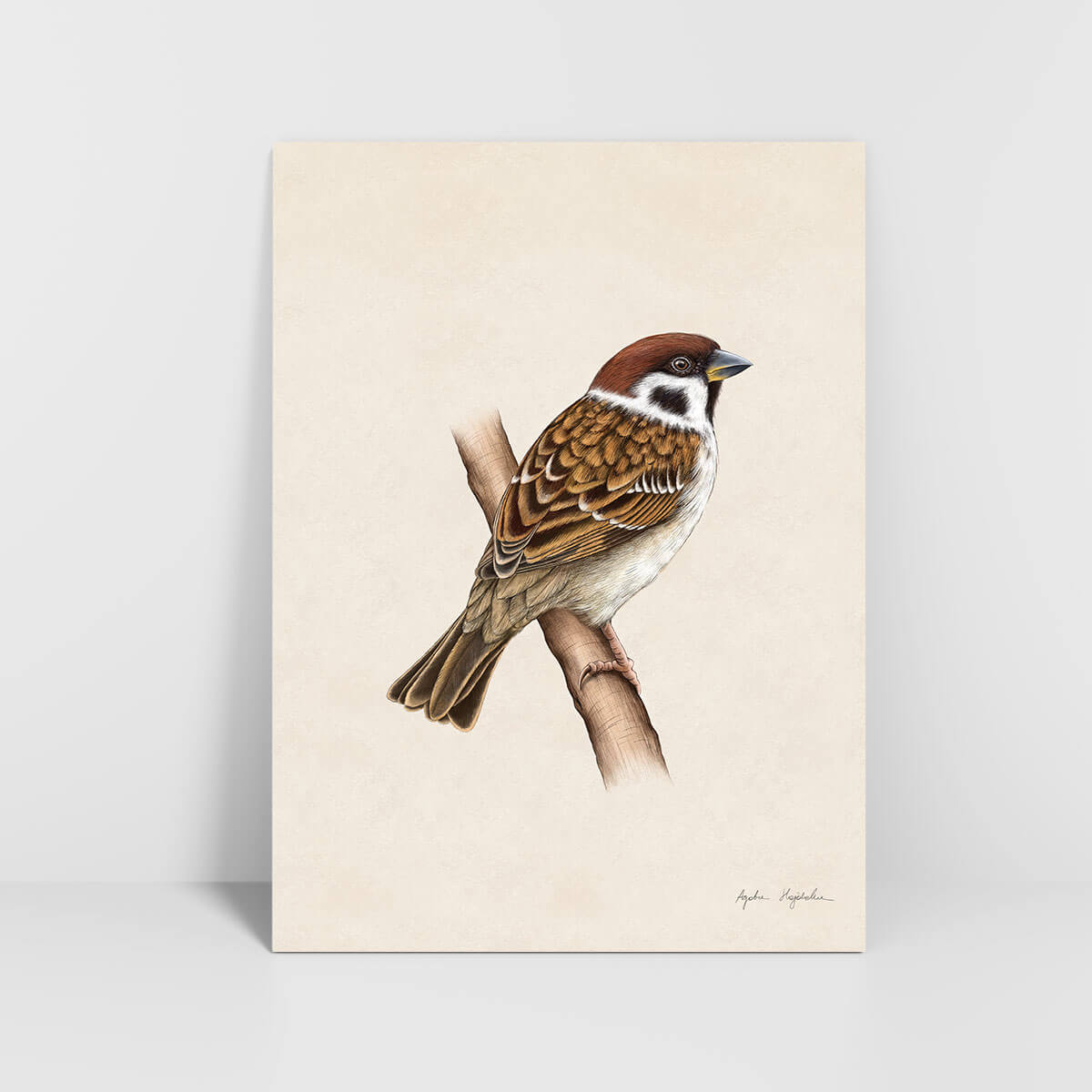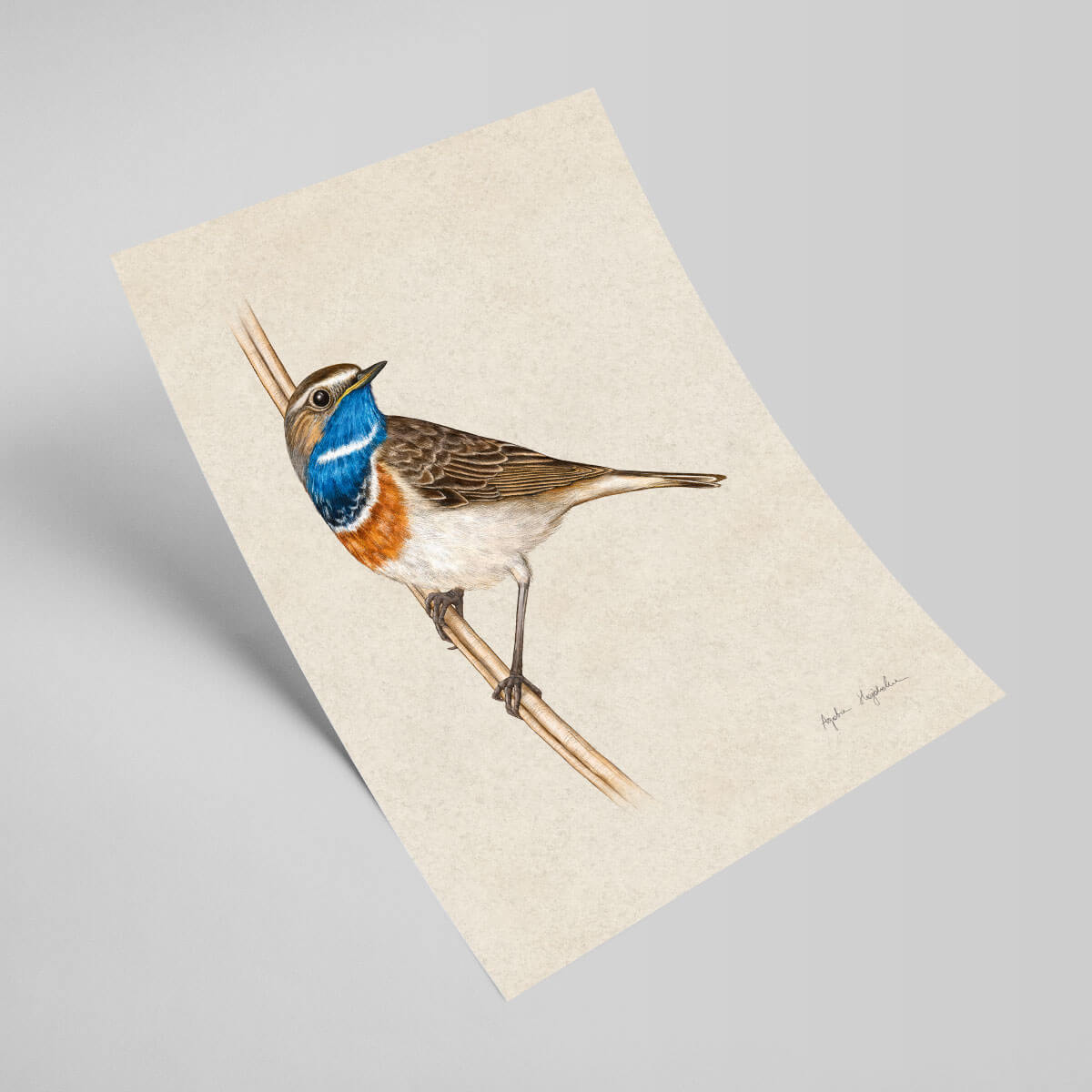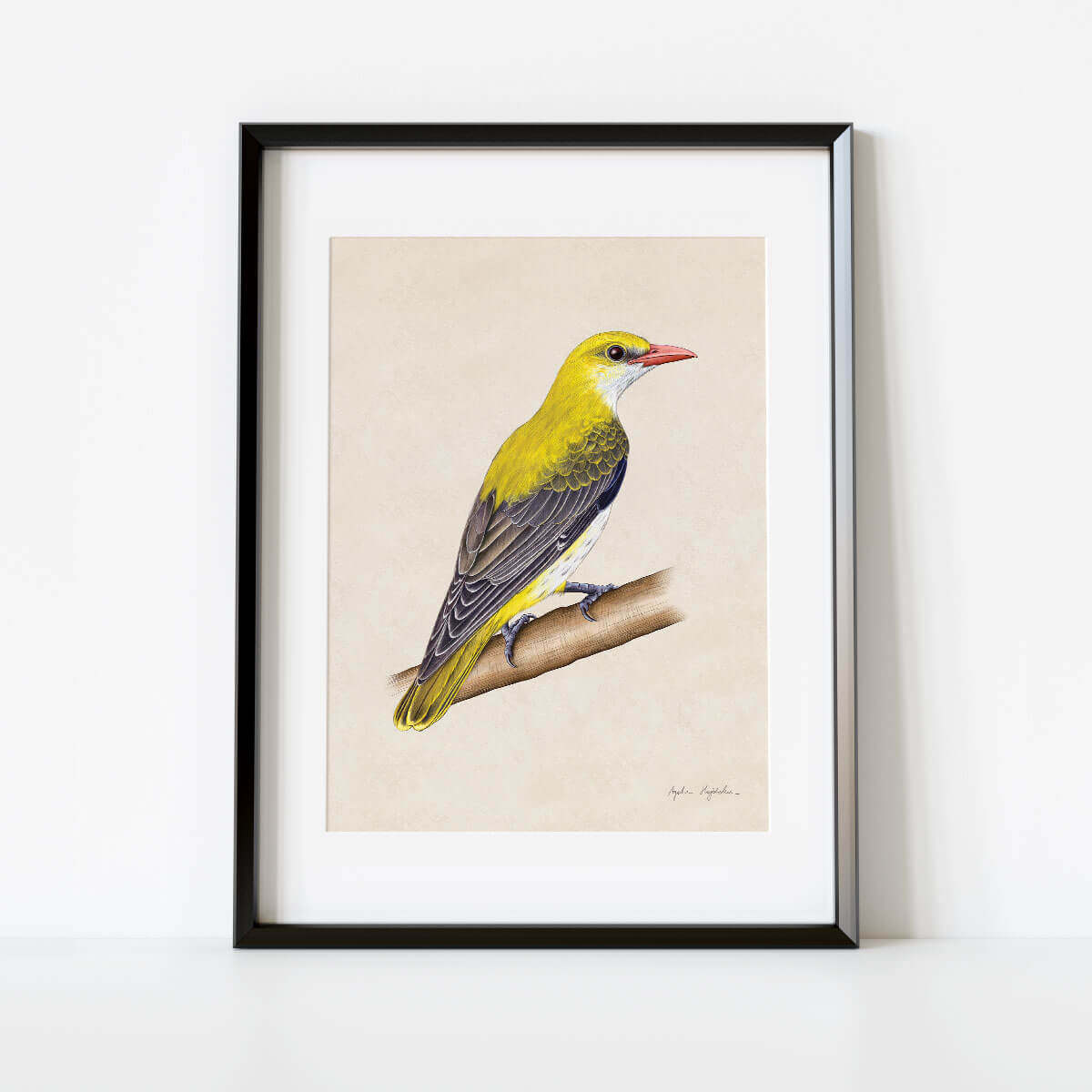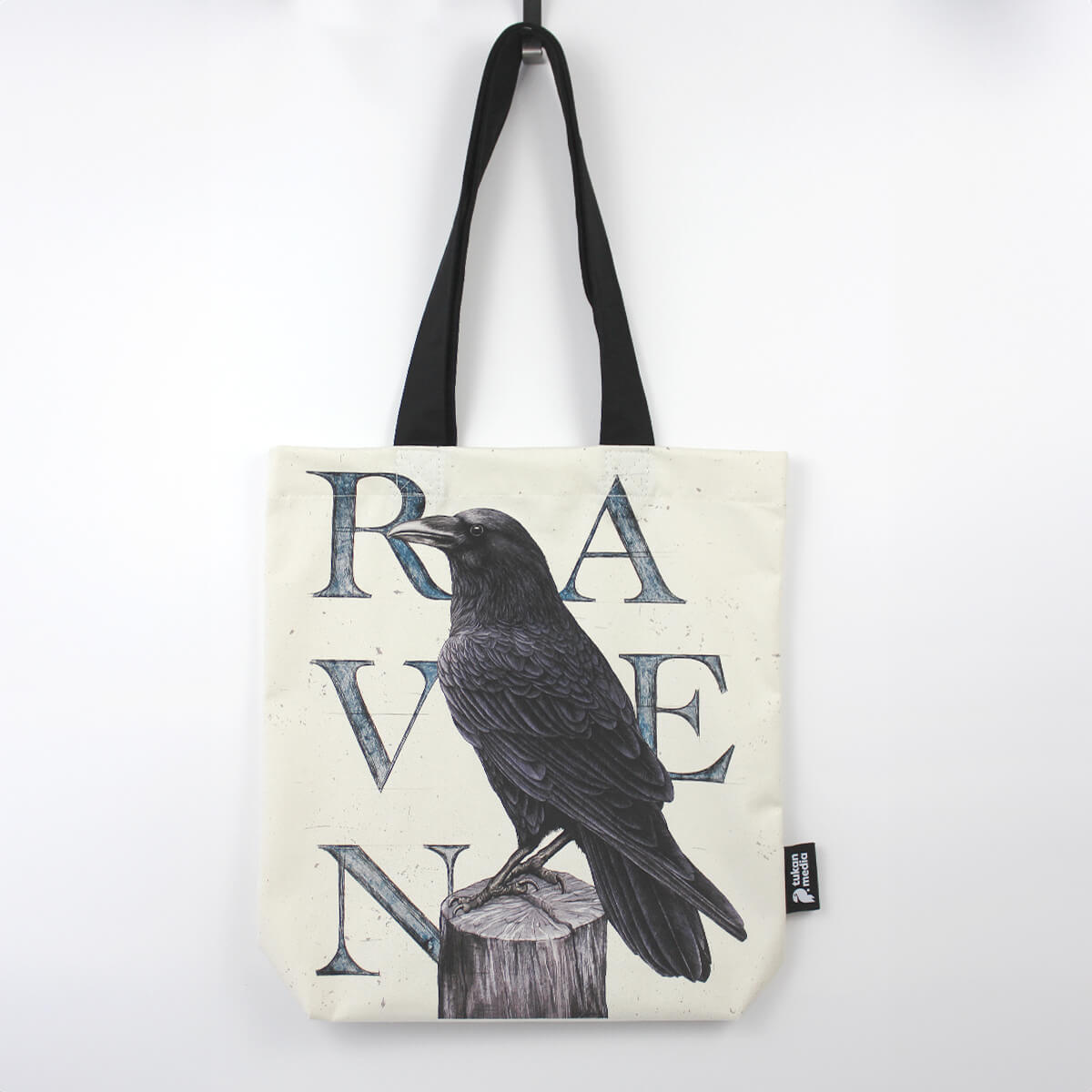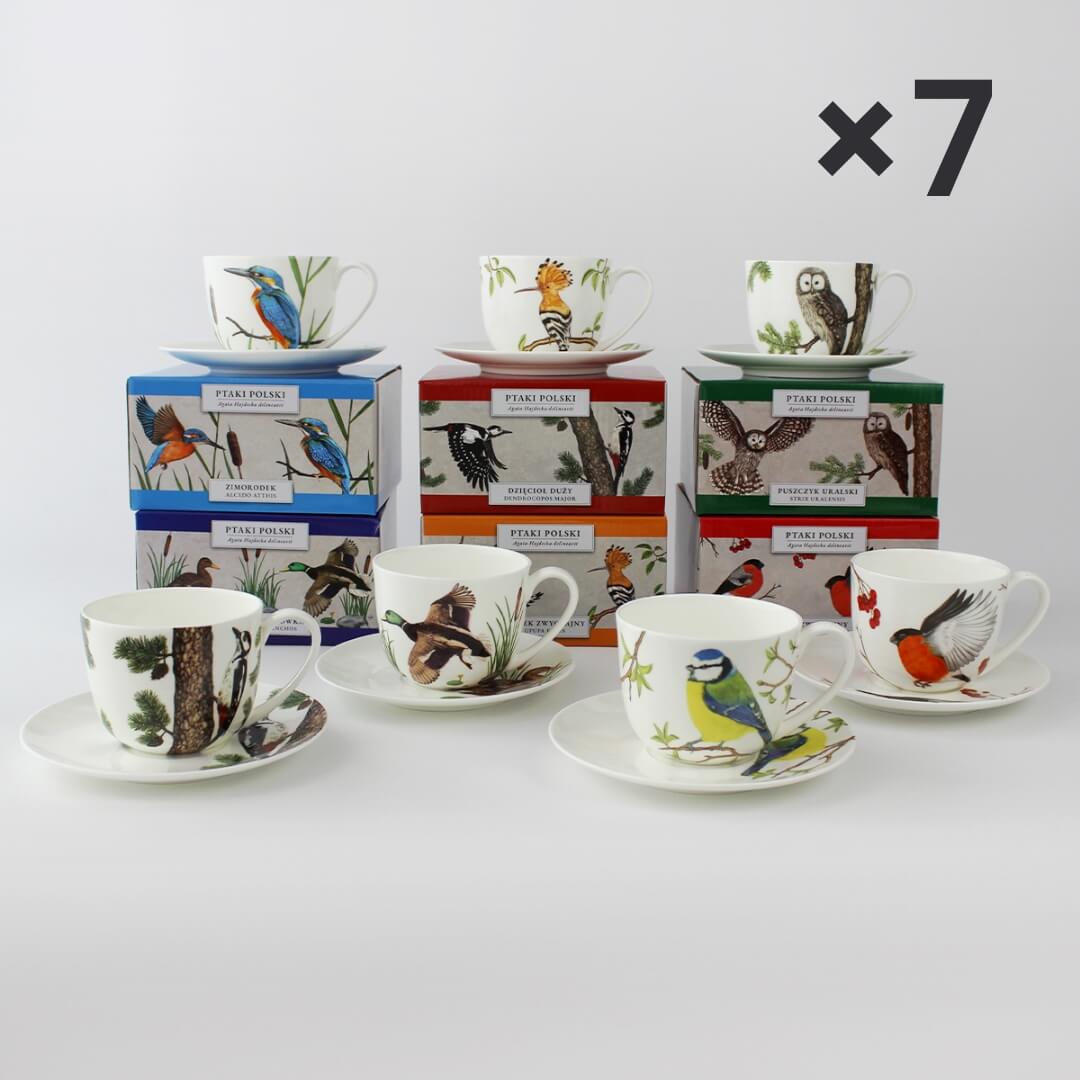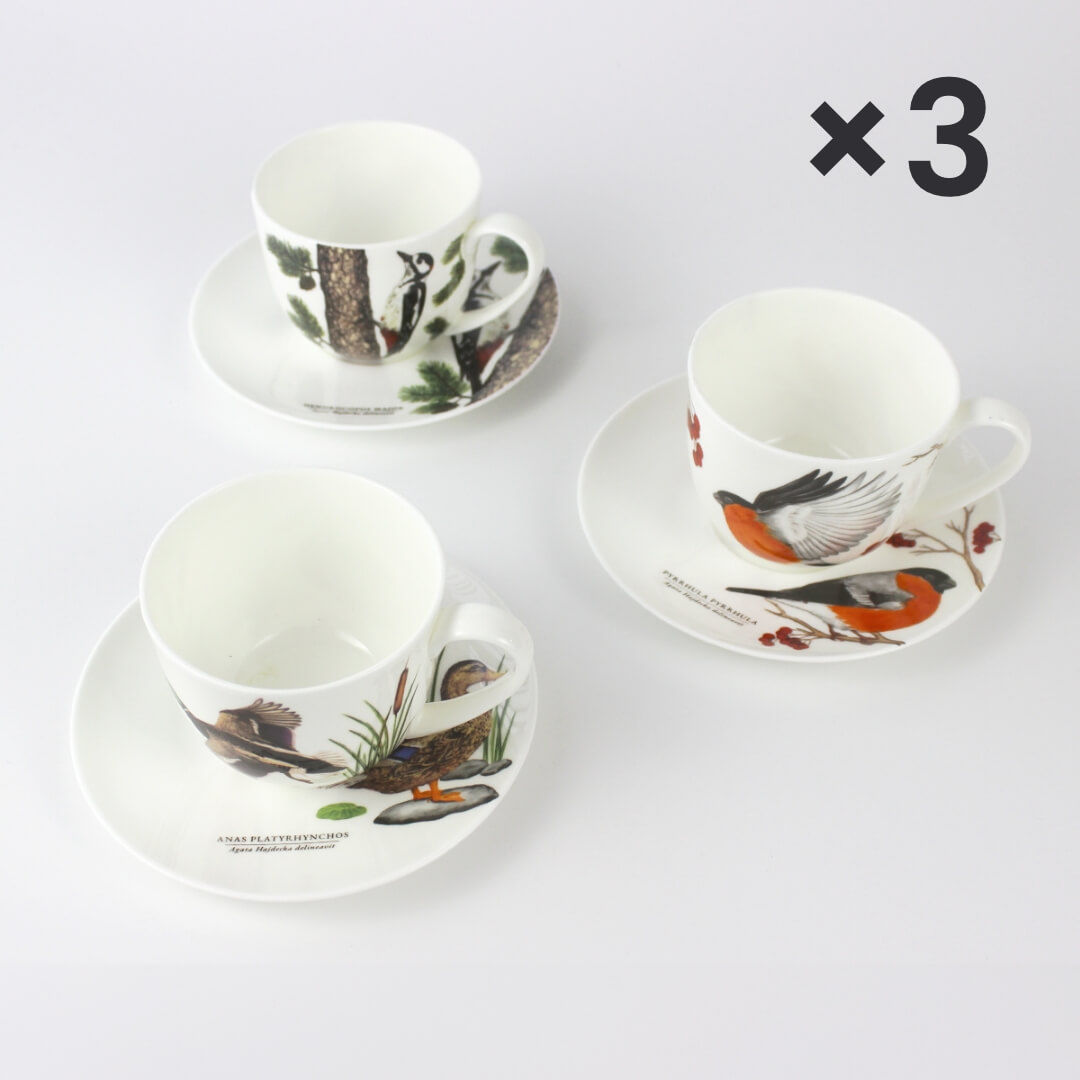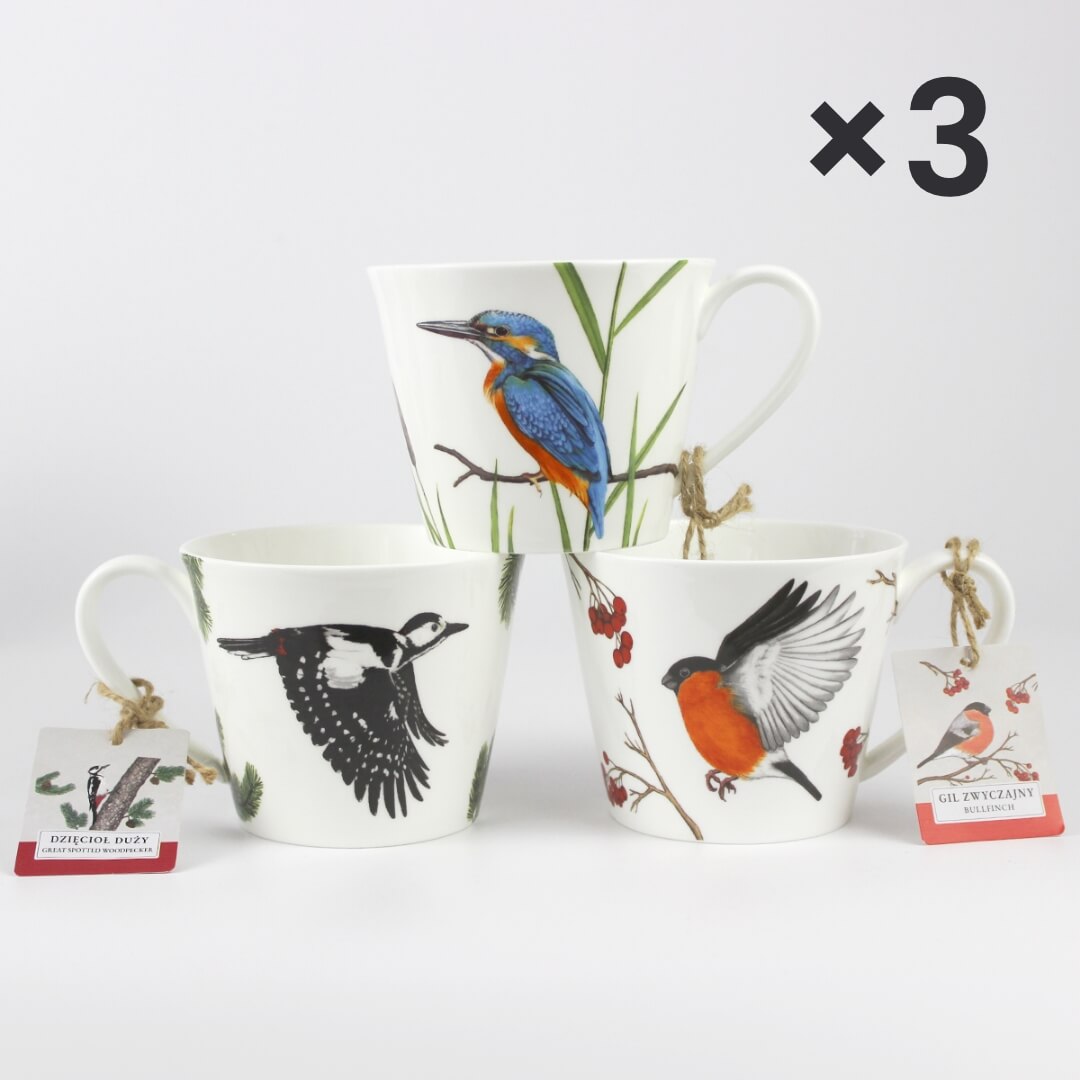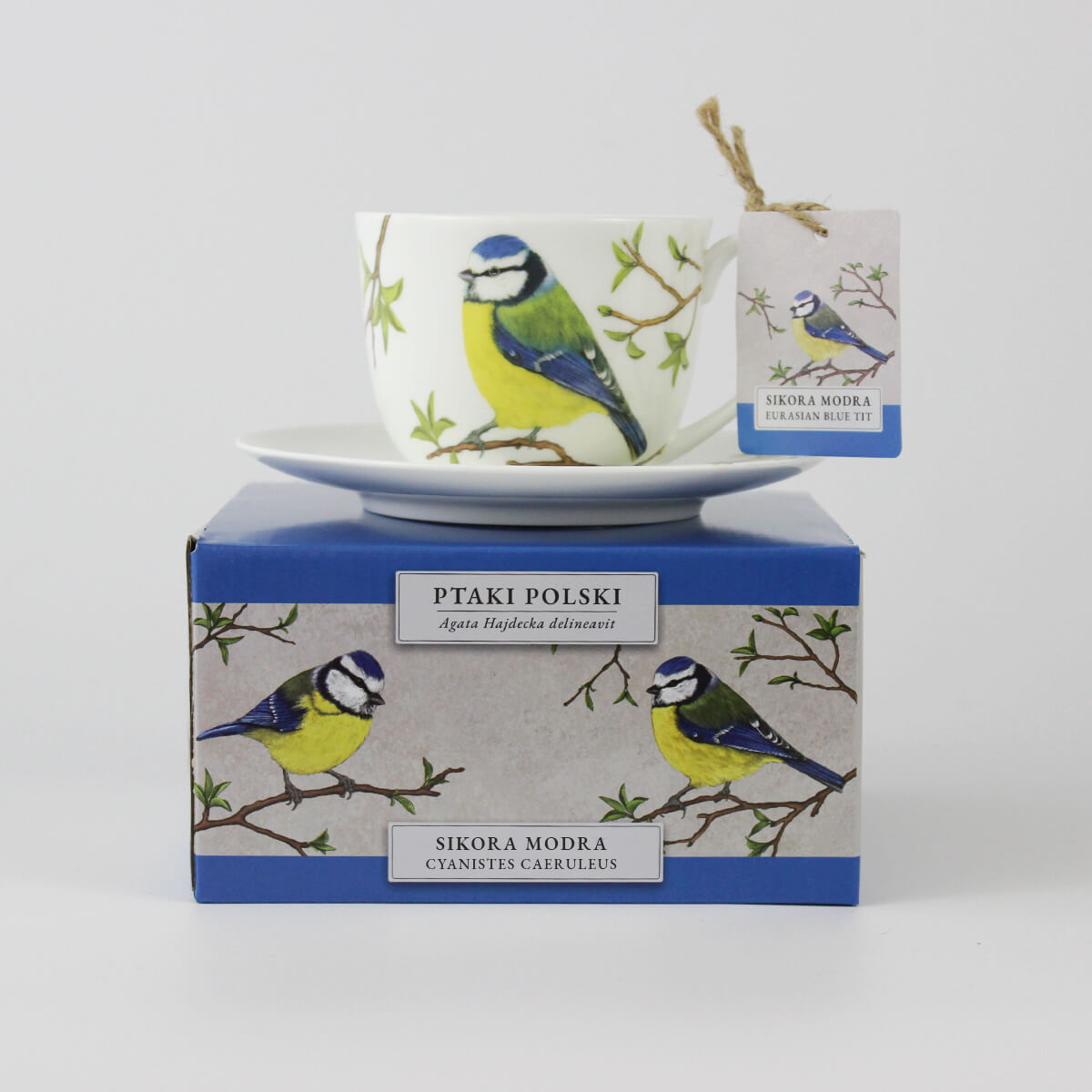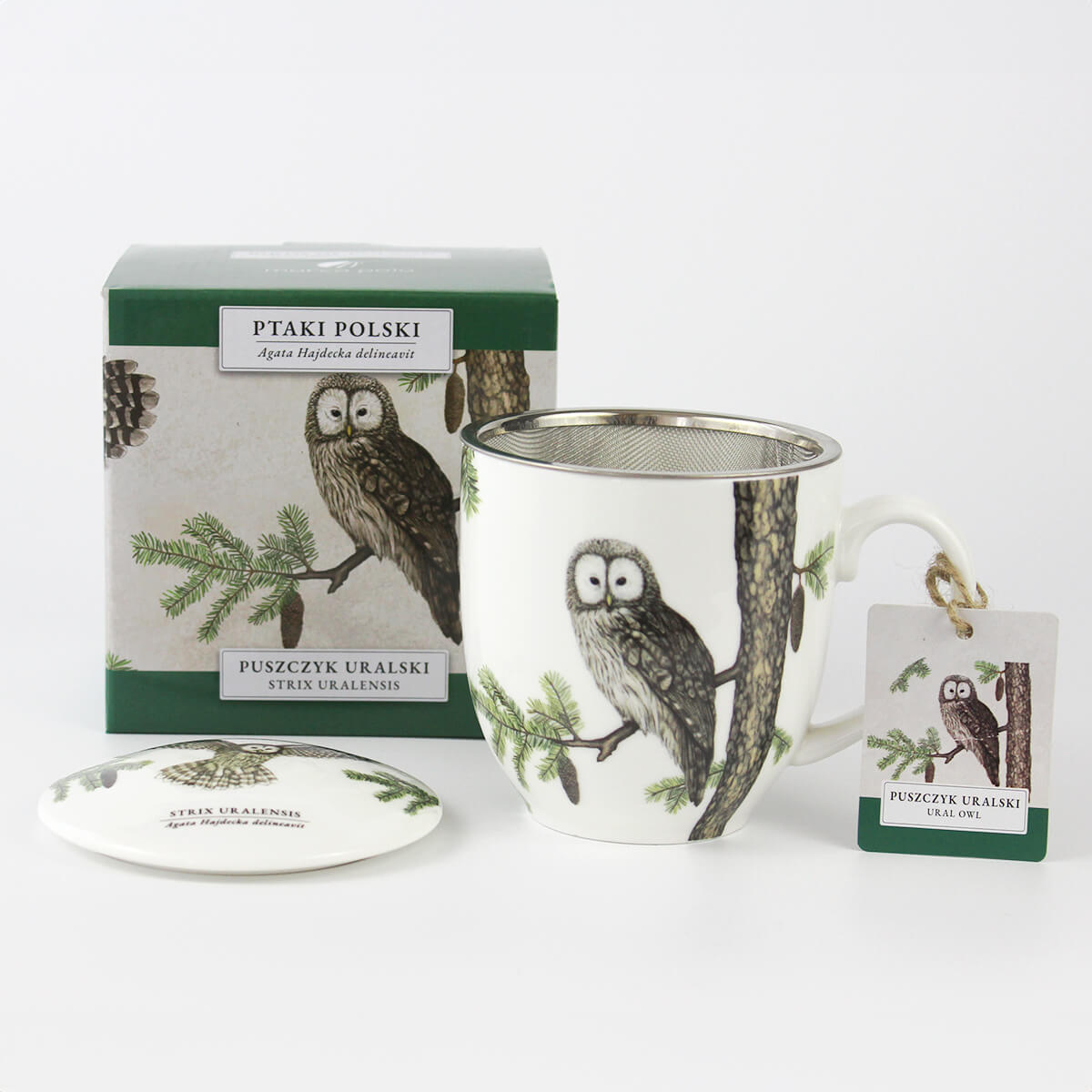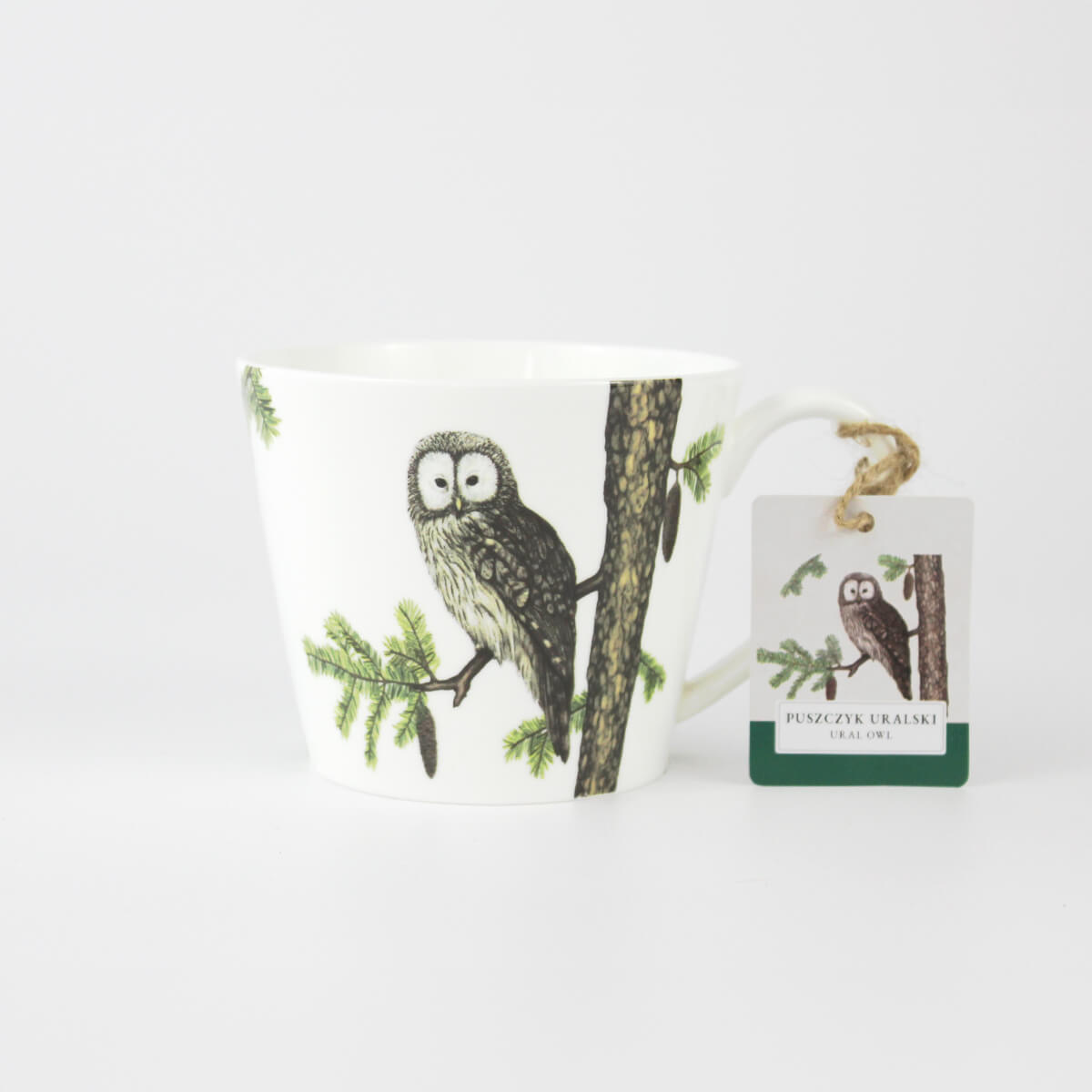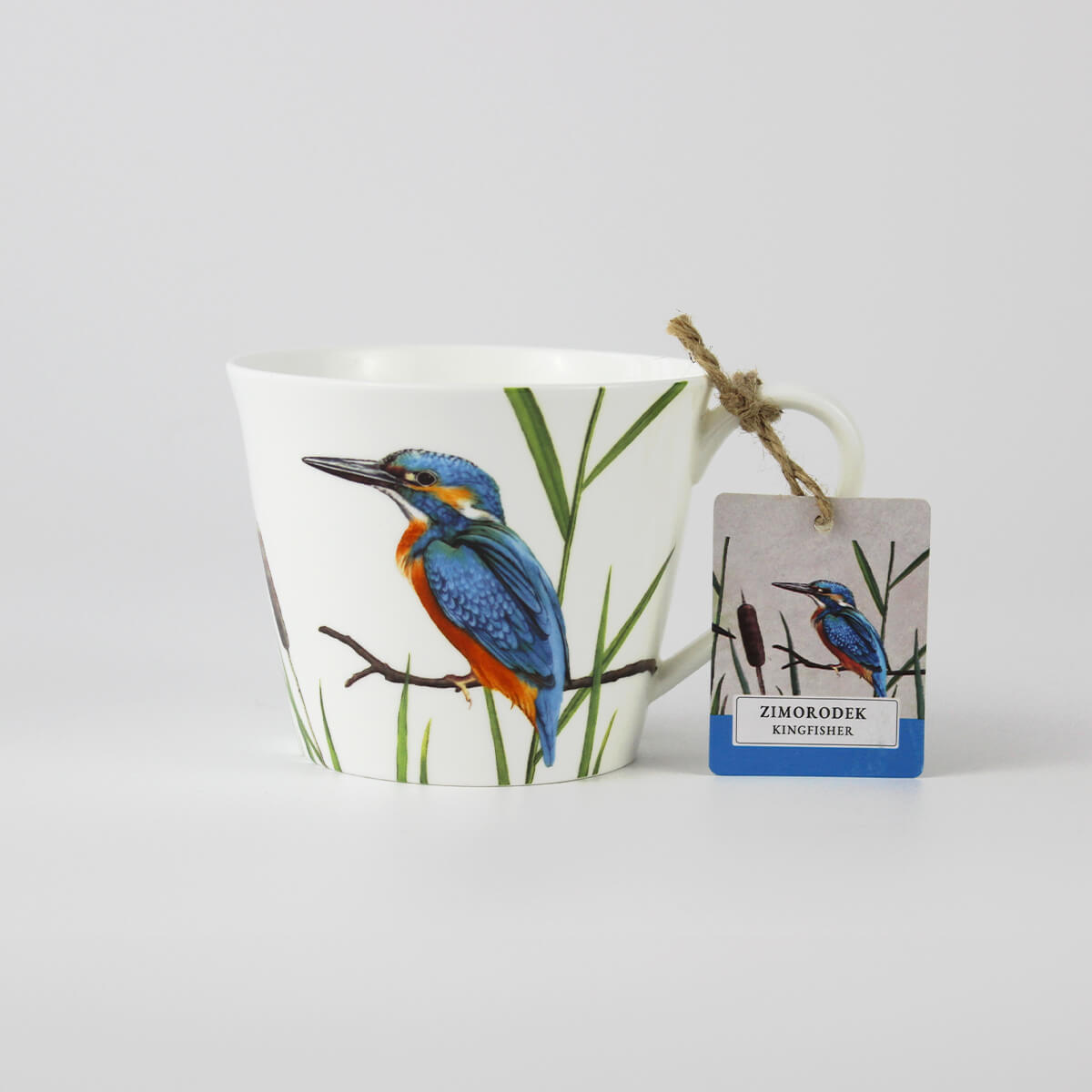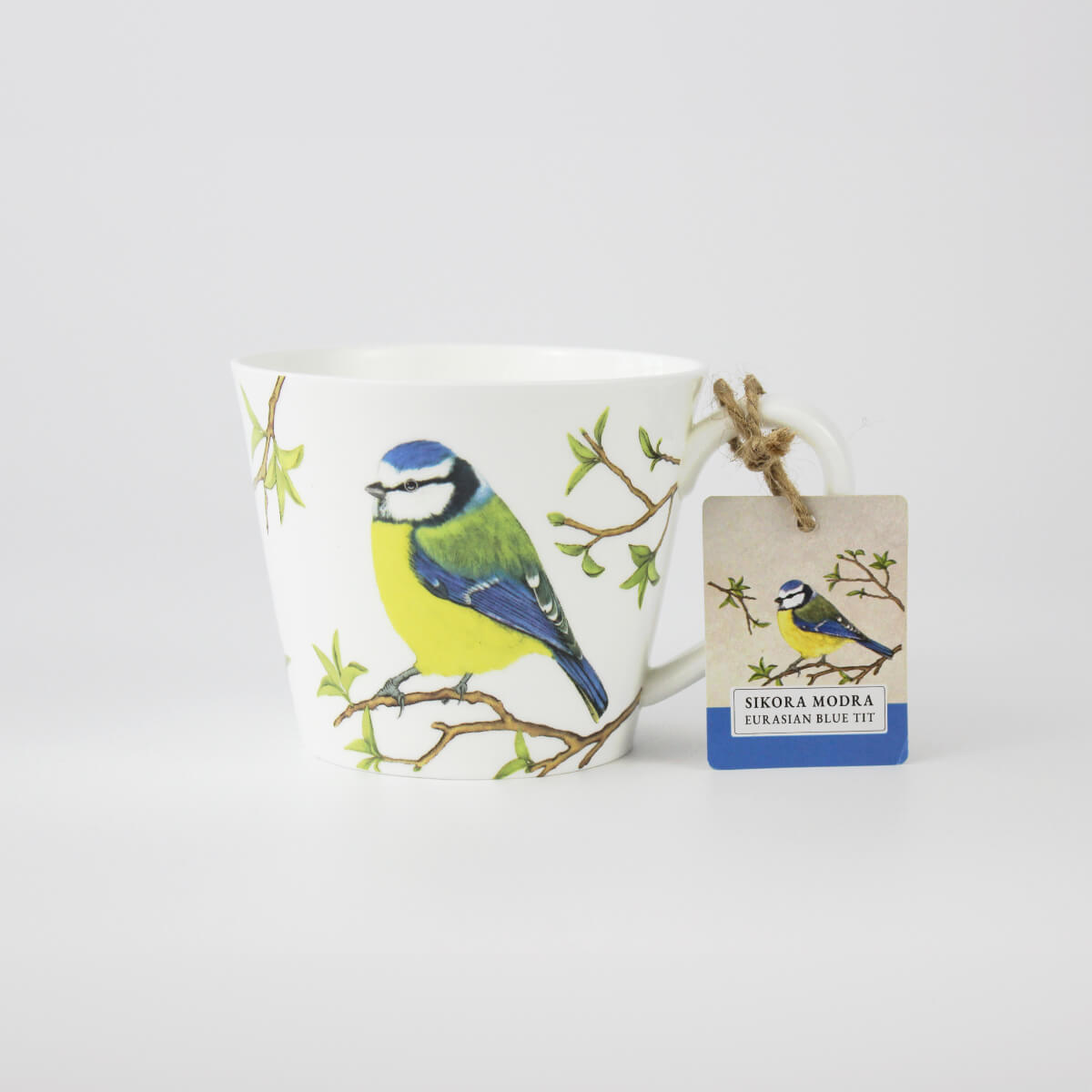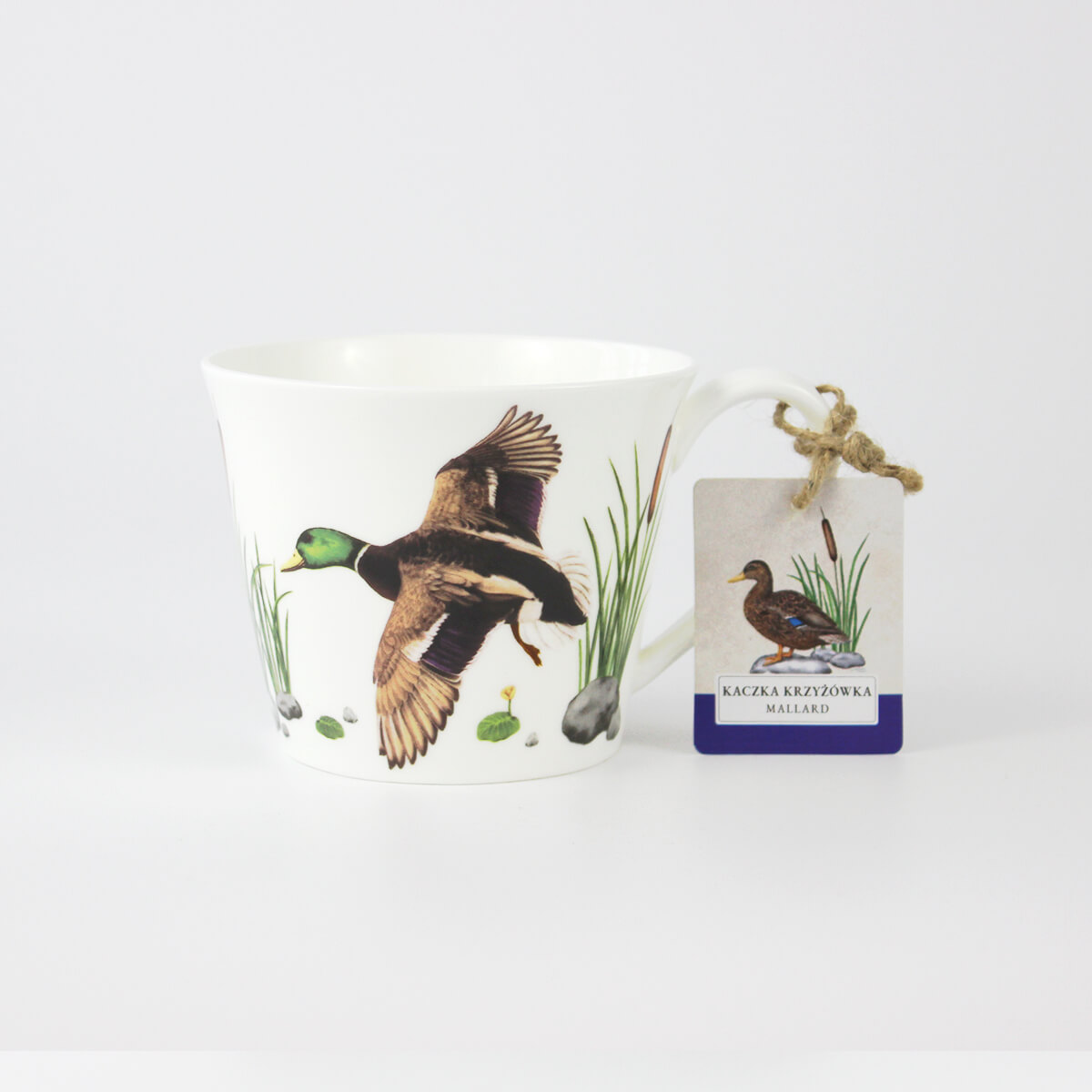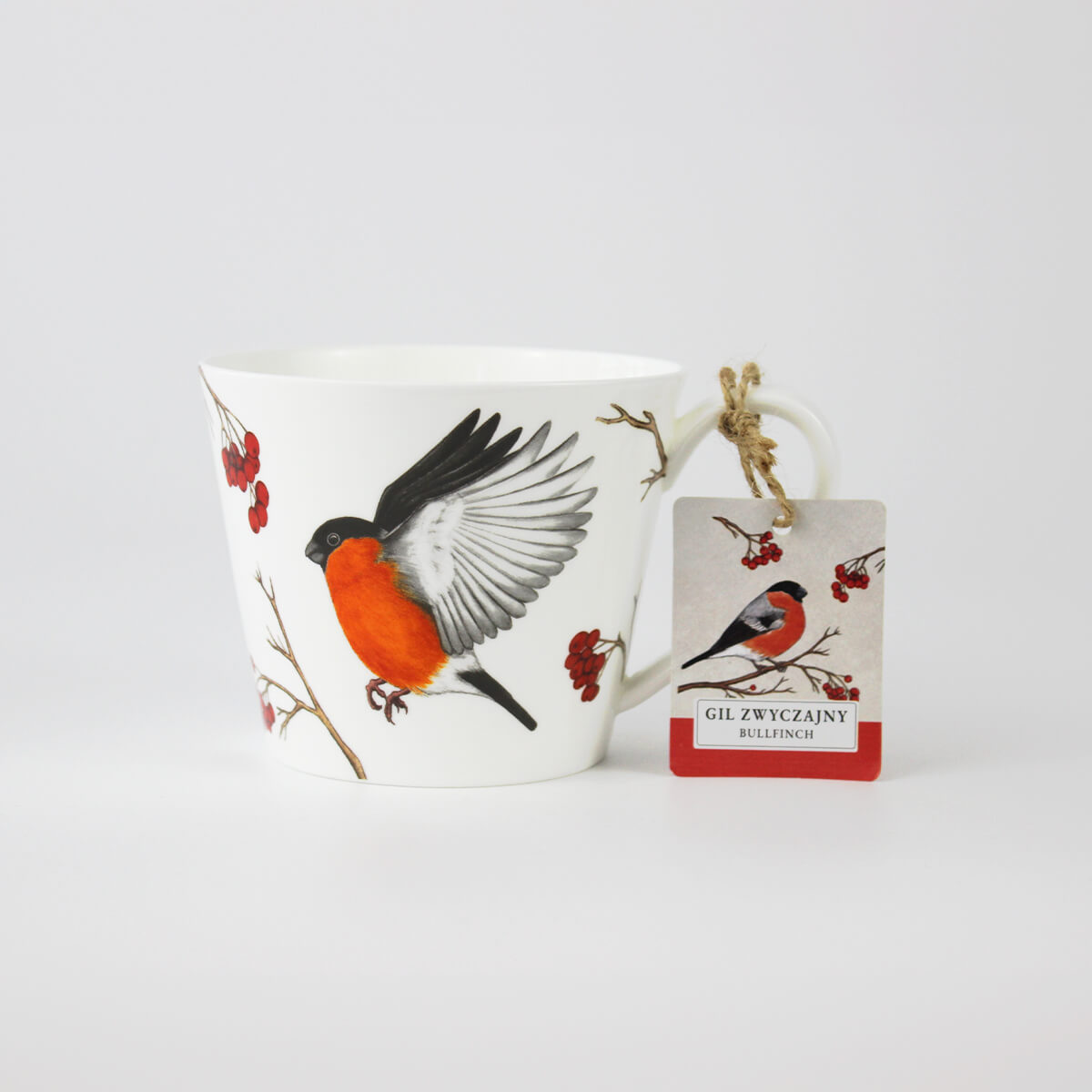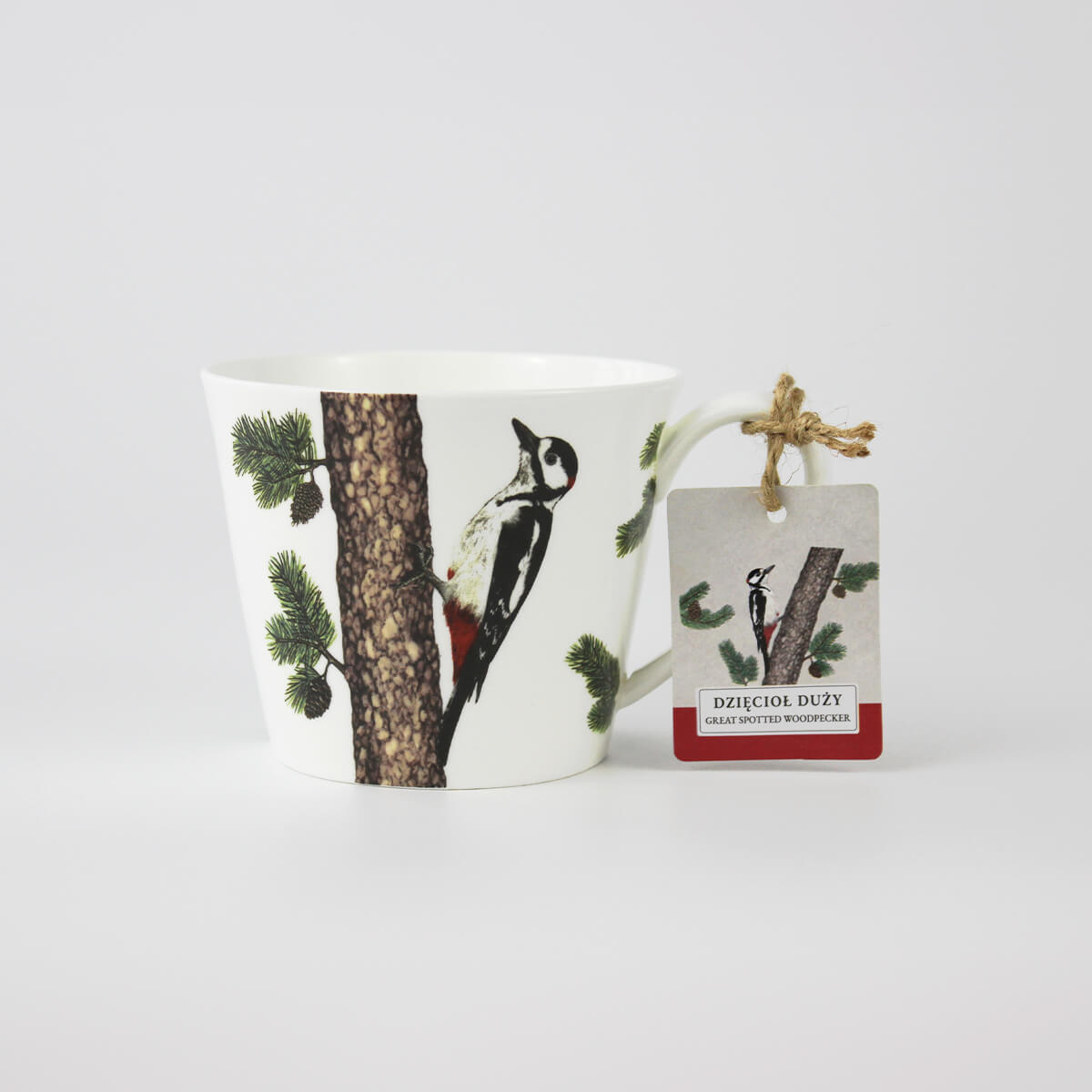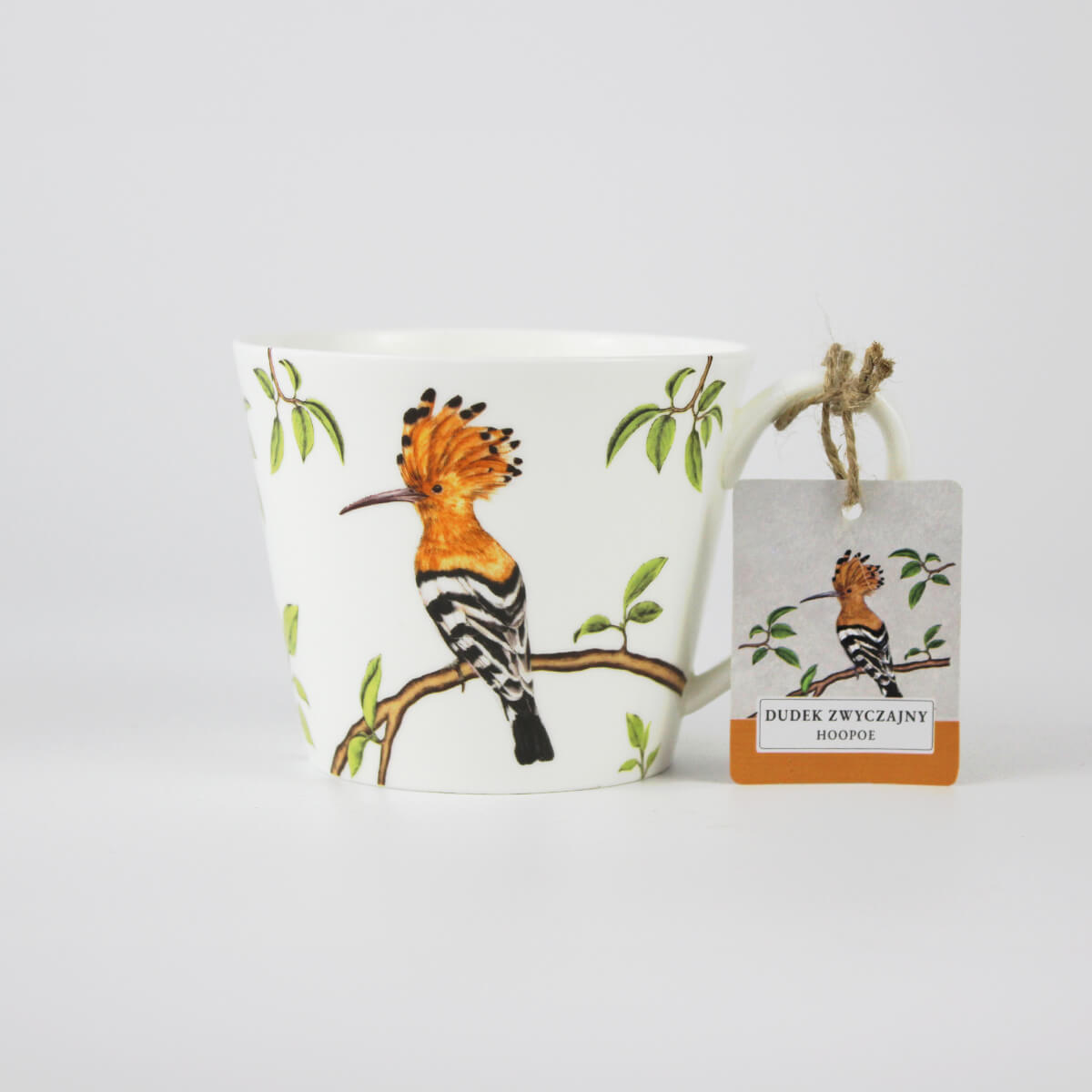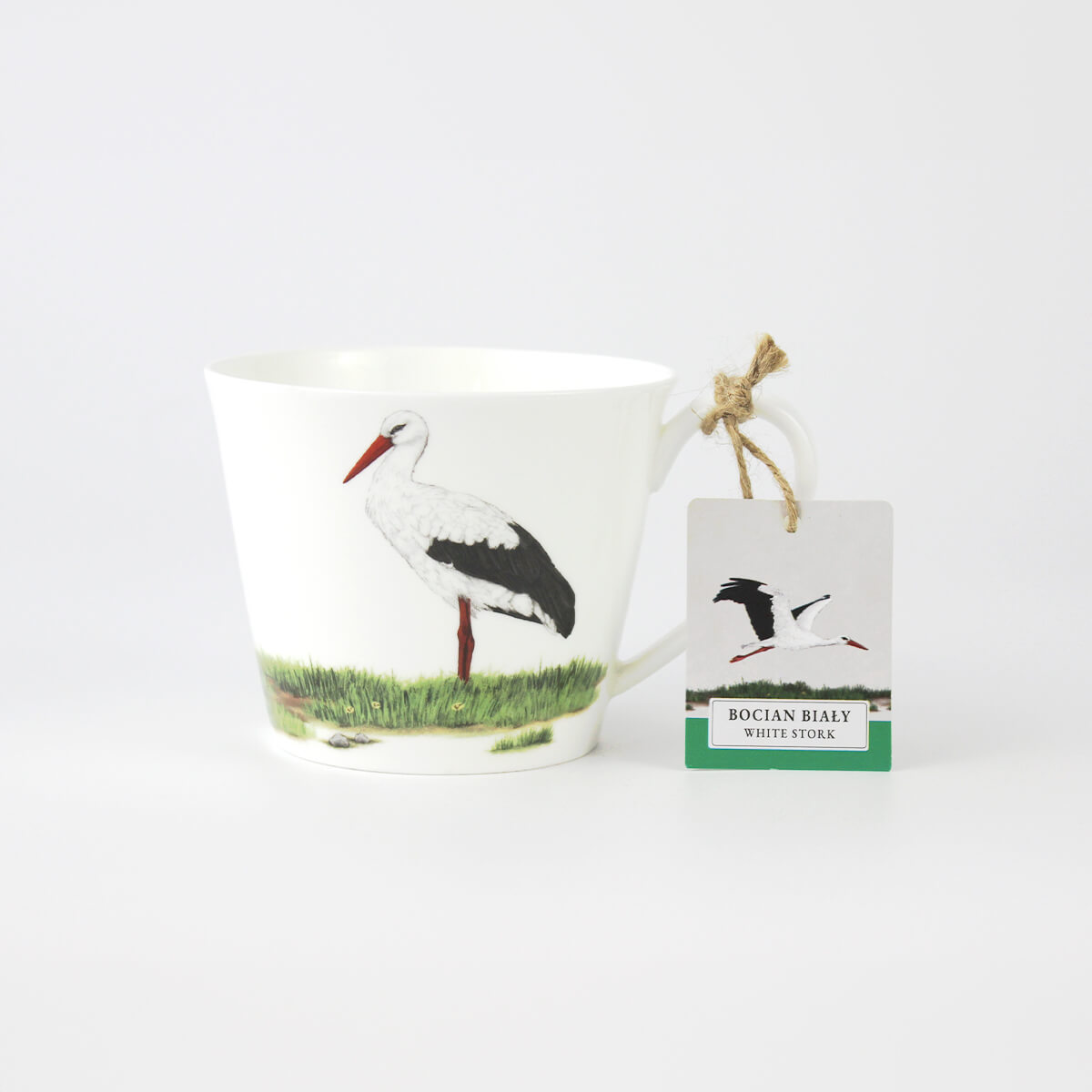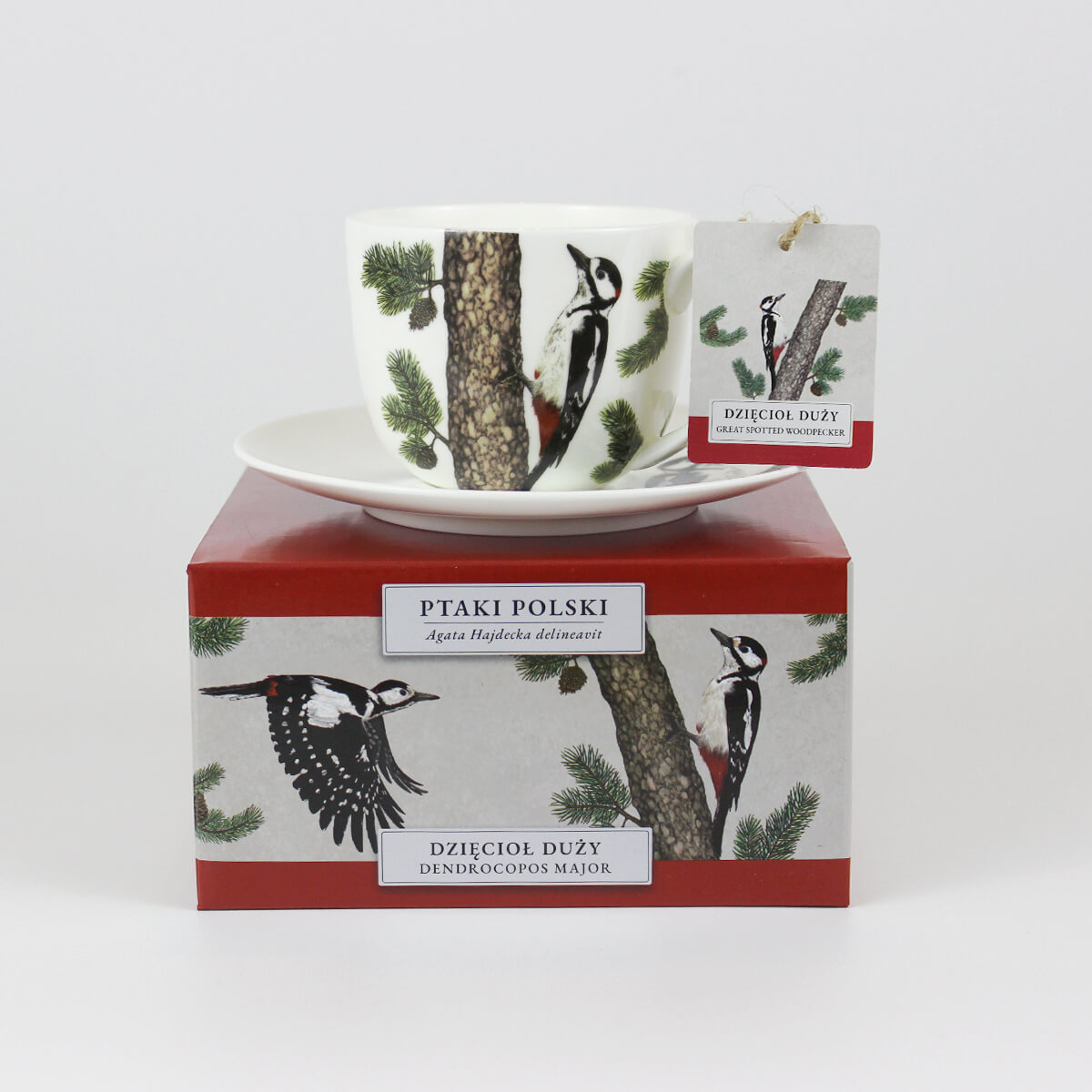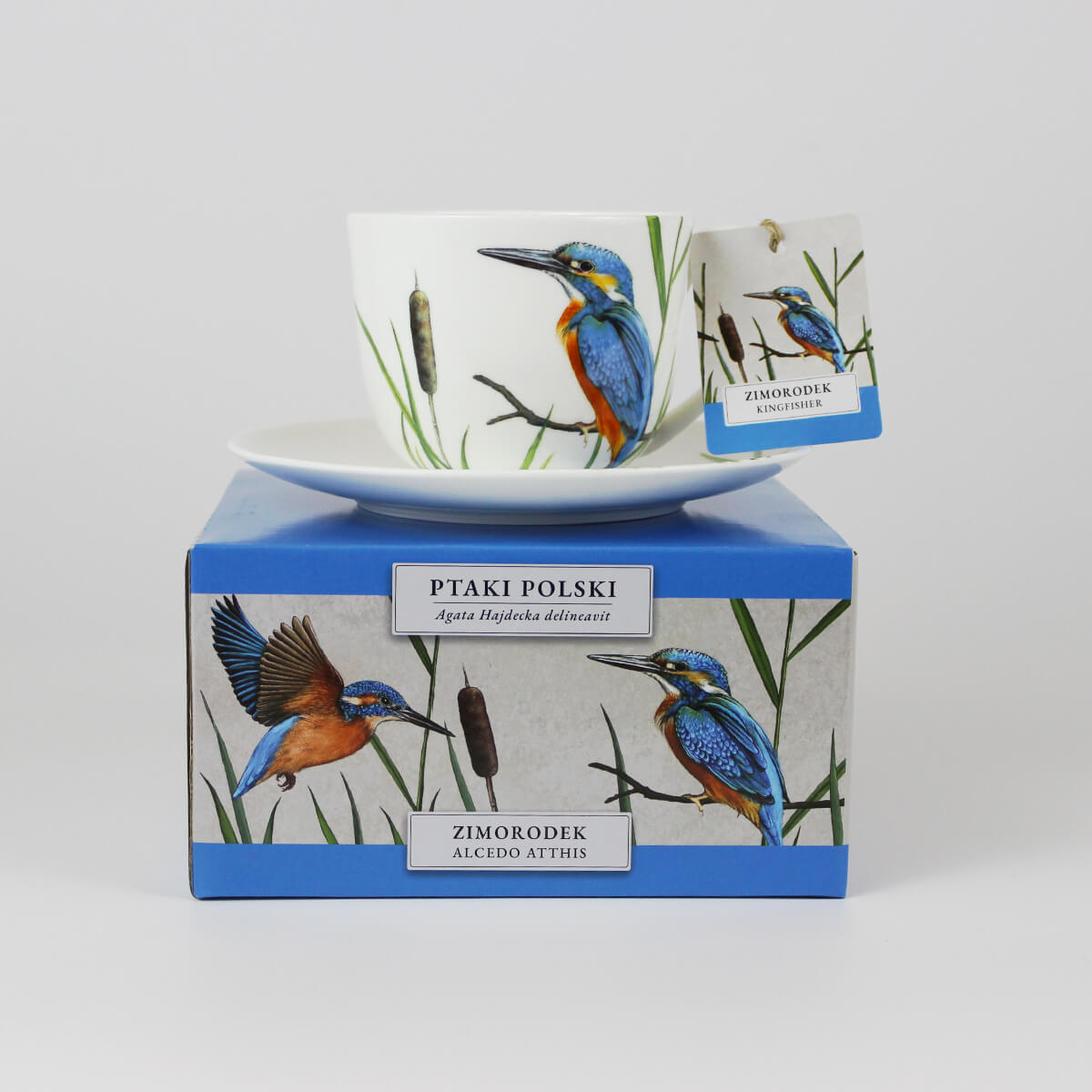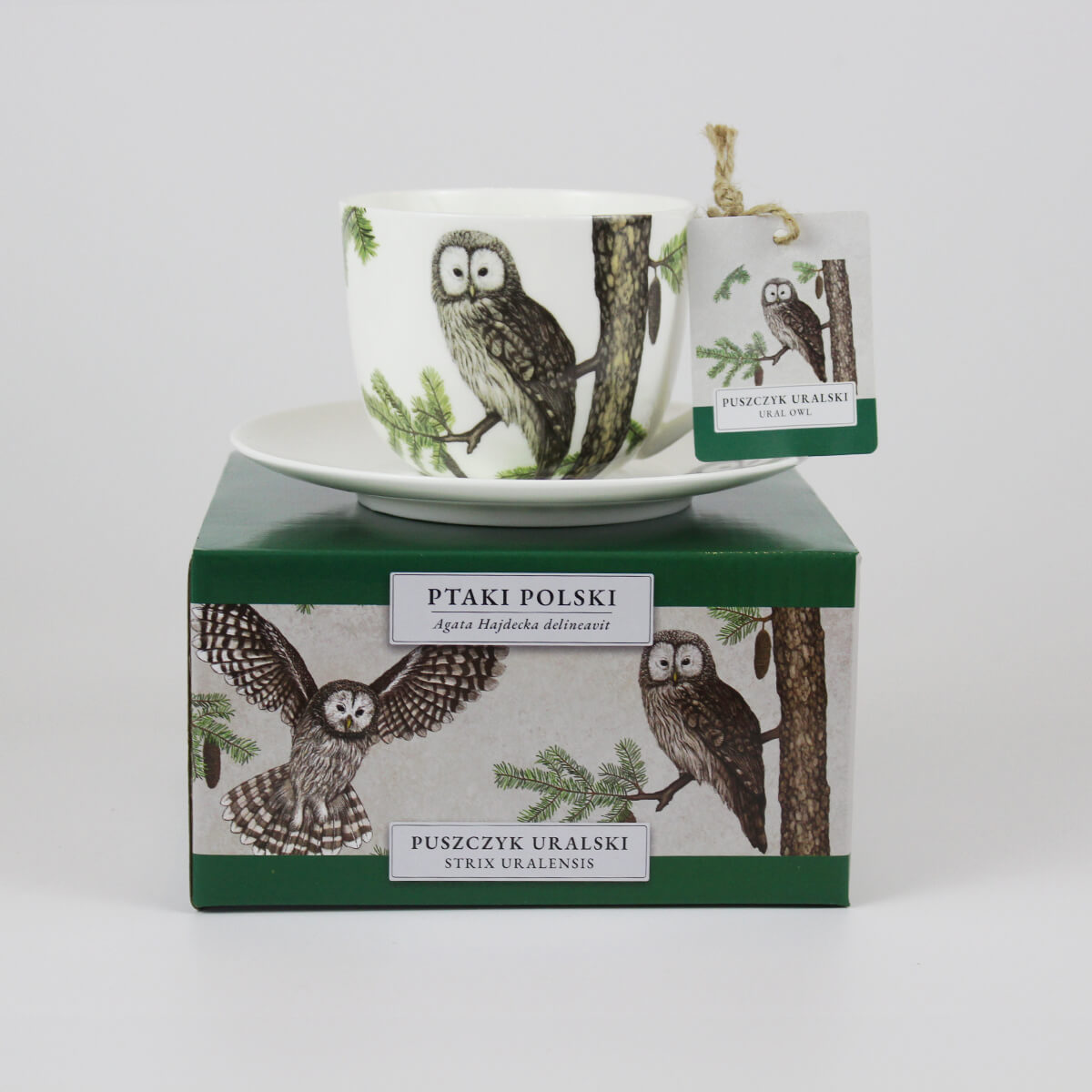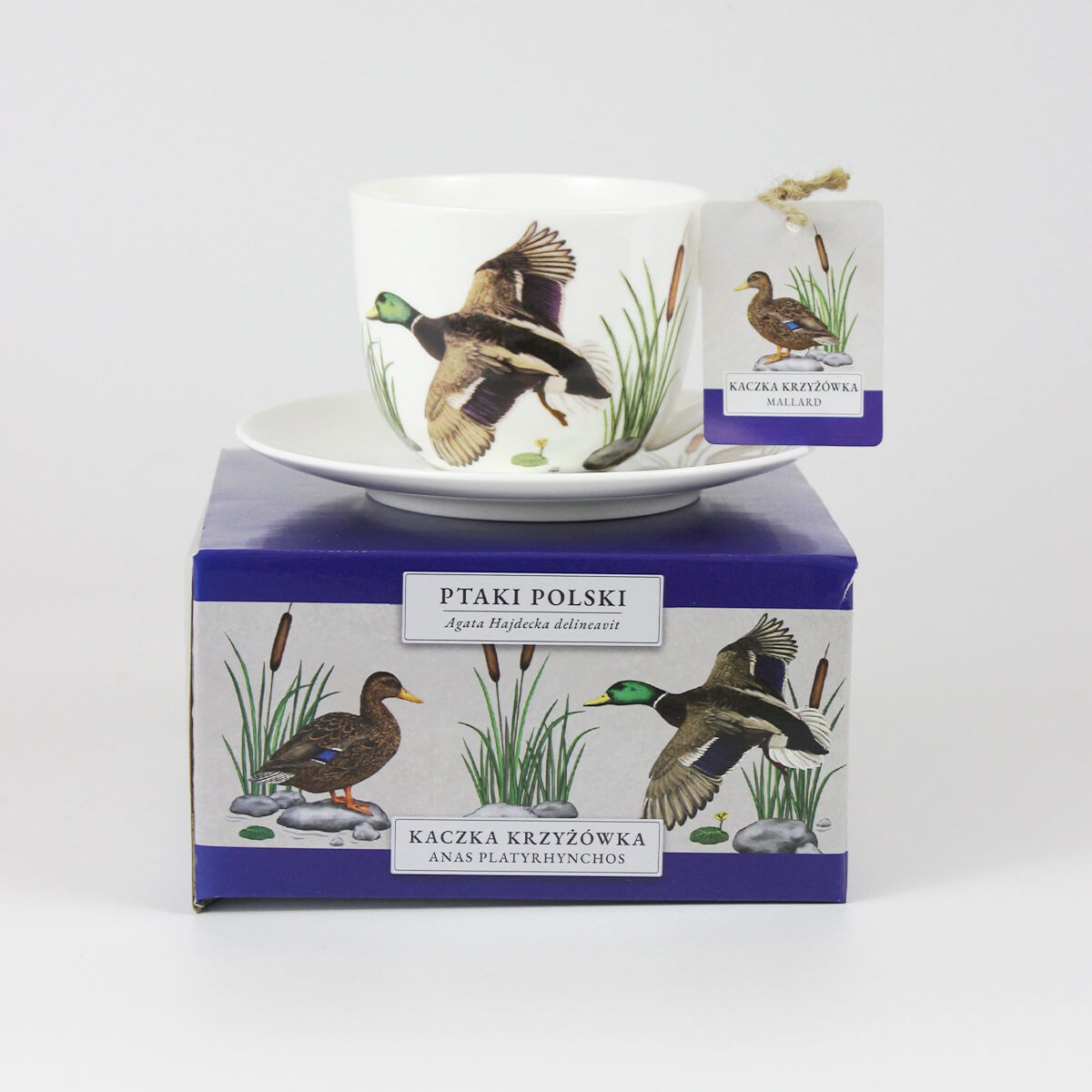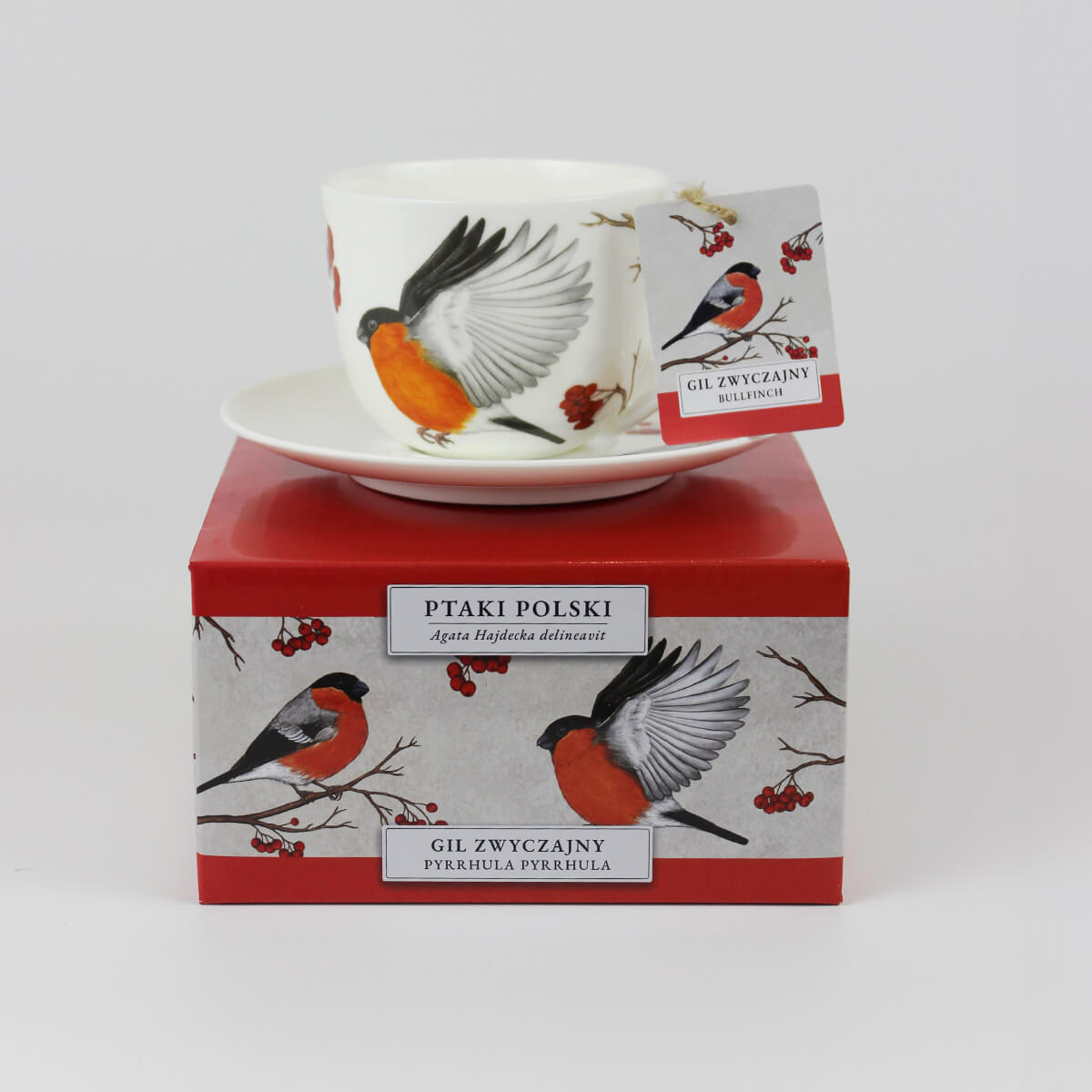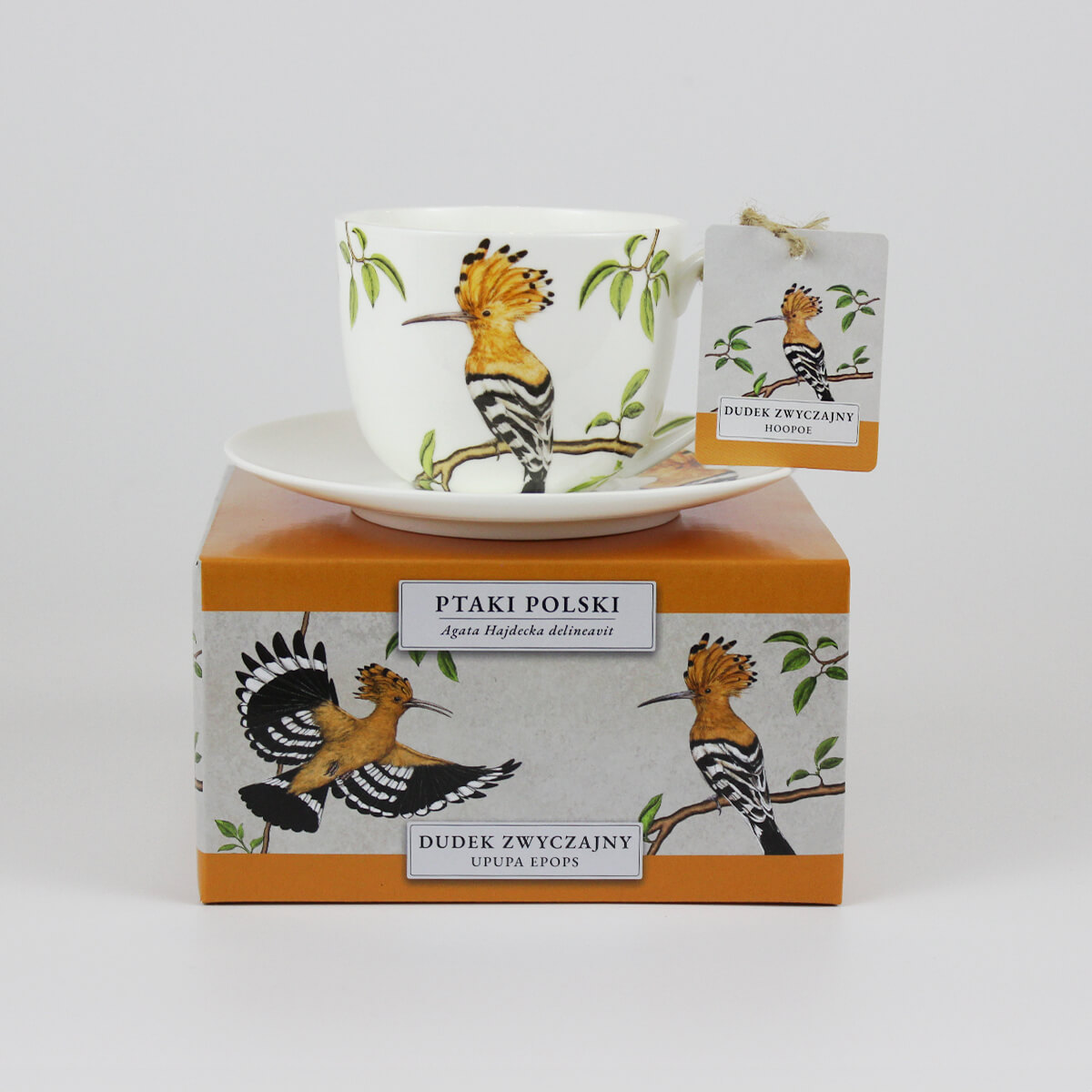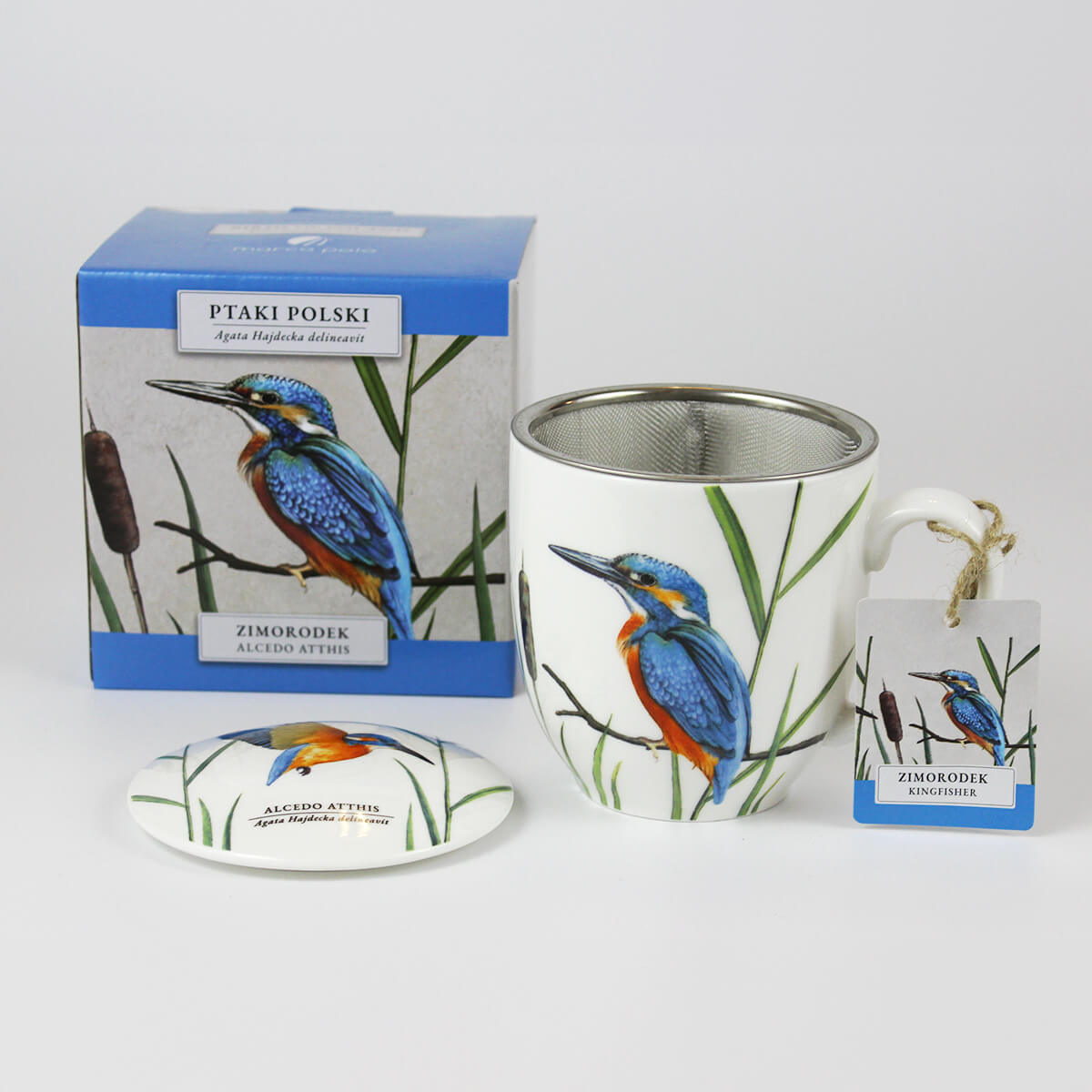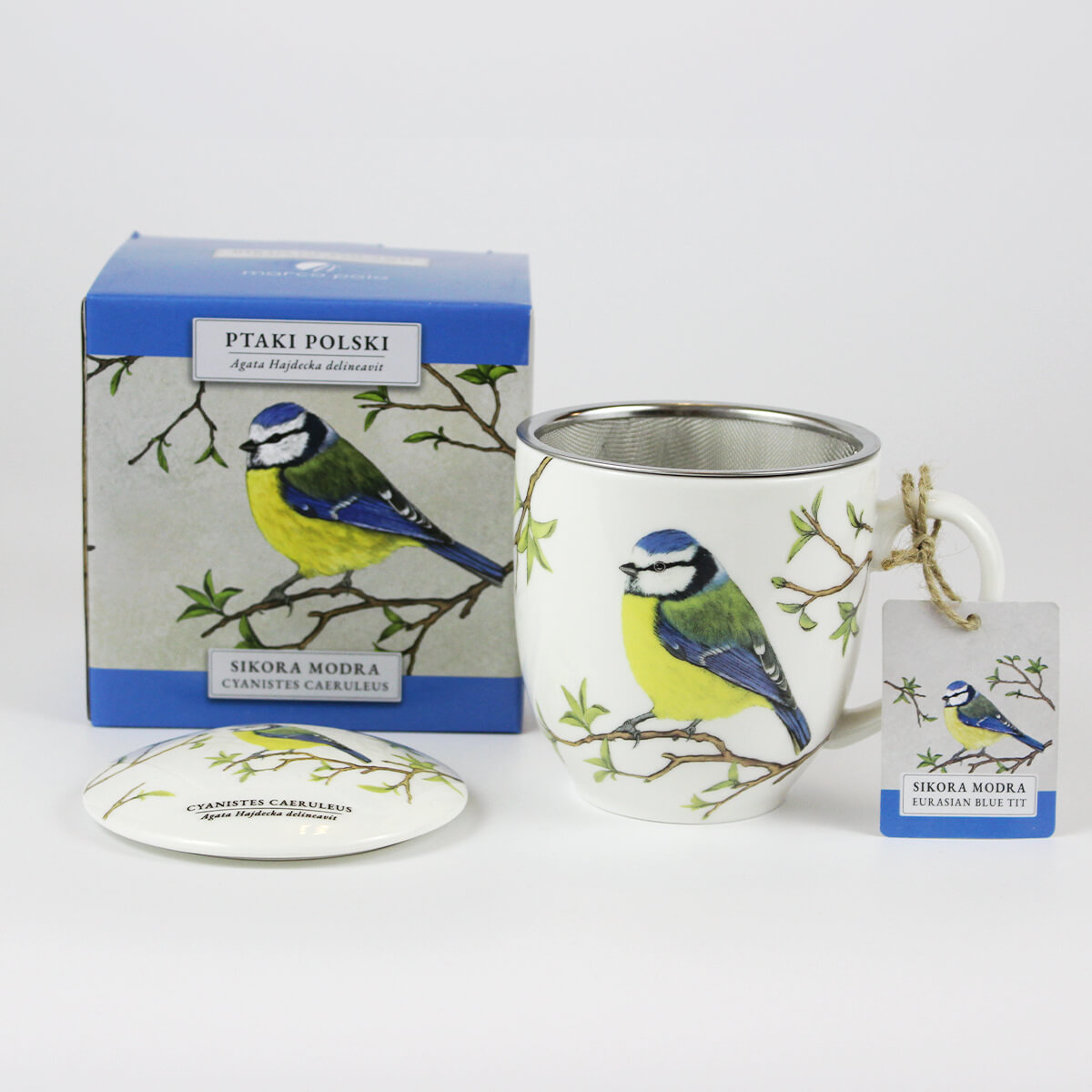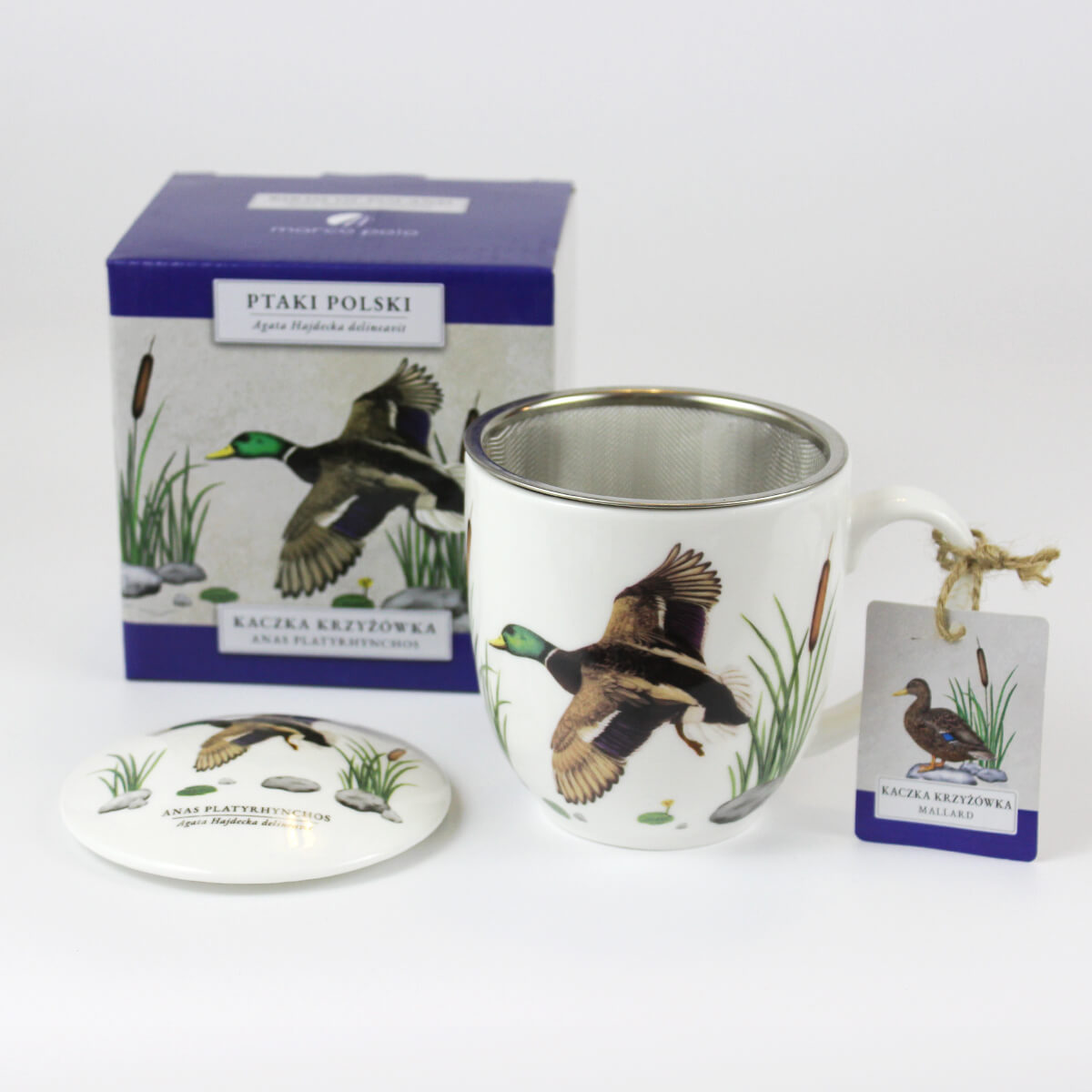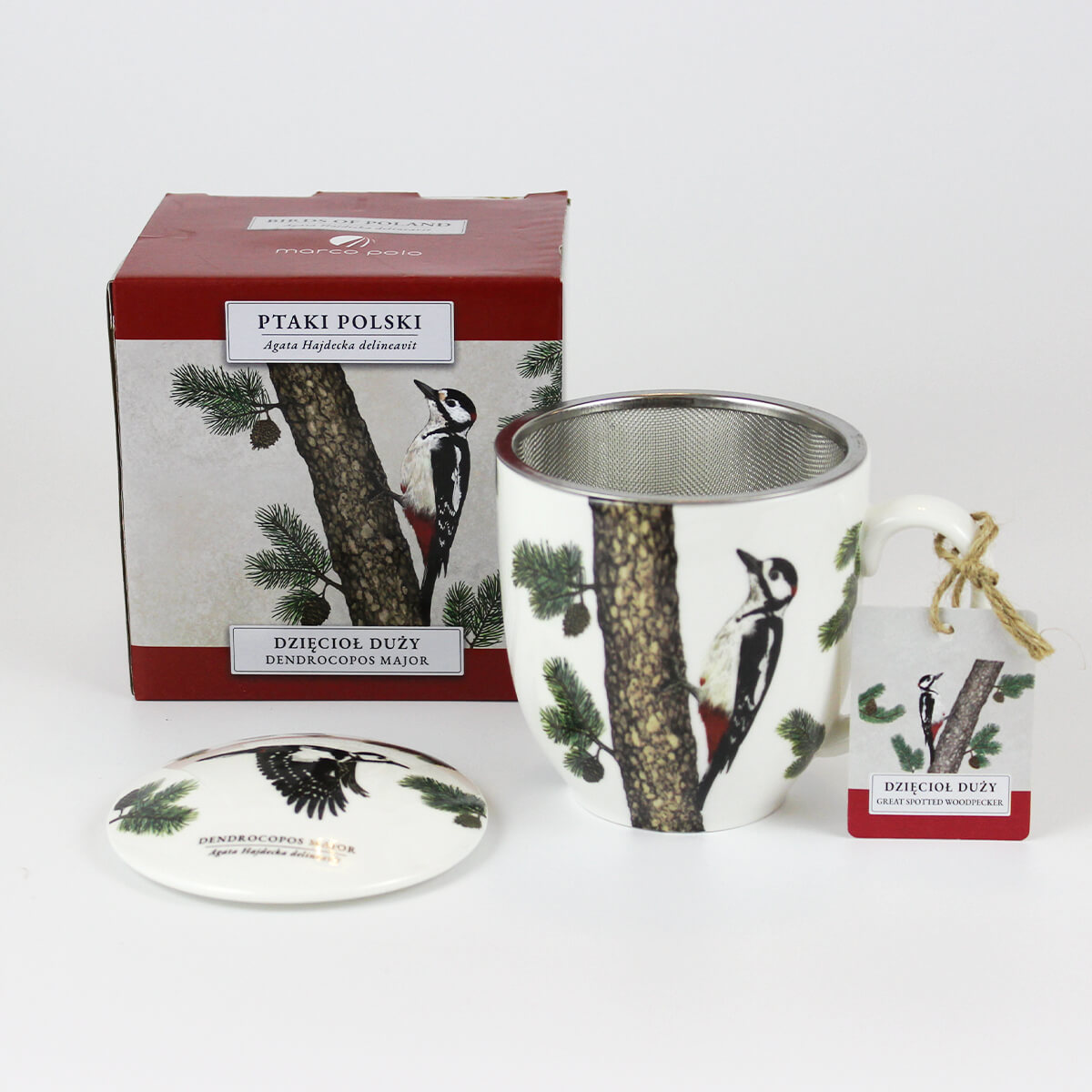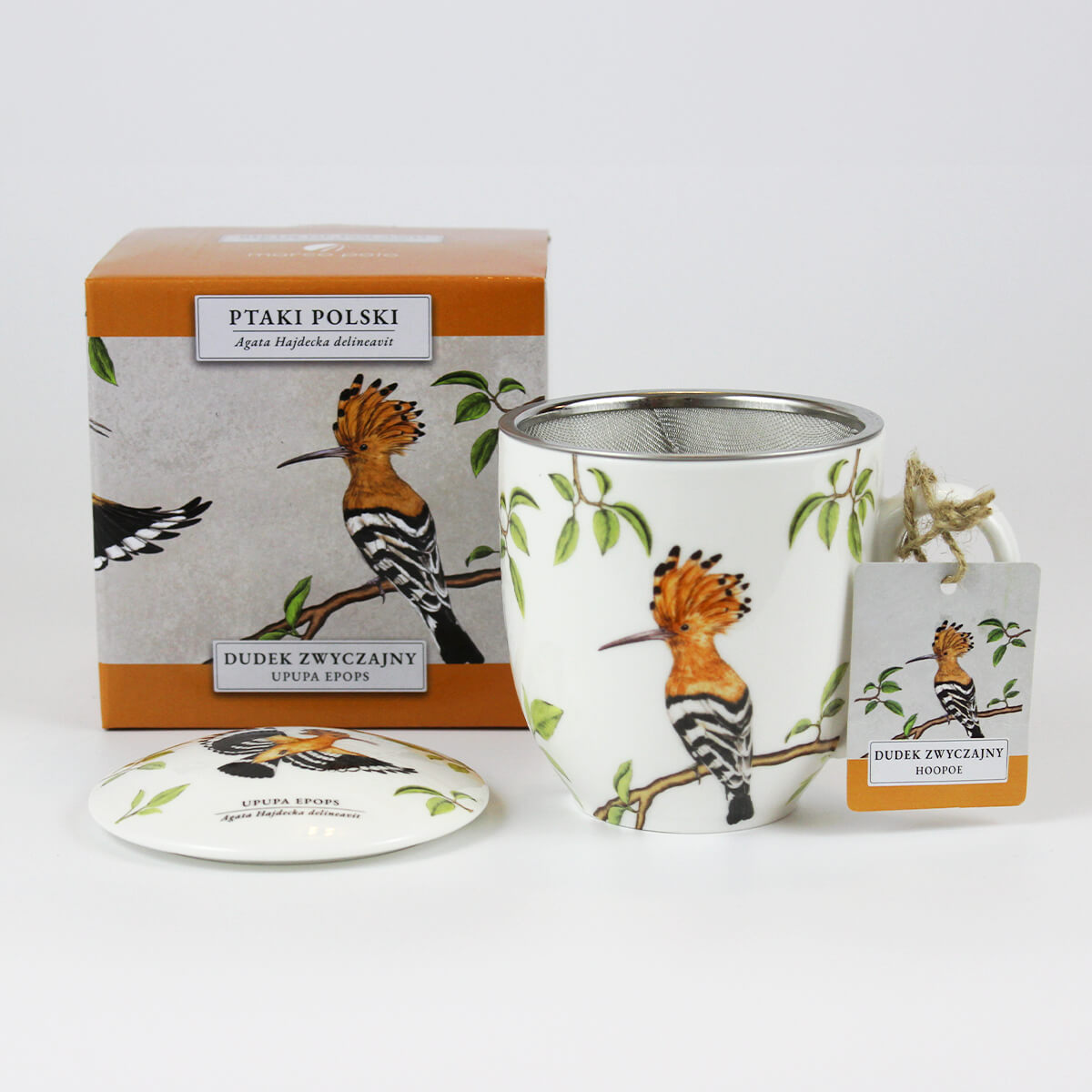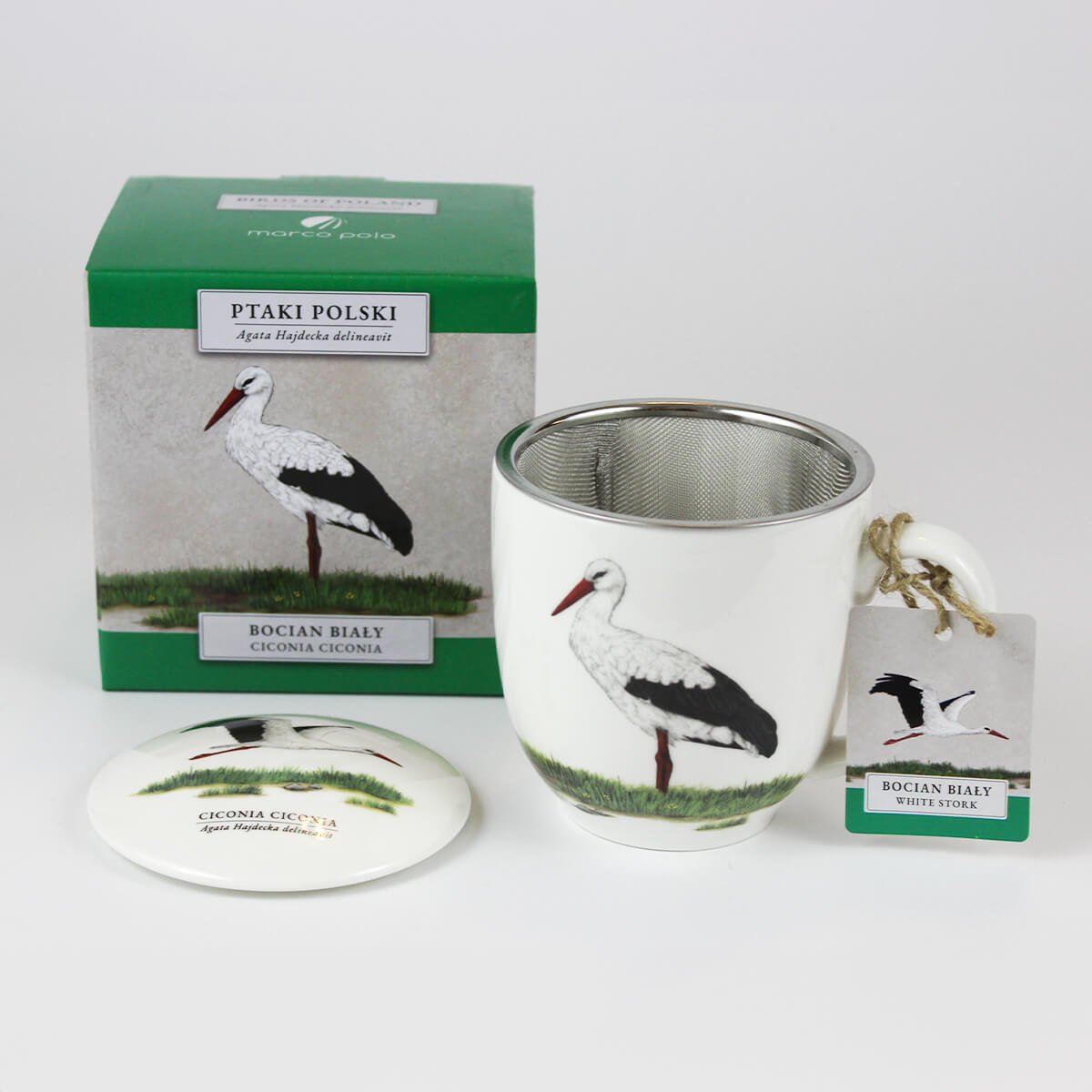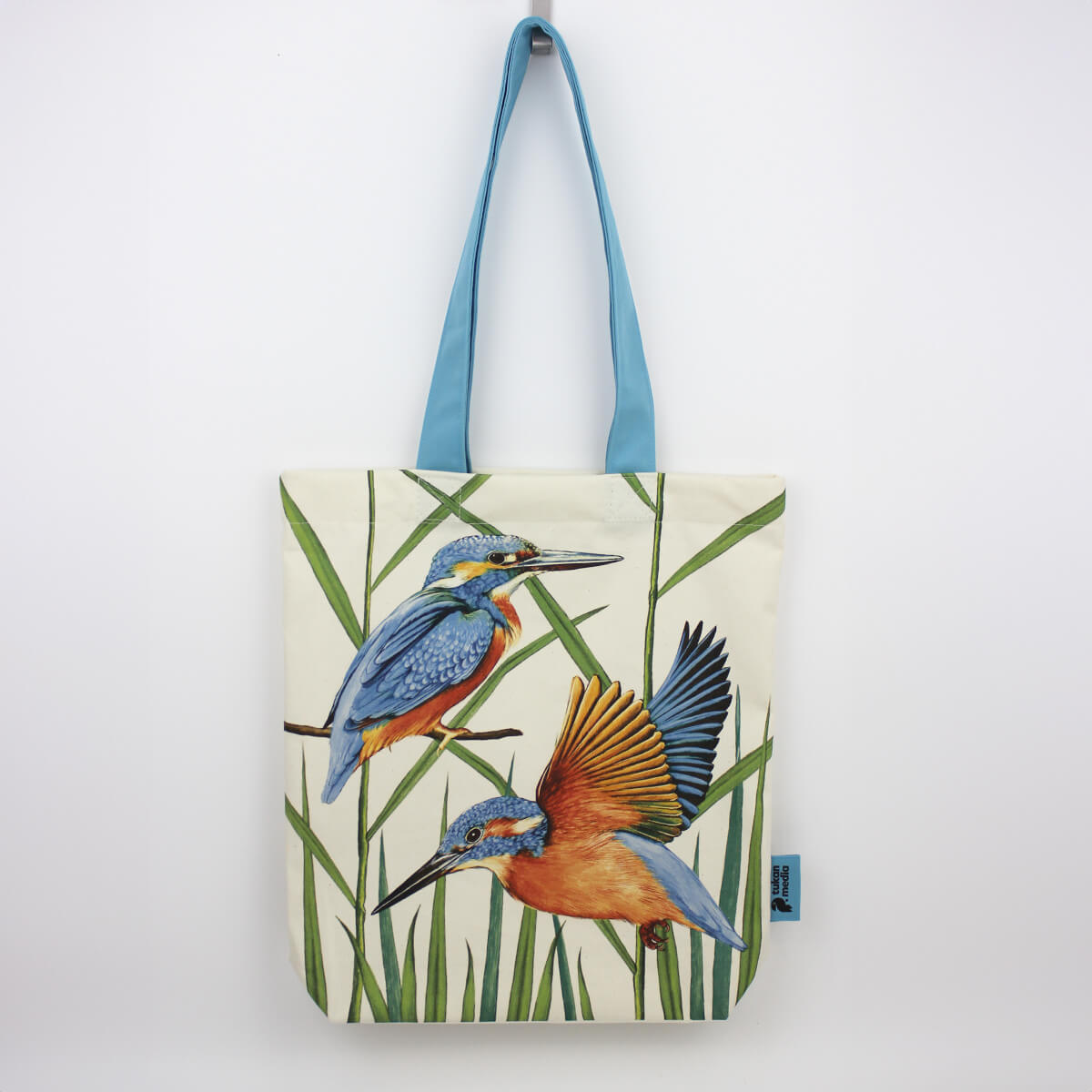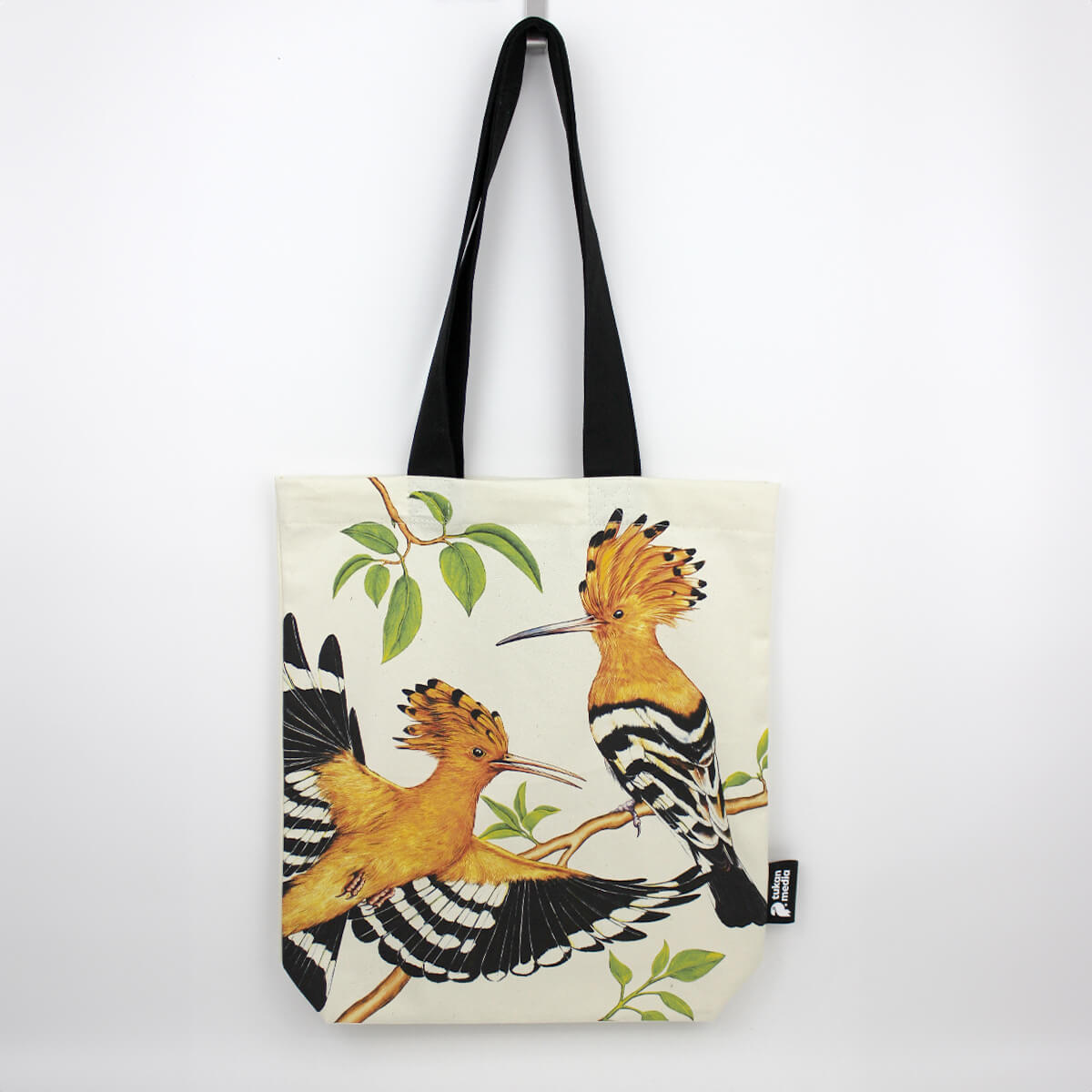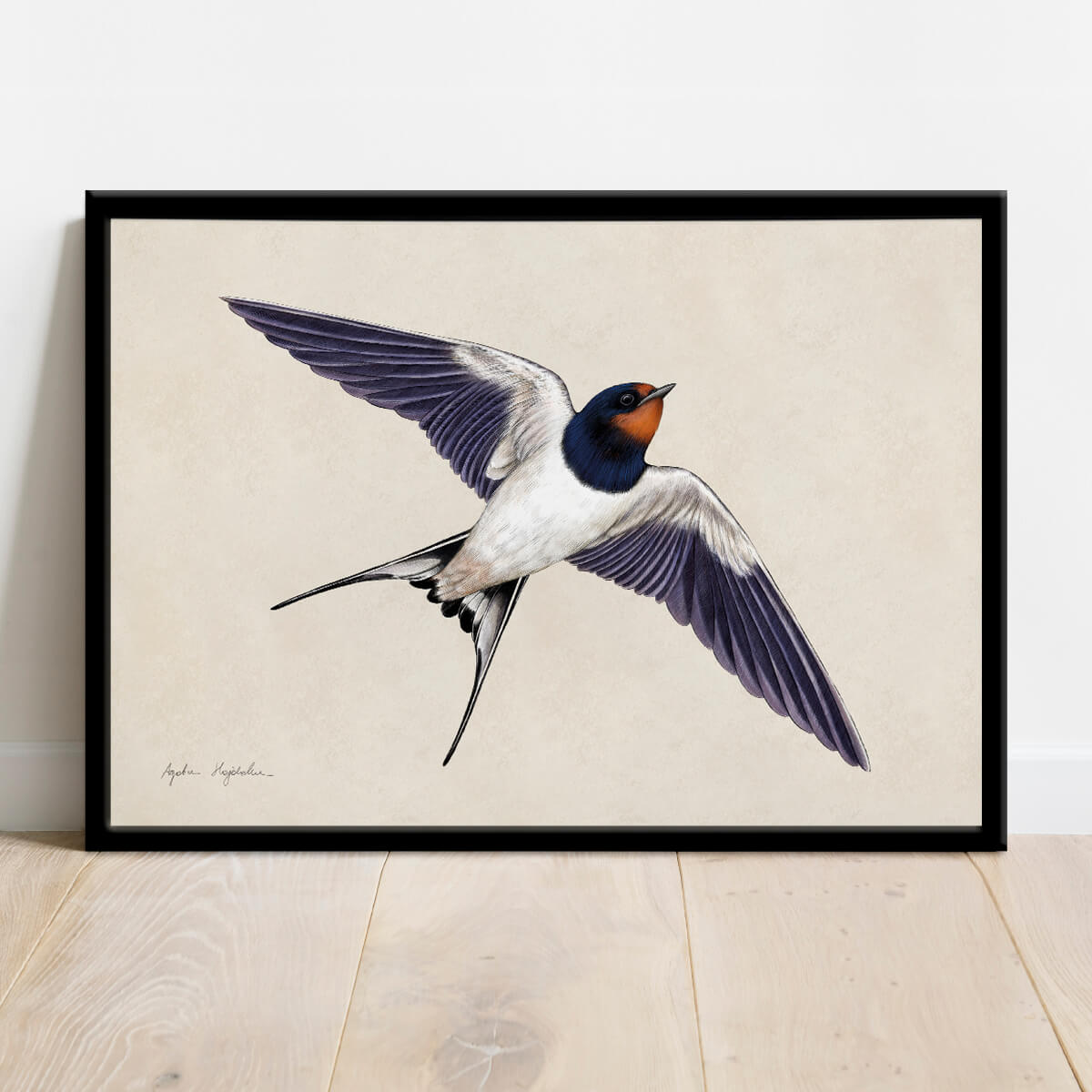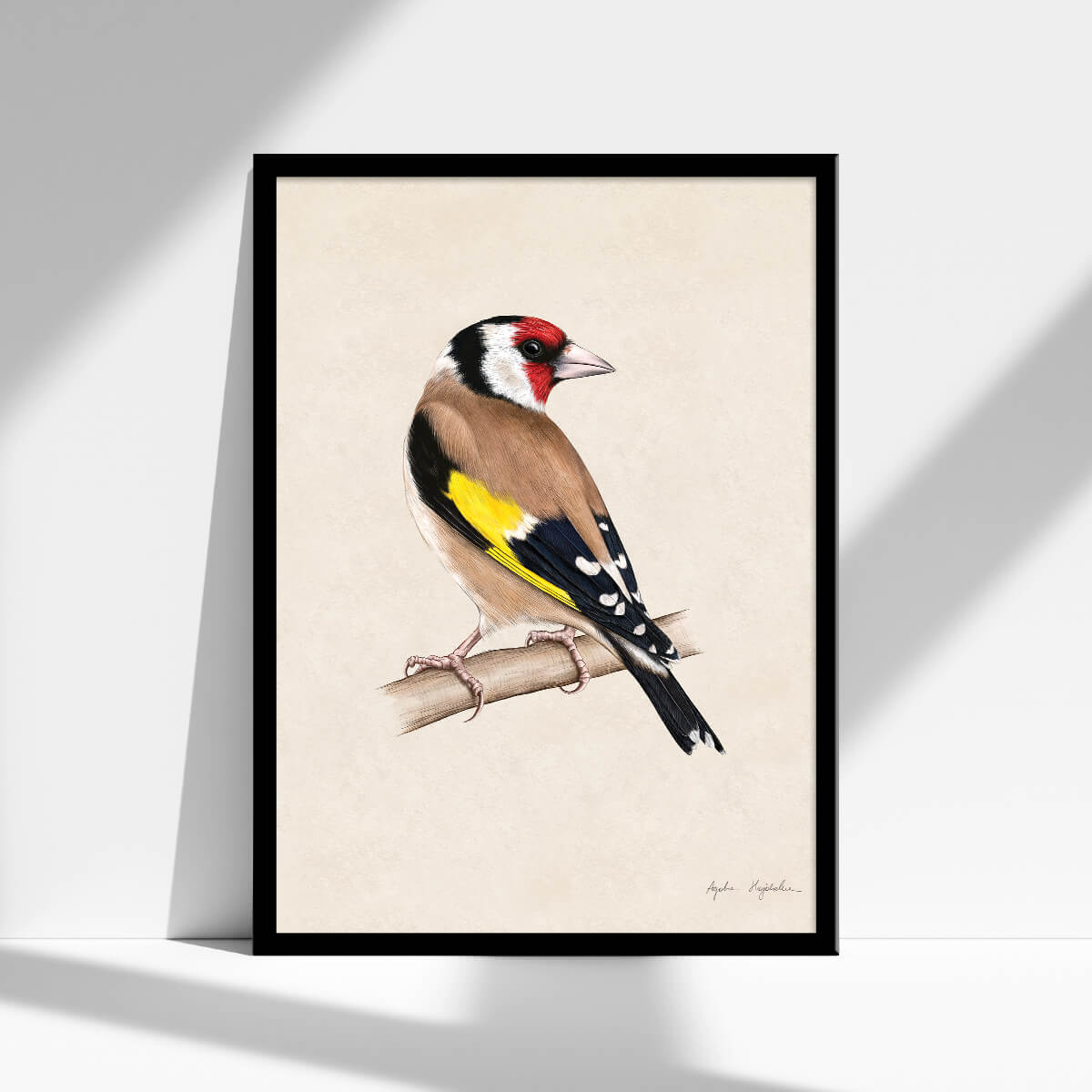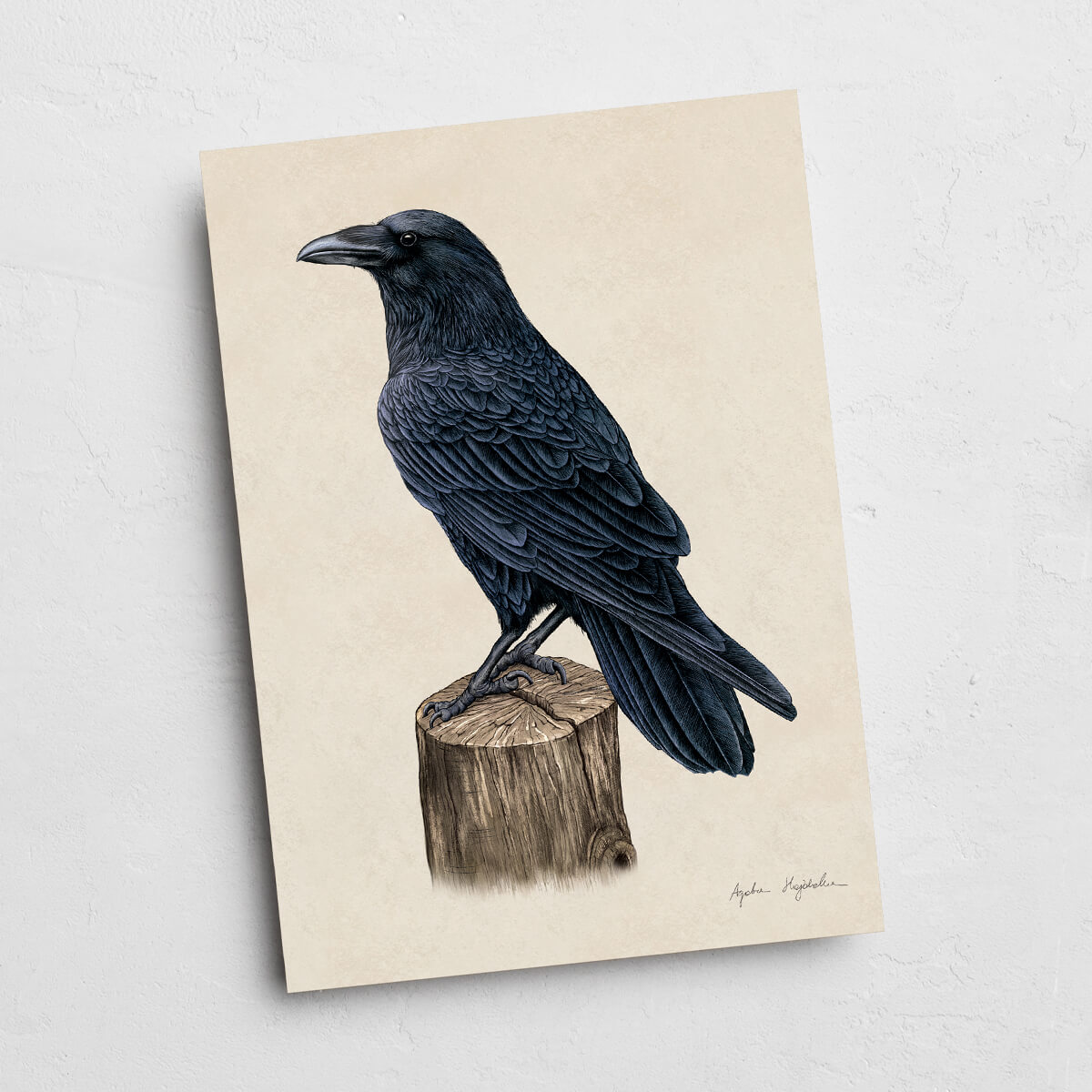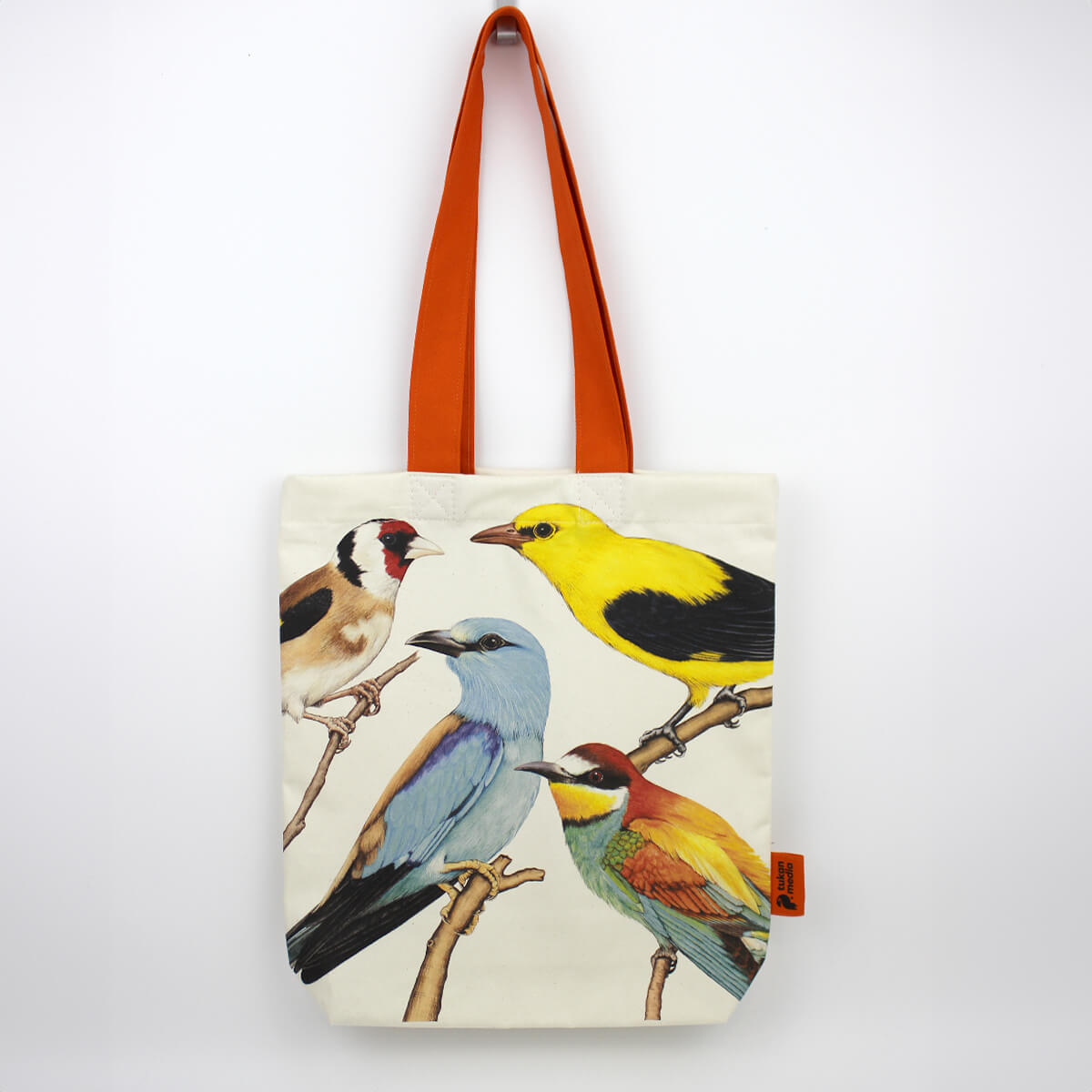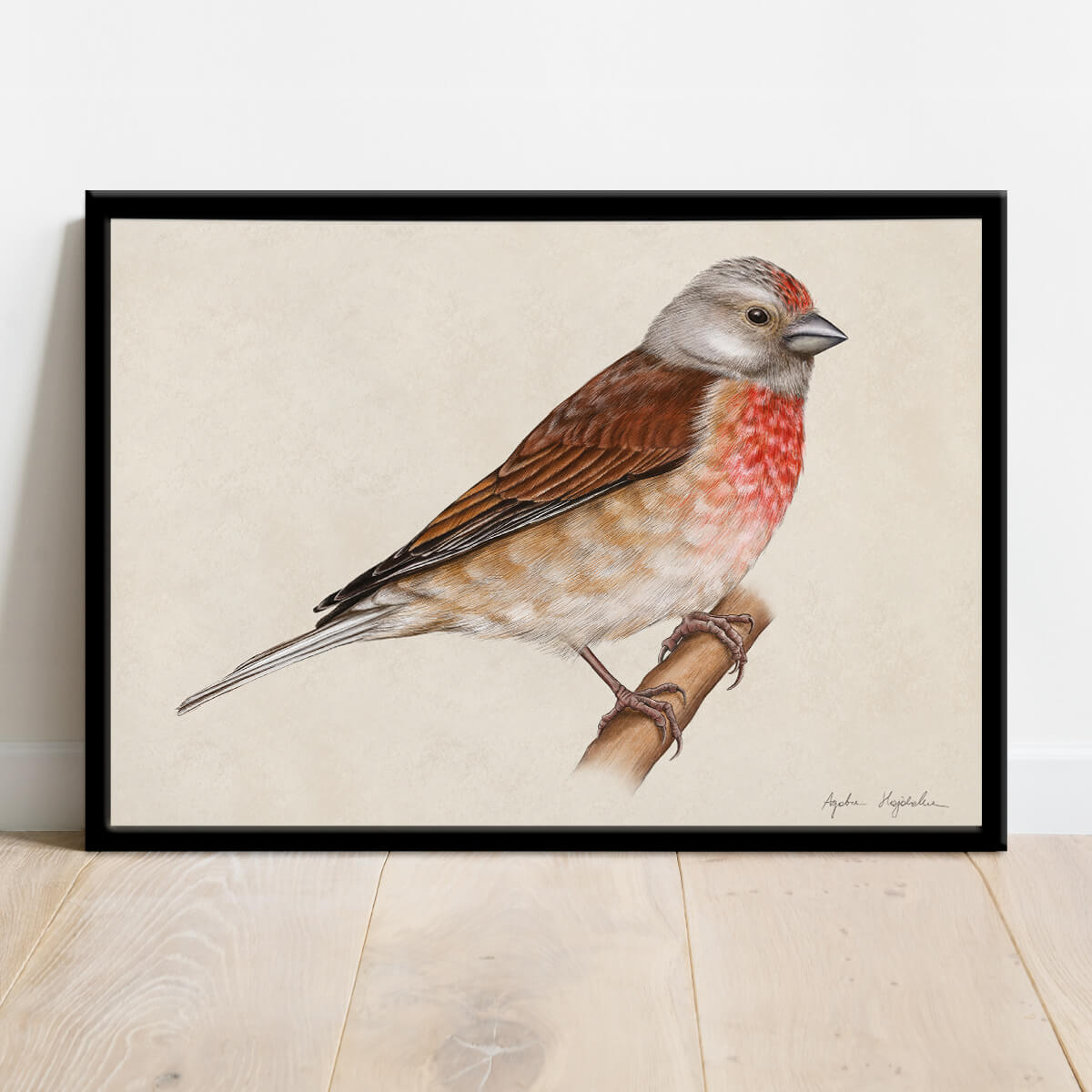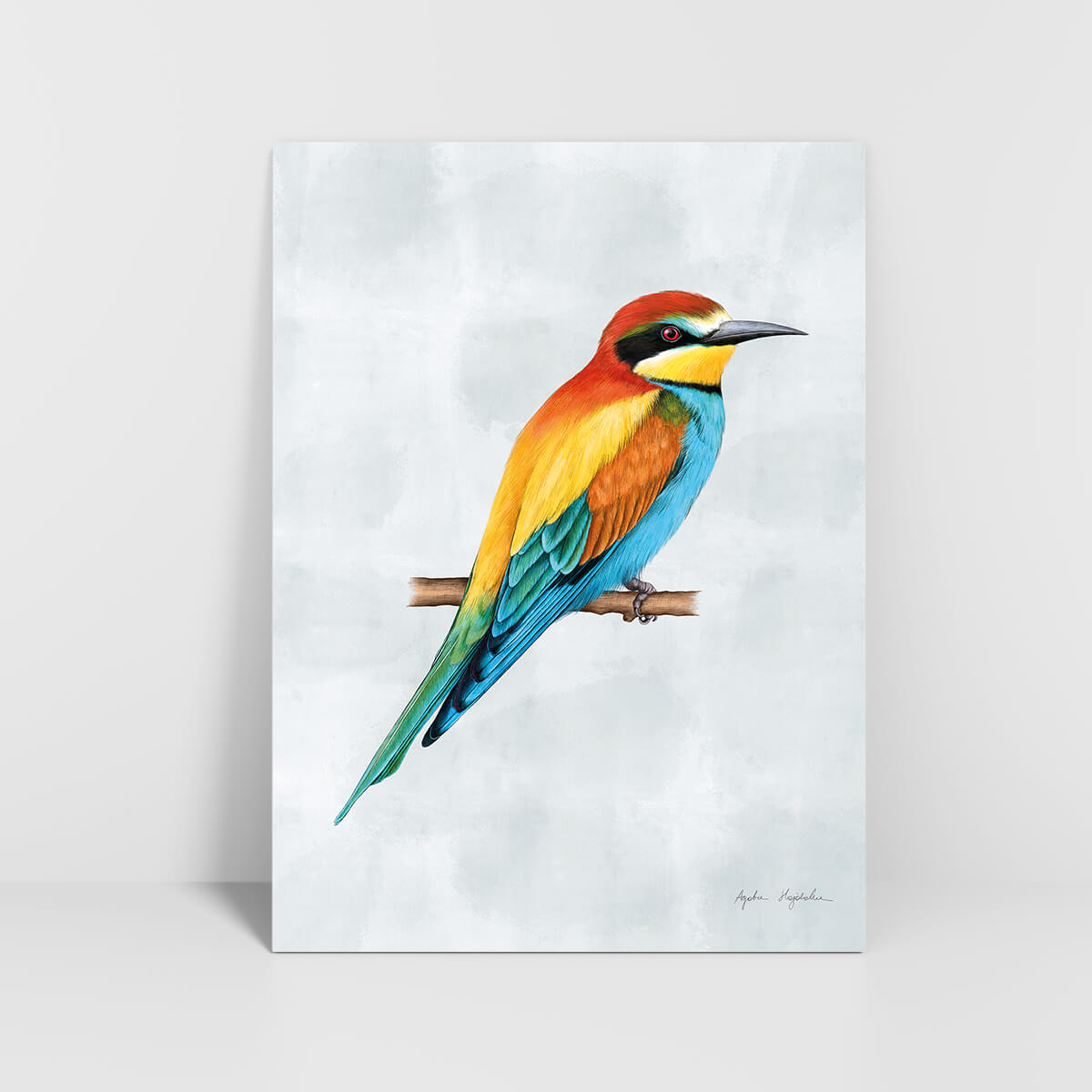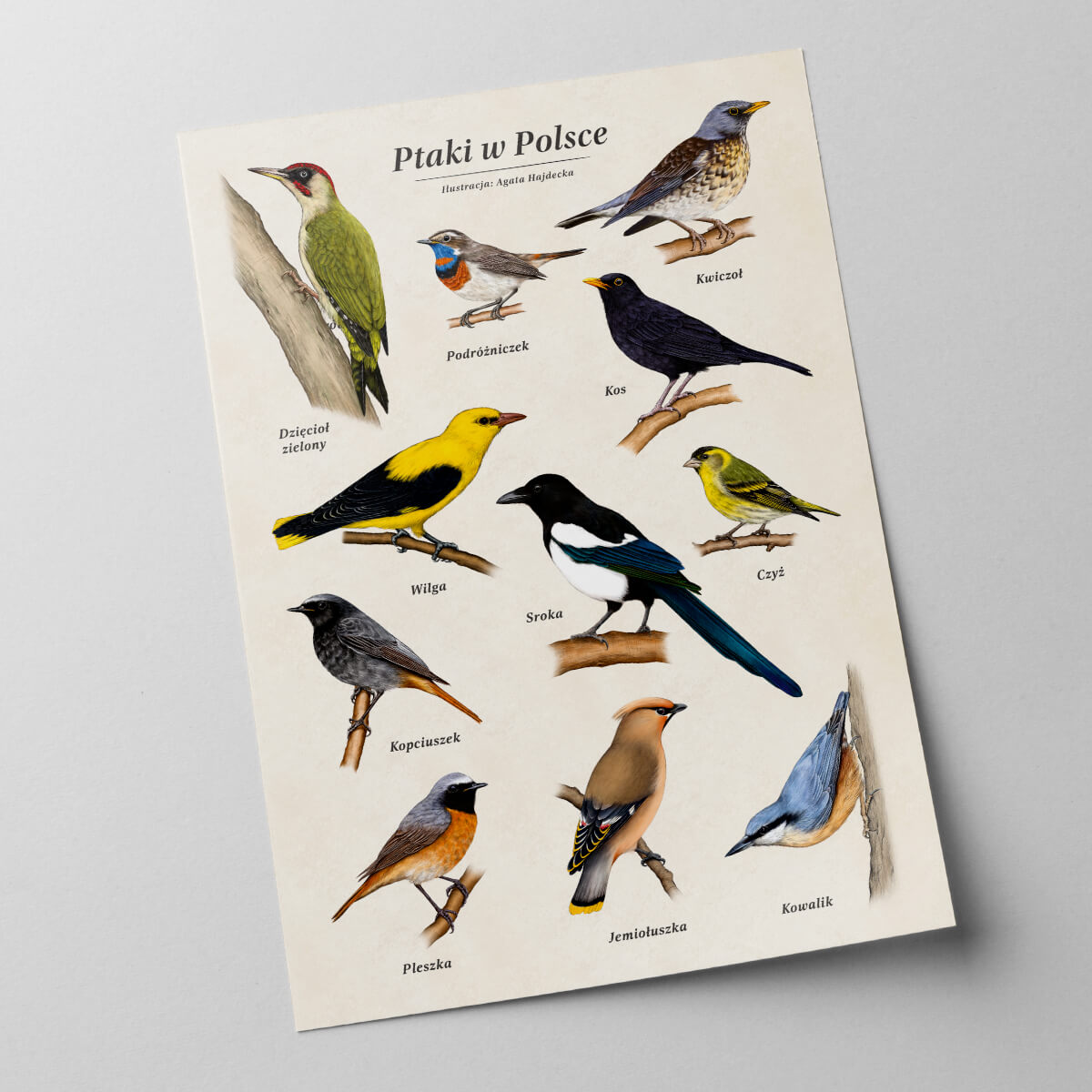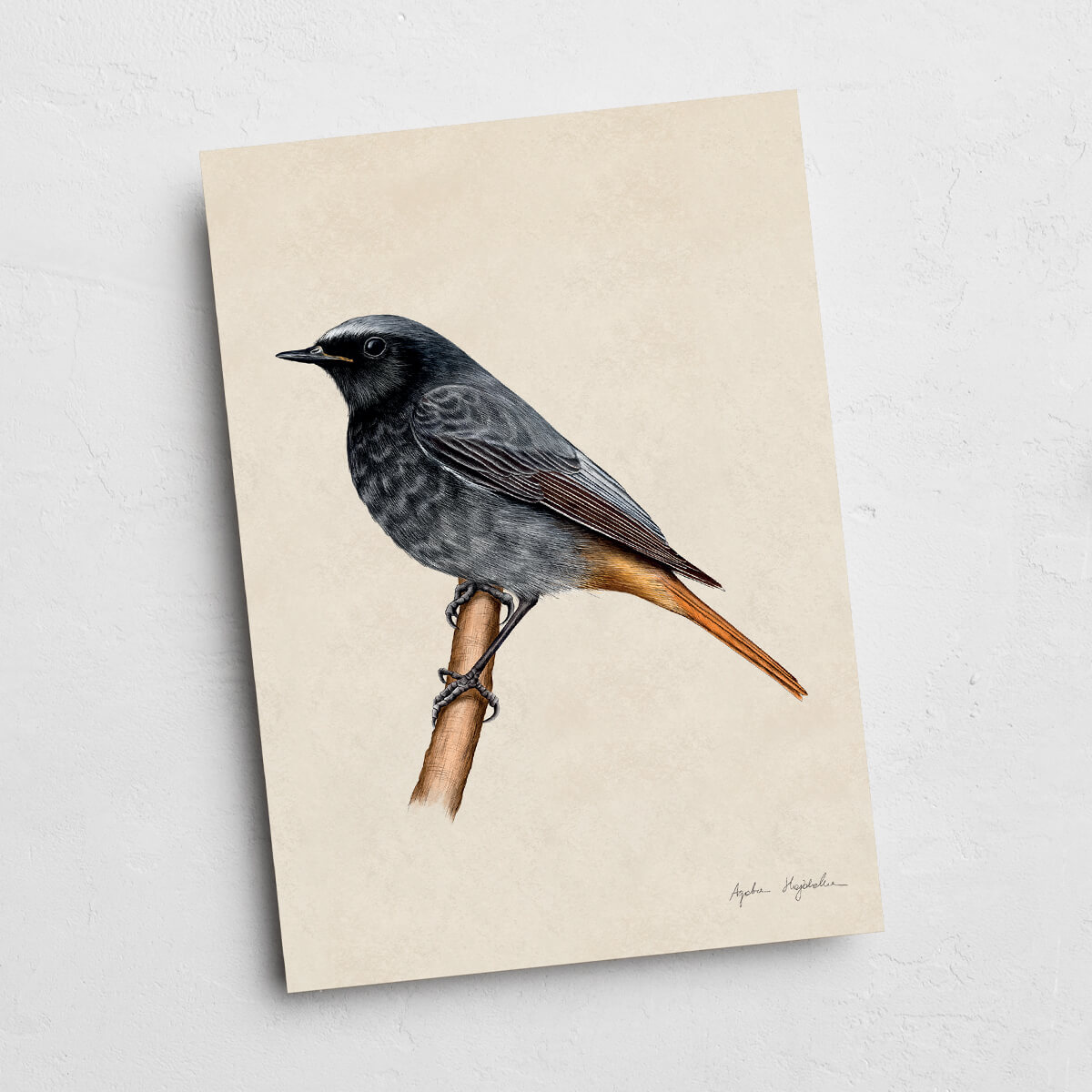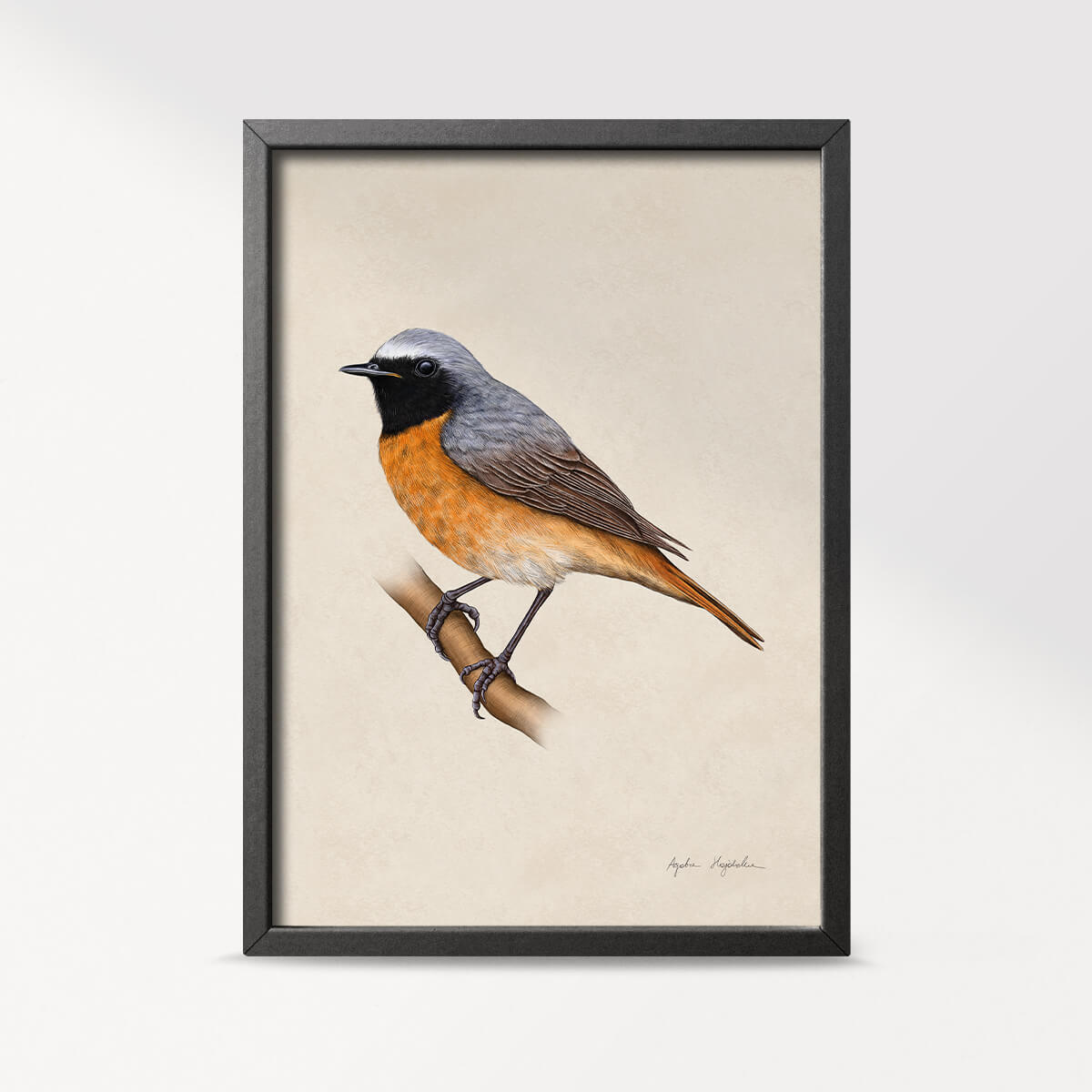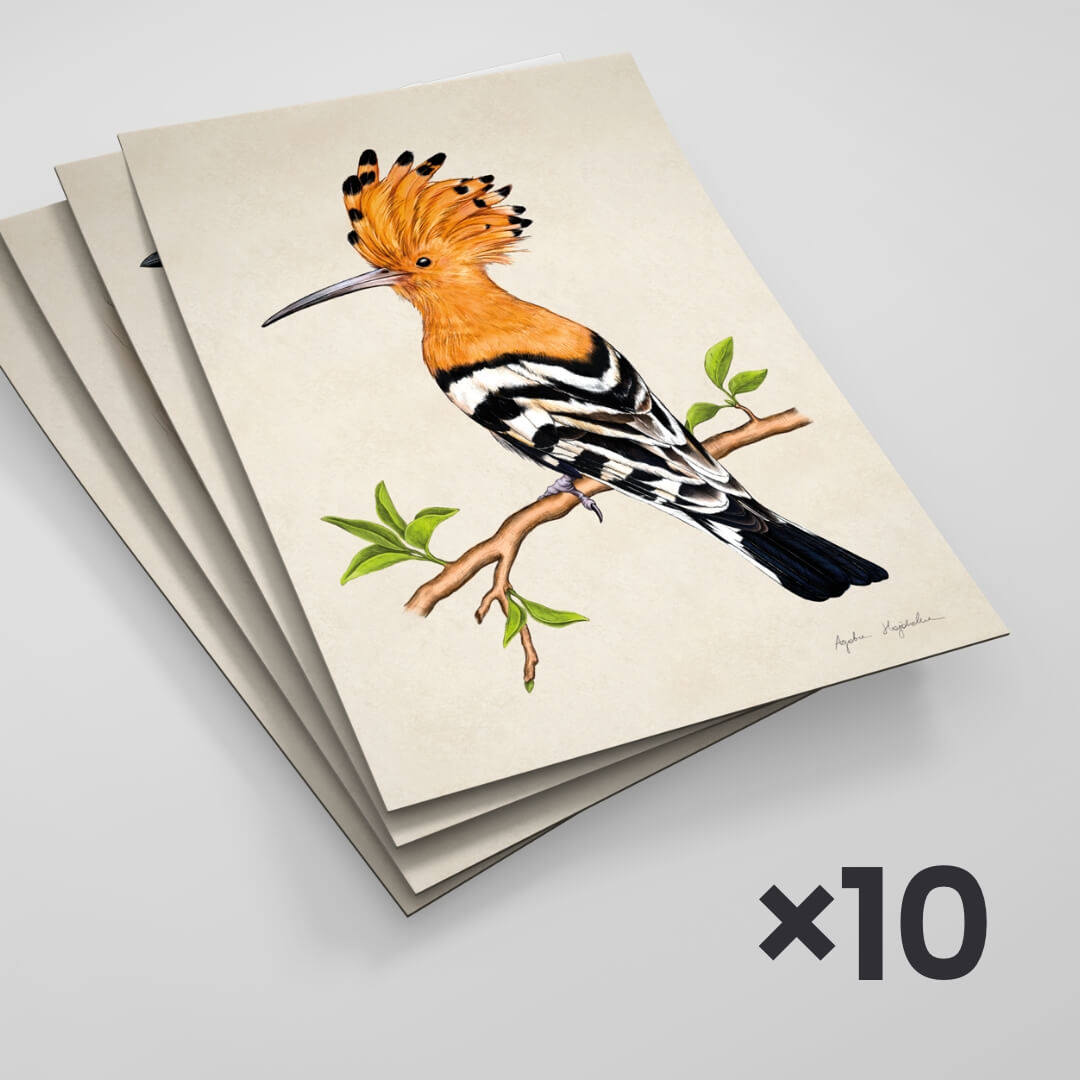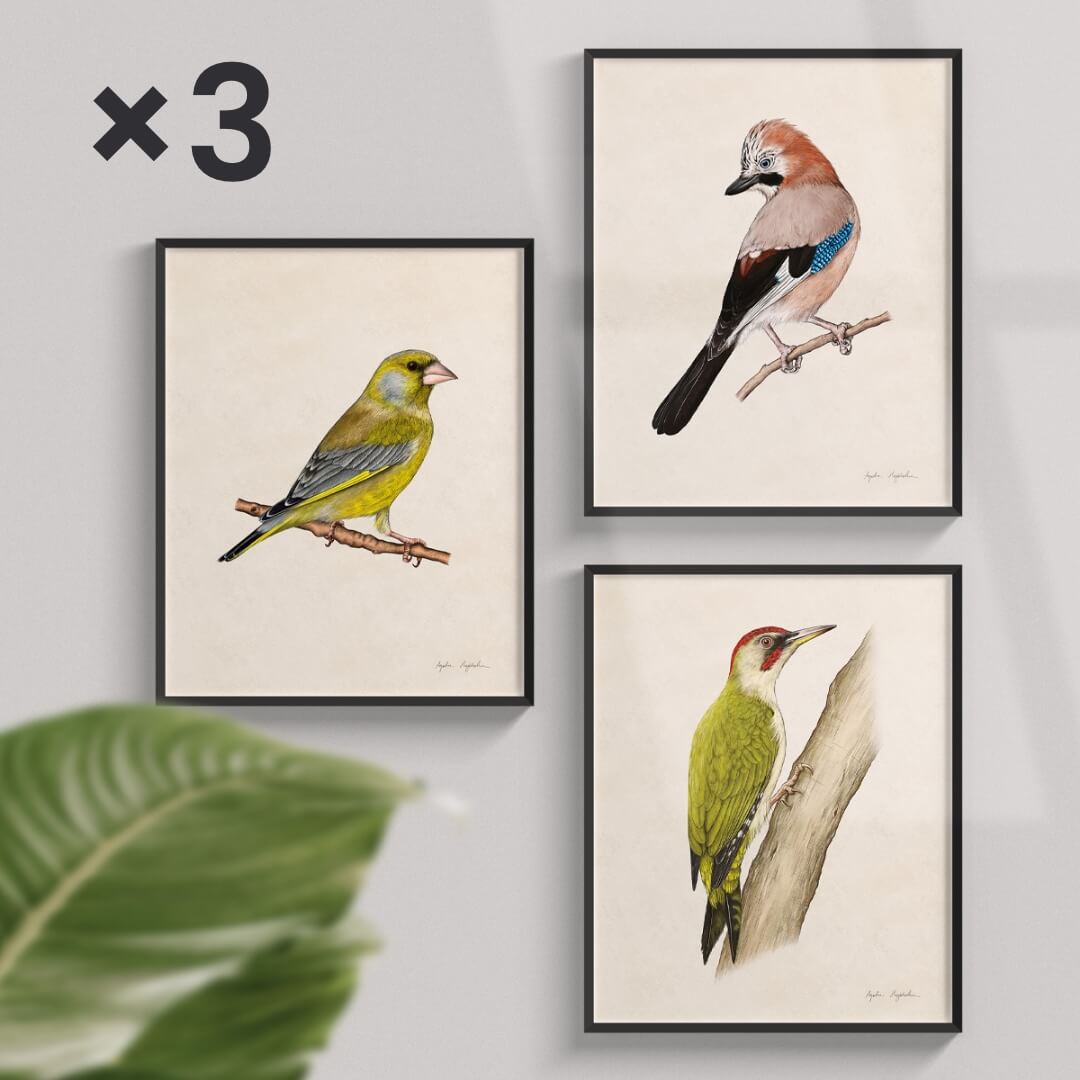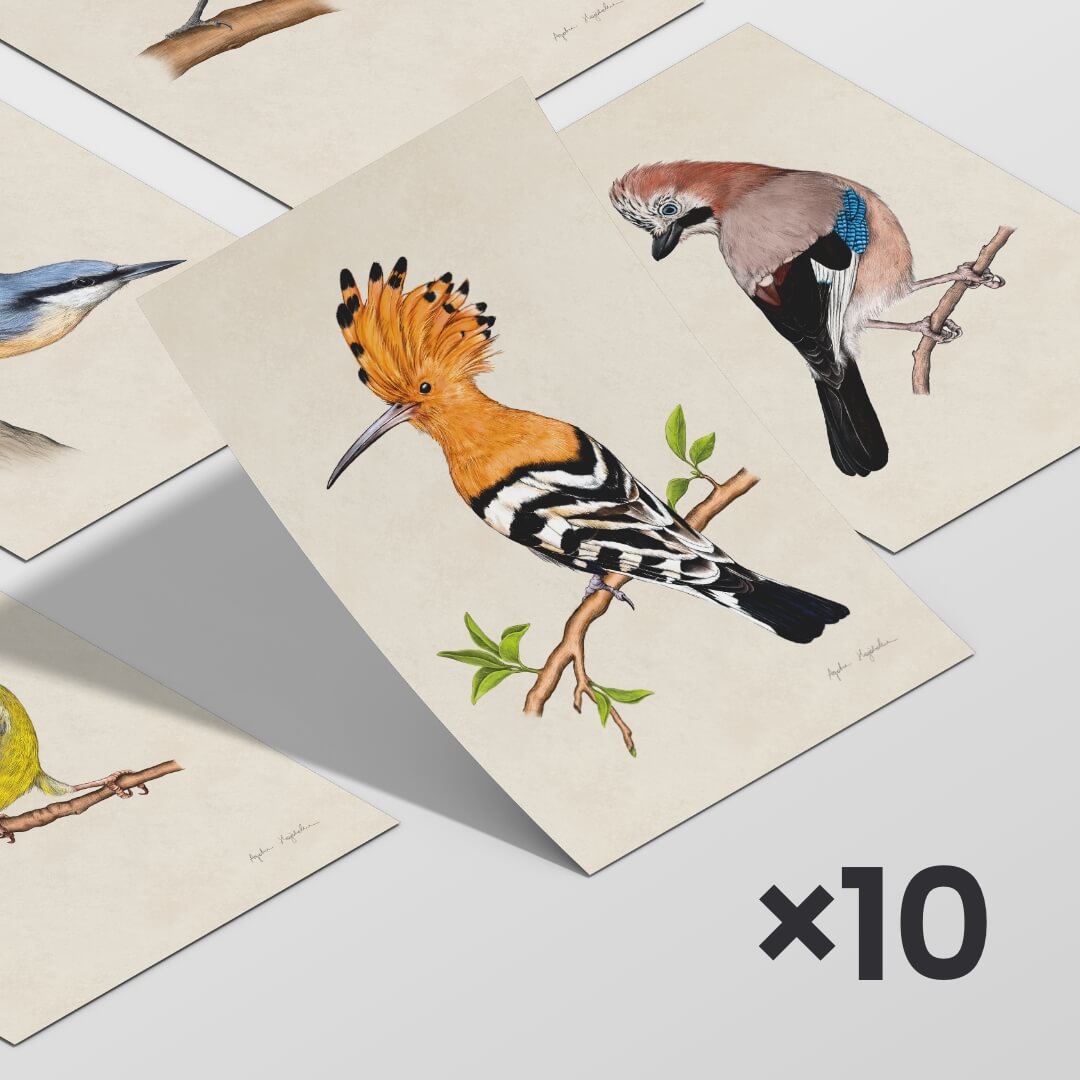- Tukan media
- Explore birds
- Robin
Robin
Here's another representative of the winged inhabitants of the forest – the robin stands out with its specific rusty coloring on its face, throat, and neck, bordered by a grayish patch on the sides. Its back is brown, and the underside is gray. You'll also recognize it by its slim, twitching tail and the energetic way it moves around on the ground. Robins are small migratory forest birds. In the fall, they fly to warmer countries, although some individuals winter in Poland, inhabiting gardens during that time.
Where does the robin build its nest? Find out where you can locate this bird!
As forest birds, robins prefer to build their nests in areas richly wooded, but they don't construct them at great heights. On the contrary, they select places on the ground or just above it, under bushes and on slopes. These are depressions lined with moss, roots, and plant materials. They lay around seven white, rust-speckled eggs in these nests, incubating them for about two weeks. After hatching, the young birds stay in the nest for around 15 days. To encounter a robin, it's worth waiting for winter – individuals that don't migrate will gladly visit a feeder stocked with seeds and fruits. They resort to this when their main food source, insects, particularly ants and beetles, becomes scarce.
Robin - Interesting facts about a forest inhabitant
Polish birds form an incredibly diverse group, in which robins stand out primarily for:
- extraordinary individualism – they form pairs only for breeding purposes, being solitary on a daily basis and maintaining a distance even from members of their own species,
- warlike nature – these unassuming small forest birds can fiercely defend their territory. They target the opponent's vulnerabilities – especially the eyes and legs... often, their battles are fought to the death,
- beautiful voice – how does a robin sing? This bird can create unique melodies and never repeats the same fragments, enchanting with original songs that awaken other forest inhabitants – you can hear it as early as 3:00 in the morning, hence the Polish expression: robin – the forest alarm clock,
- few people know that the robin has become a symbol of Christmas in England and of postmen who bravely carried out their duties during Victorian times despite difficulties in reaching remote places. Why the association with the robin? Postmen wore uniforms in a color similar to the bird's plumage – they were red-orange and very eye-catching. And since Christmas traditions are still widely celebrated in England, one of which is sending Christmas cards and decorating homes with them, the robin often appears on these cards as a symbol associated with joy and good tidings.

Listen to the singing
Emergency voice
Gadgets with robin illustration
If you like the appearance of the robin and want to admire its unique coloring in your interiors, take a look at my range of bird-themed gadgets – you'll also find illustrations with robins, educational posters, and bookmarks among them.
View products with the robin
89.00 zł
89.00 zł
20.00 zł – 120.00 zł
20.00 zł – 120.00 zł
75.00 zł
25.00 zł 20.00 zł
5.00 zł
5.00 zł
60.00 zł – 120.00 zł
60.00 zł – 120.00 zł
20.00 zł – 120.00 zł
Robin - Additional Information

Erithacus rubicola
Family
Thrushes
Locations of Occurrence
The entire country
Food
Invertebrates, especially beetles and ants, as well as fruits and seeds
Population
An abundant breeding bird
Migrations
Migratory, arrival: March-April, departure: September-October; some birds overwinter
Breeding
6-7 white, rust-speckled eggs. Incubation: 13-14 days. Young birds leave the nest after 12-15 days
See other products with birds
89.00 zł
89.00 zł
20.00 zł – 120.00 zł
20.00 zł – 120.00 zł
20.00 zł – 120.00 zł
60.00 zł – 120.00 zł
20.00 zł – 120.00 zł
20.00 zł – 120.00 zł
20.00 zł – 120.00 zł
267.00 zł 230.00 zł
553.00 zł 499.00 zł
400.00 zł 375.00 zł
464.00 zł 439.00 zł
237.00 zł 225.00 zł
150.00 zł 143.00 zł
174.00 zł 165.00 zł
89.00 zł
50.00 zł
50.00 zł
58.00 zł
79.00 zł
79.00 zł
79.00 zł
79.00 zł
79.00 zł
50.00 zł
50.00 zł
50.00 zł
50.00 zł
50.00 zł
89.00 zł
89.00 zł
20.00 zł – 120.00 zł
20.00 zł – 120.00 zł
20.00 zł – 120.00 zł
20.00 zł – 120.00 zł
89.00 zł
20.00 zł – 120.00 zł
20.00 zł – 120.00 zł
60.00 zł – 120.00 zł
20.00 zł – 120.00 zł
20.00 zł – 120.00 zł
20.00 zł – 120.00 zł
600.00 zł 500.00 zł
160.00 zł – 320.00 zł
450.00 zł 400.00 zł
